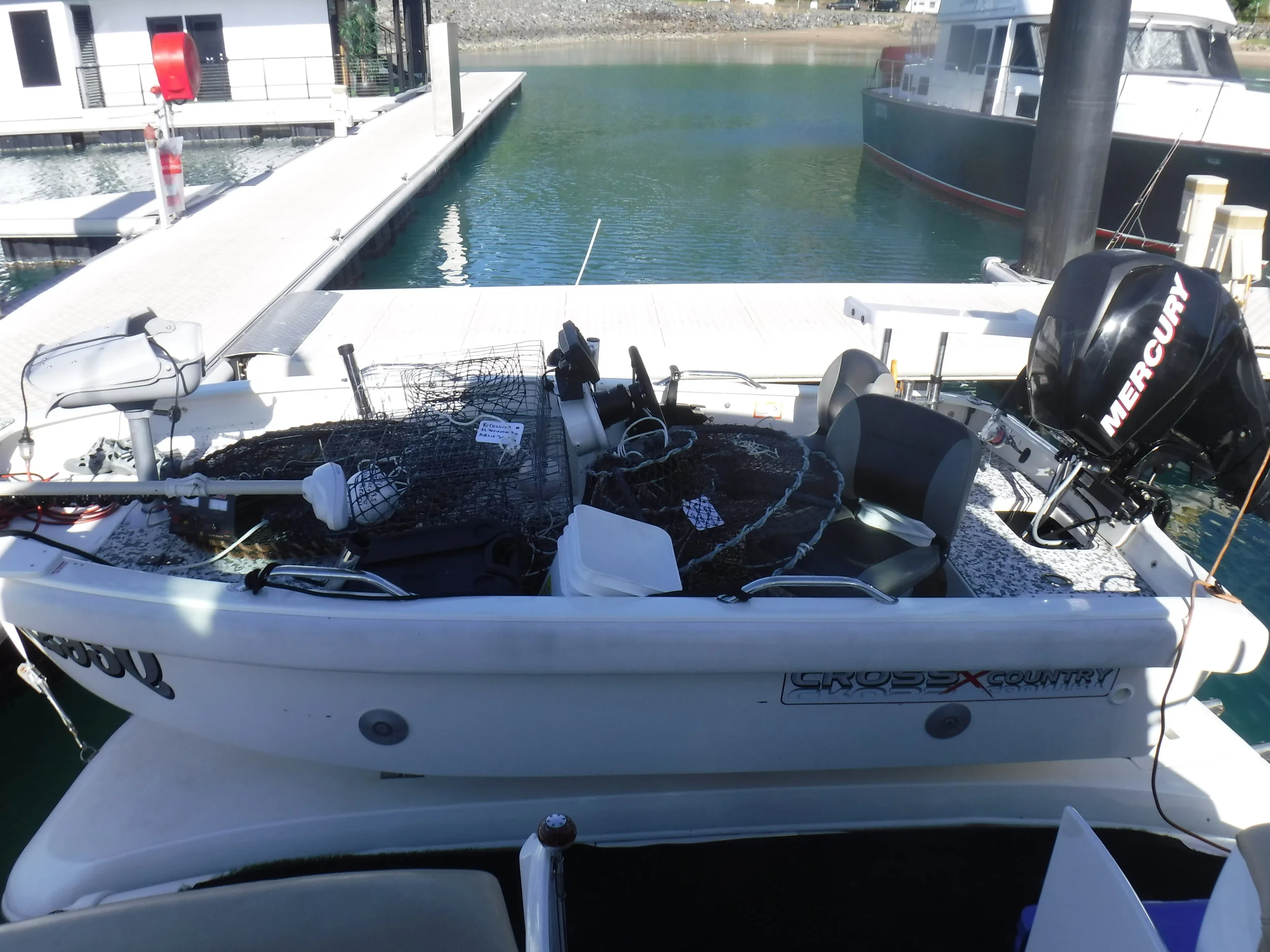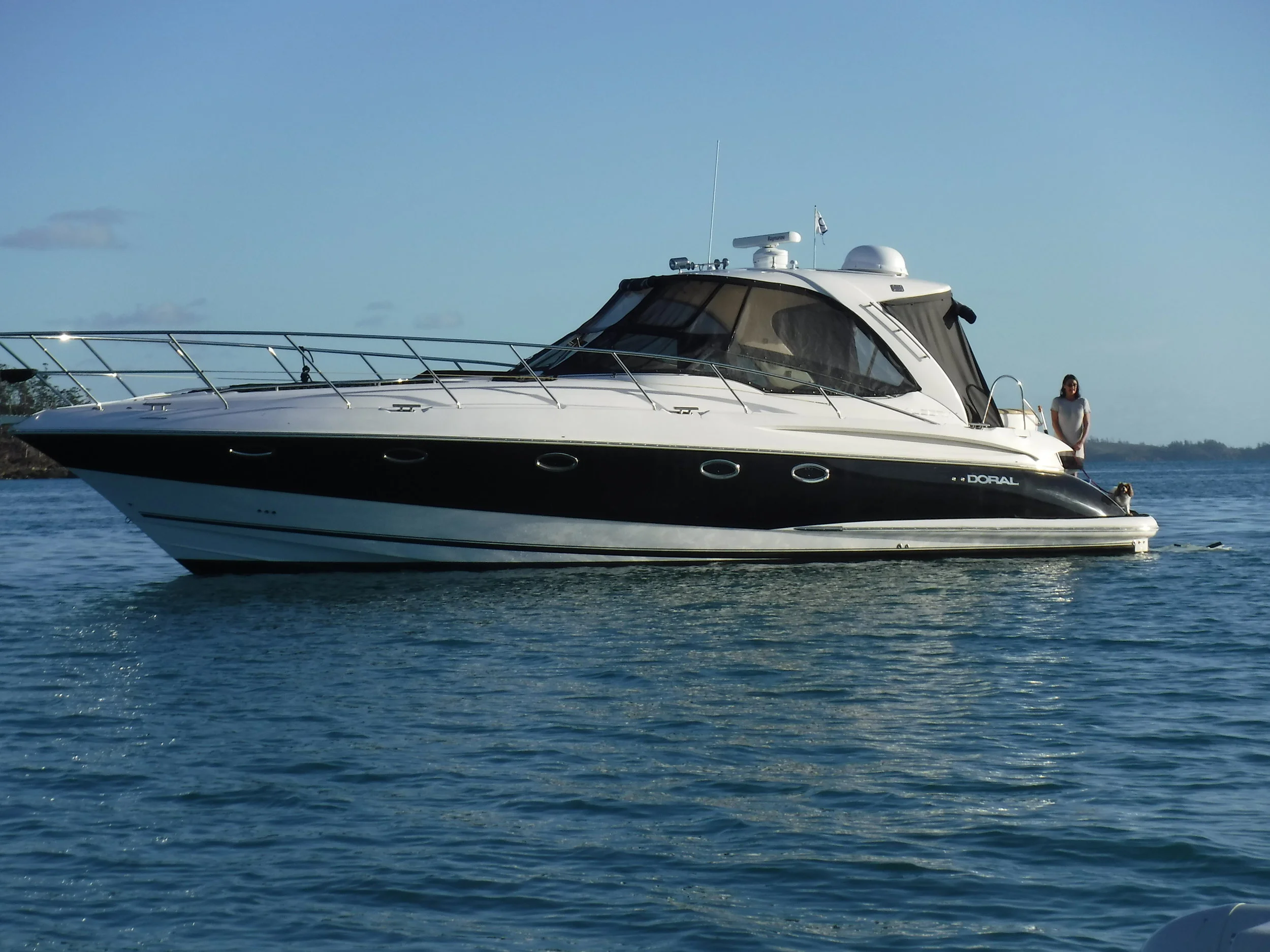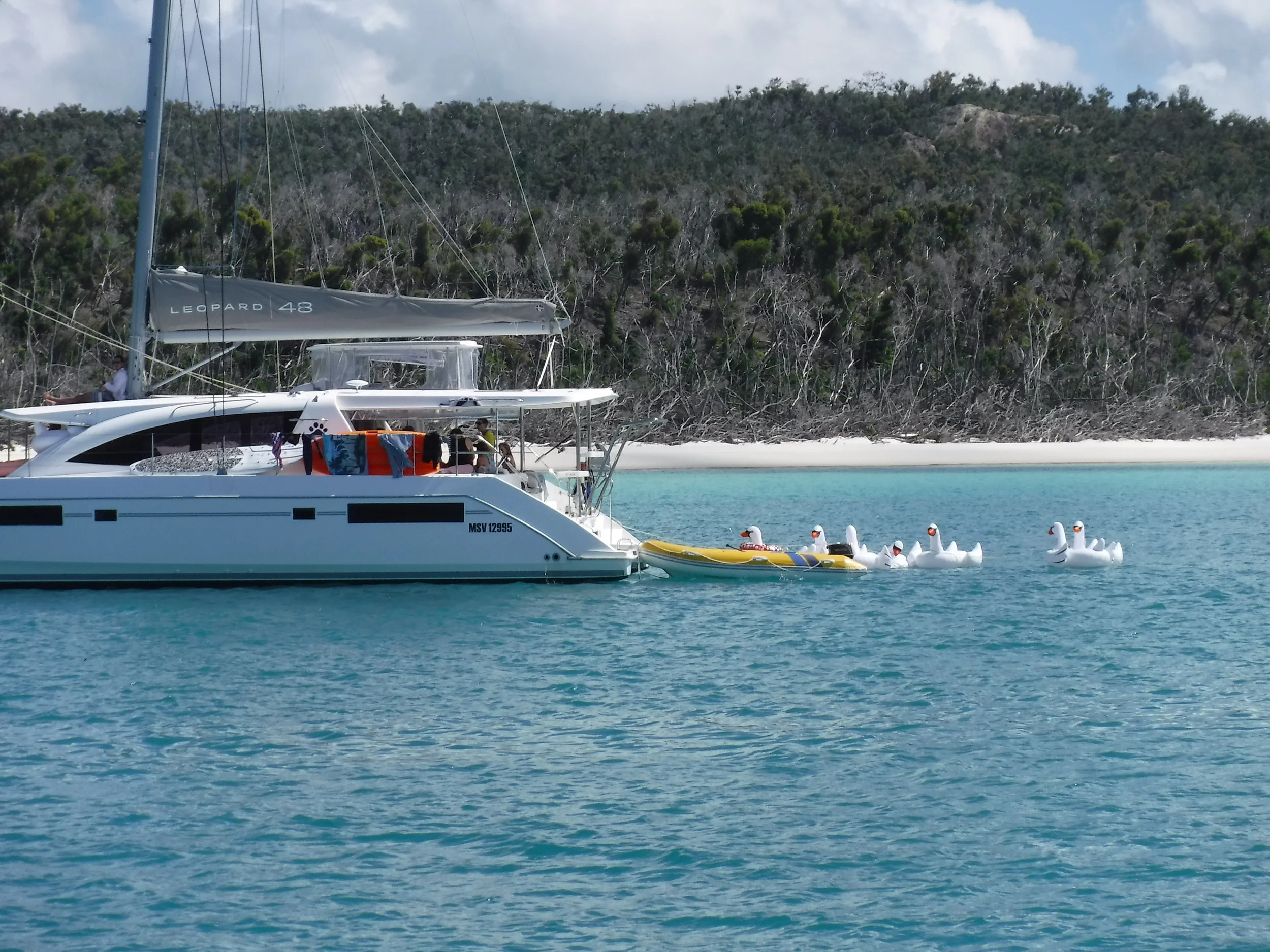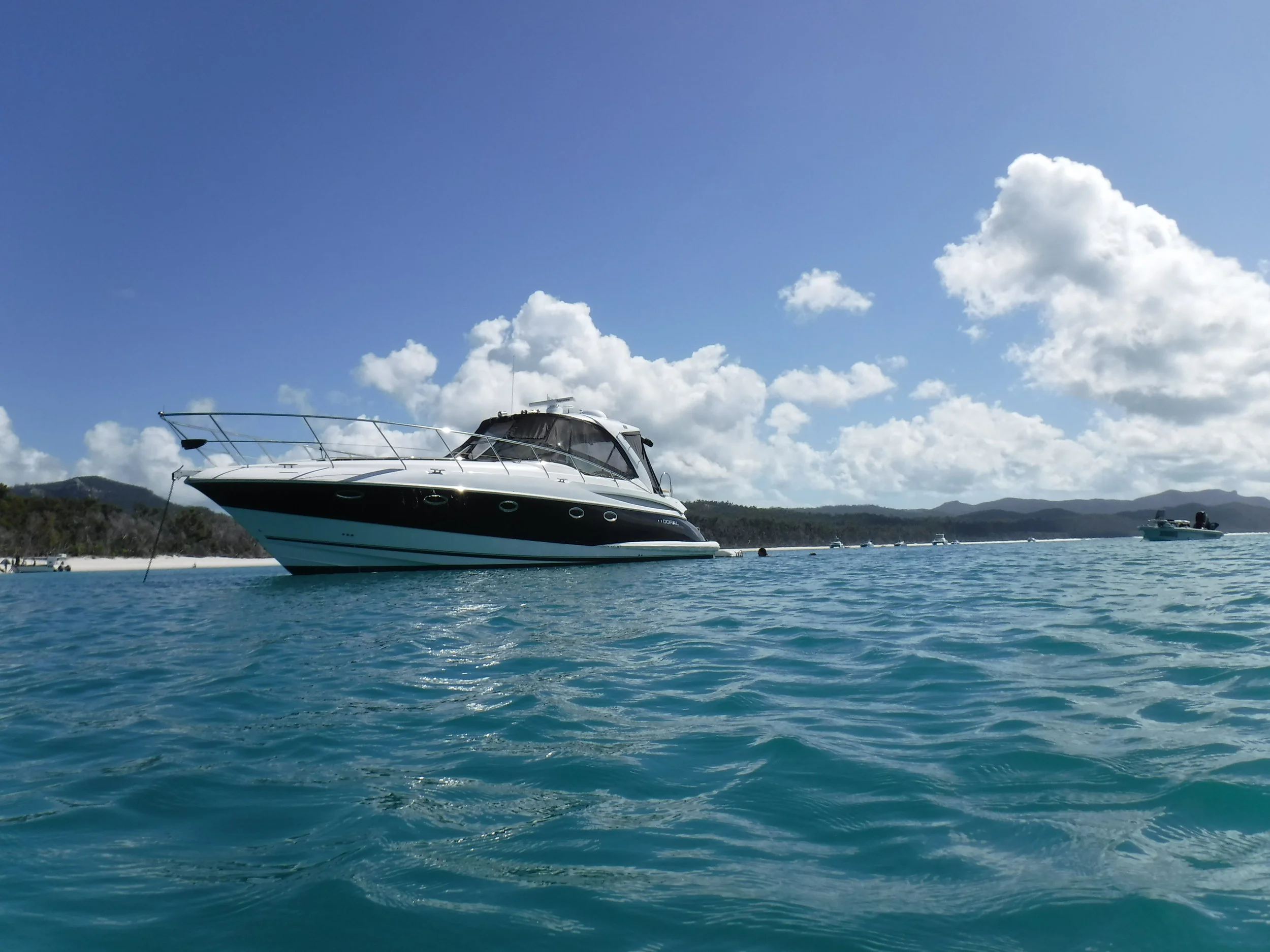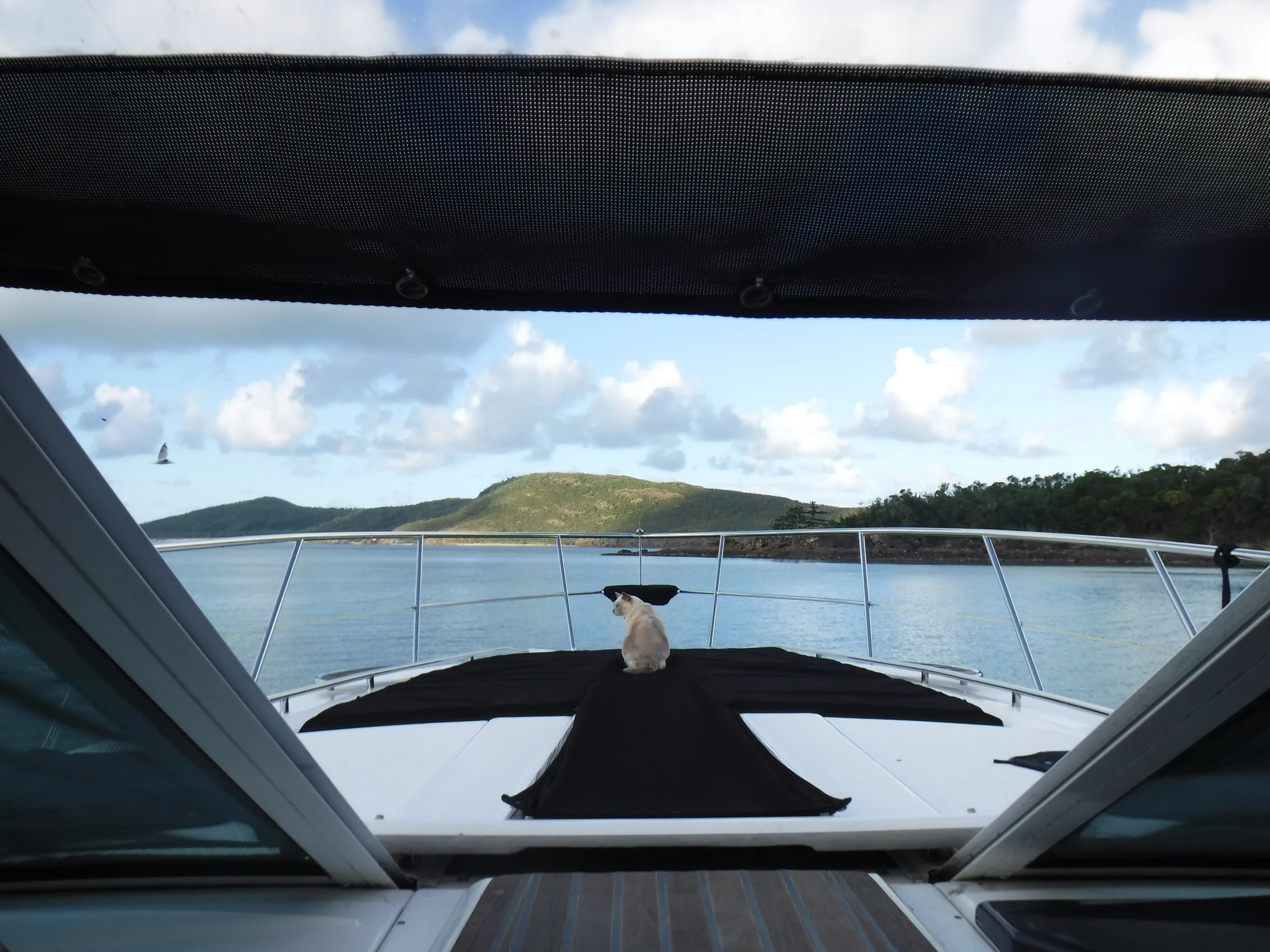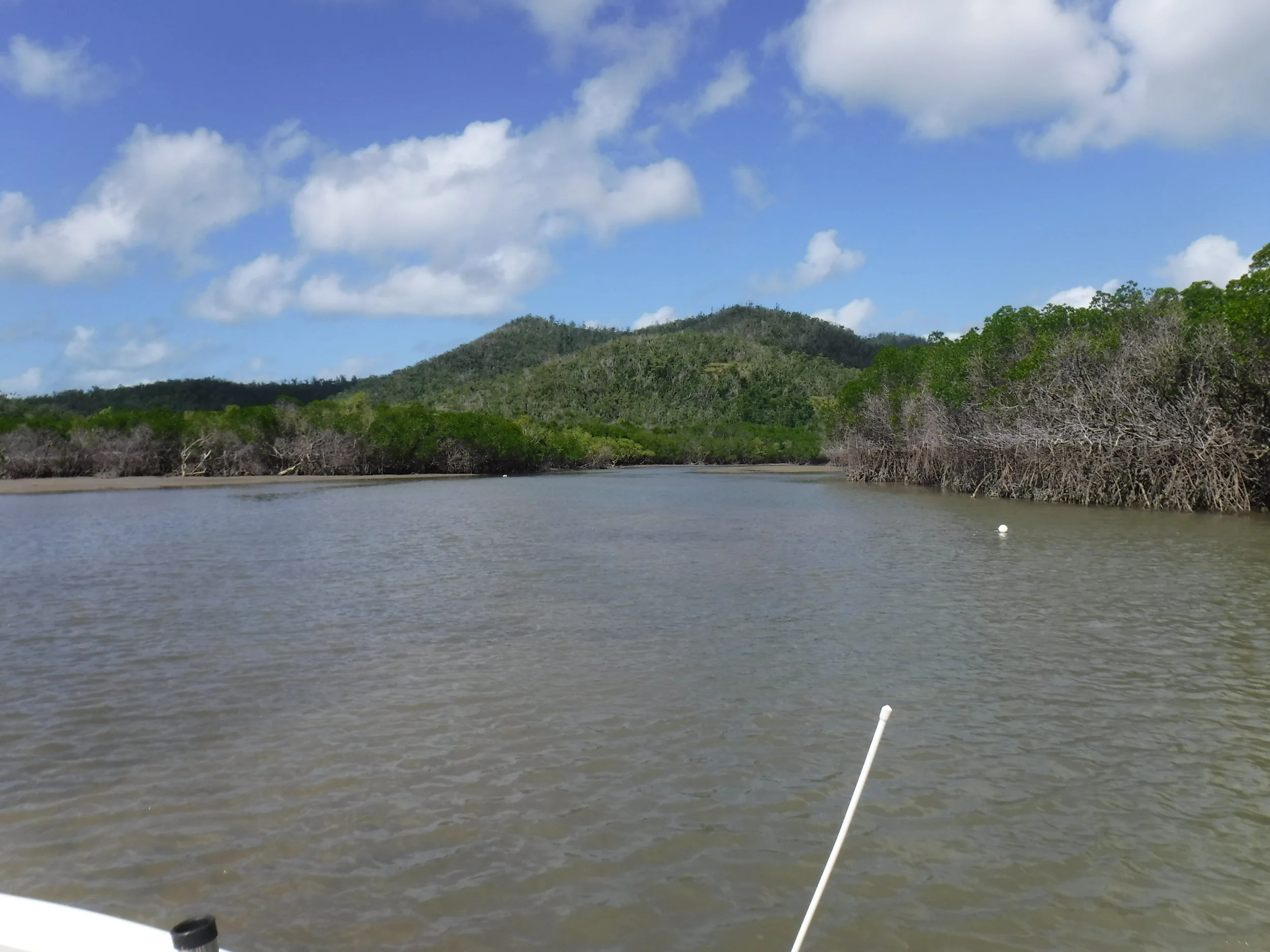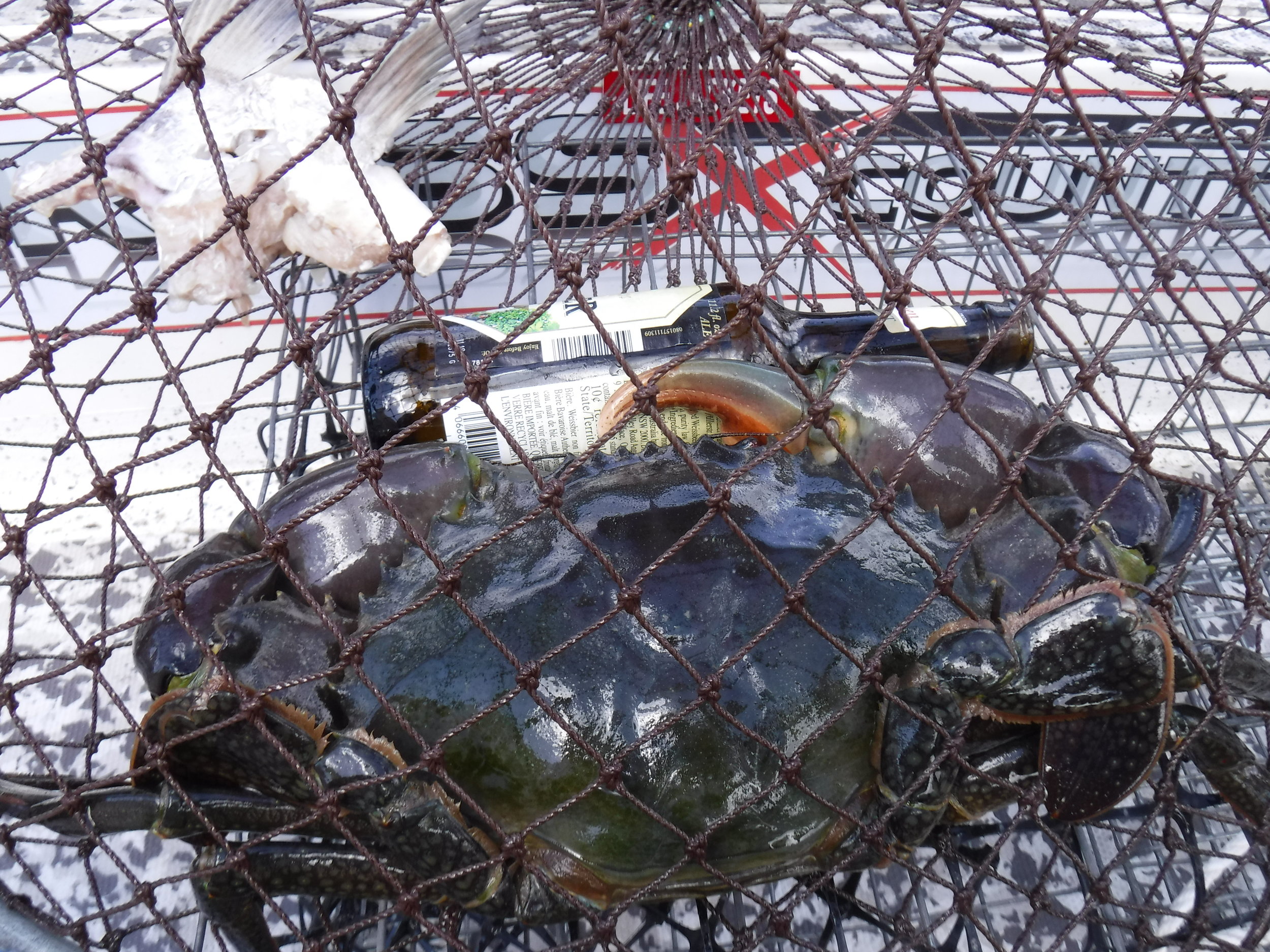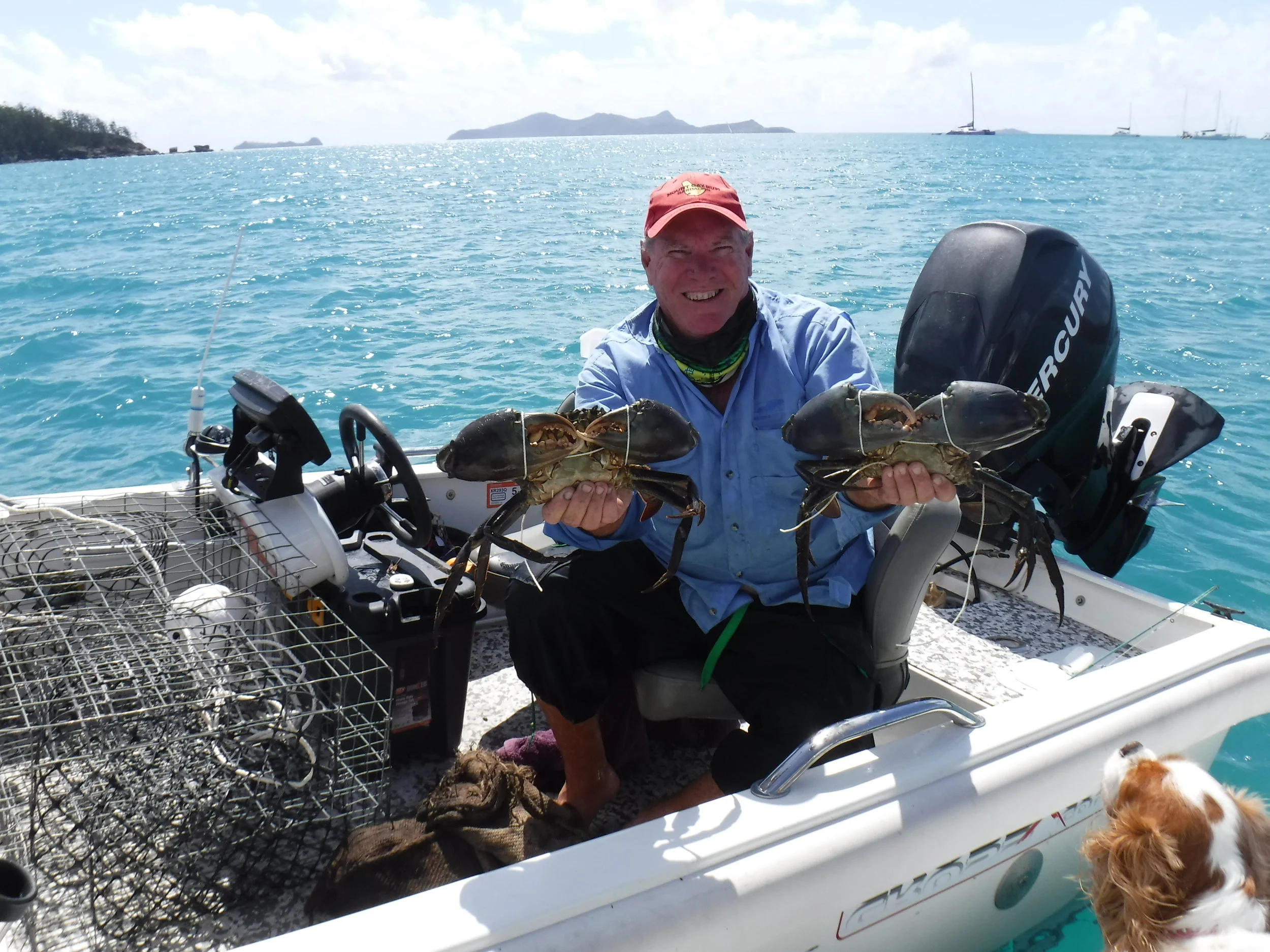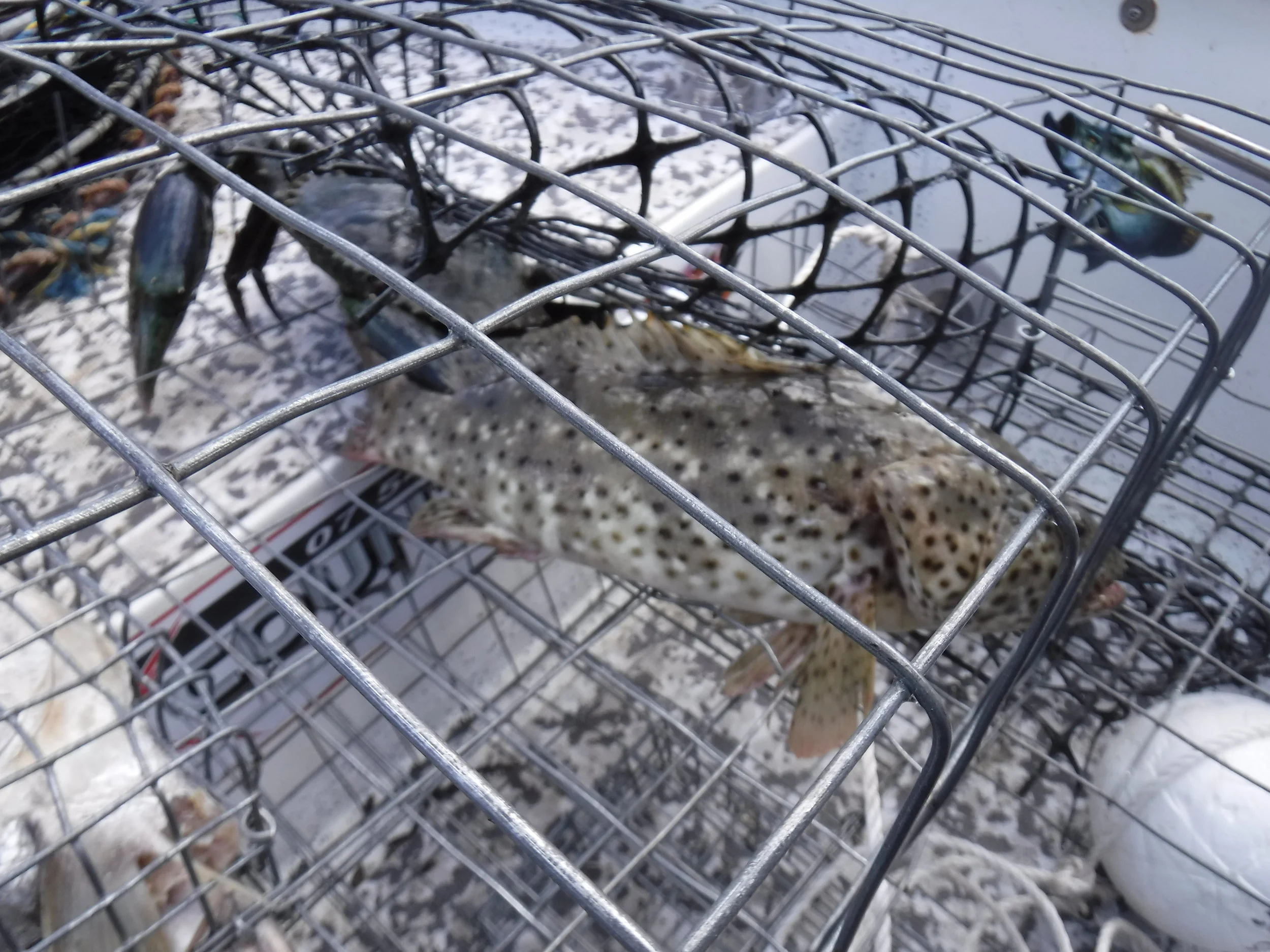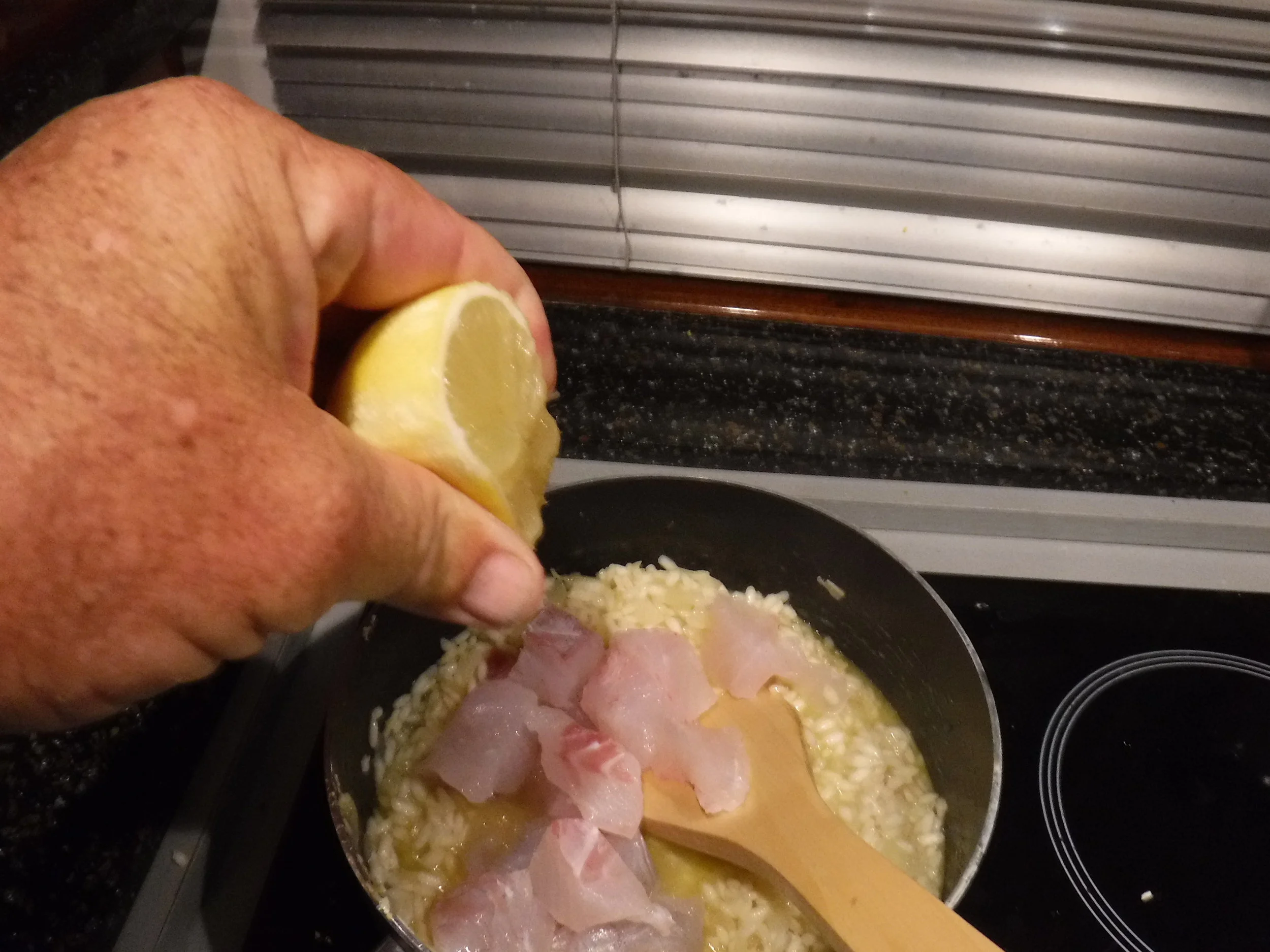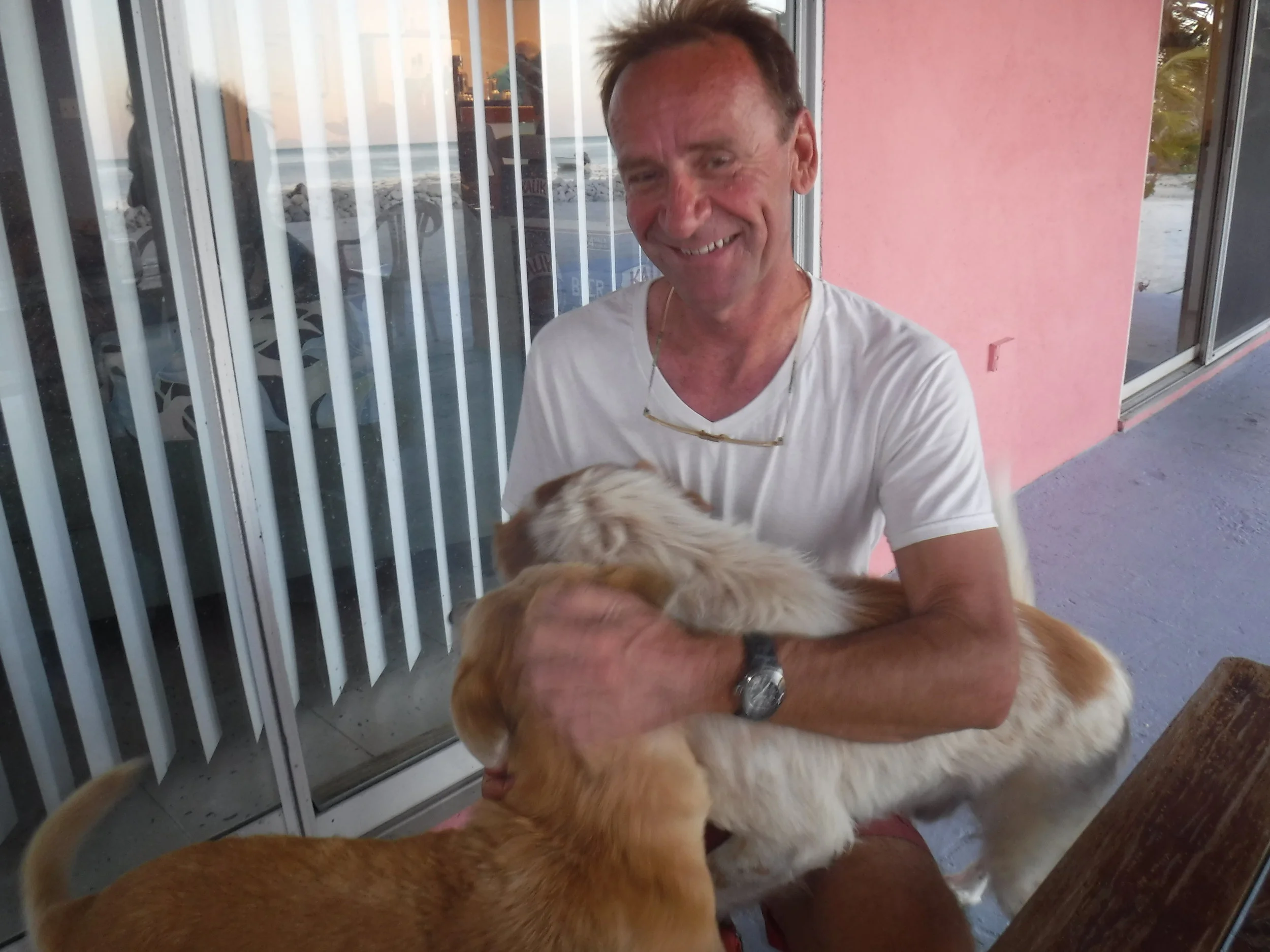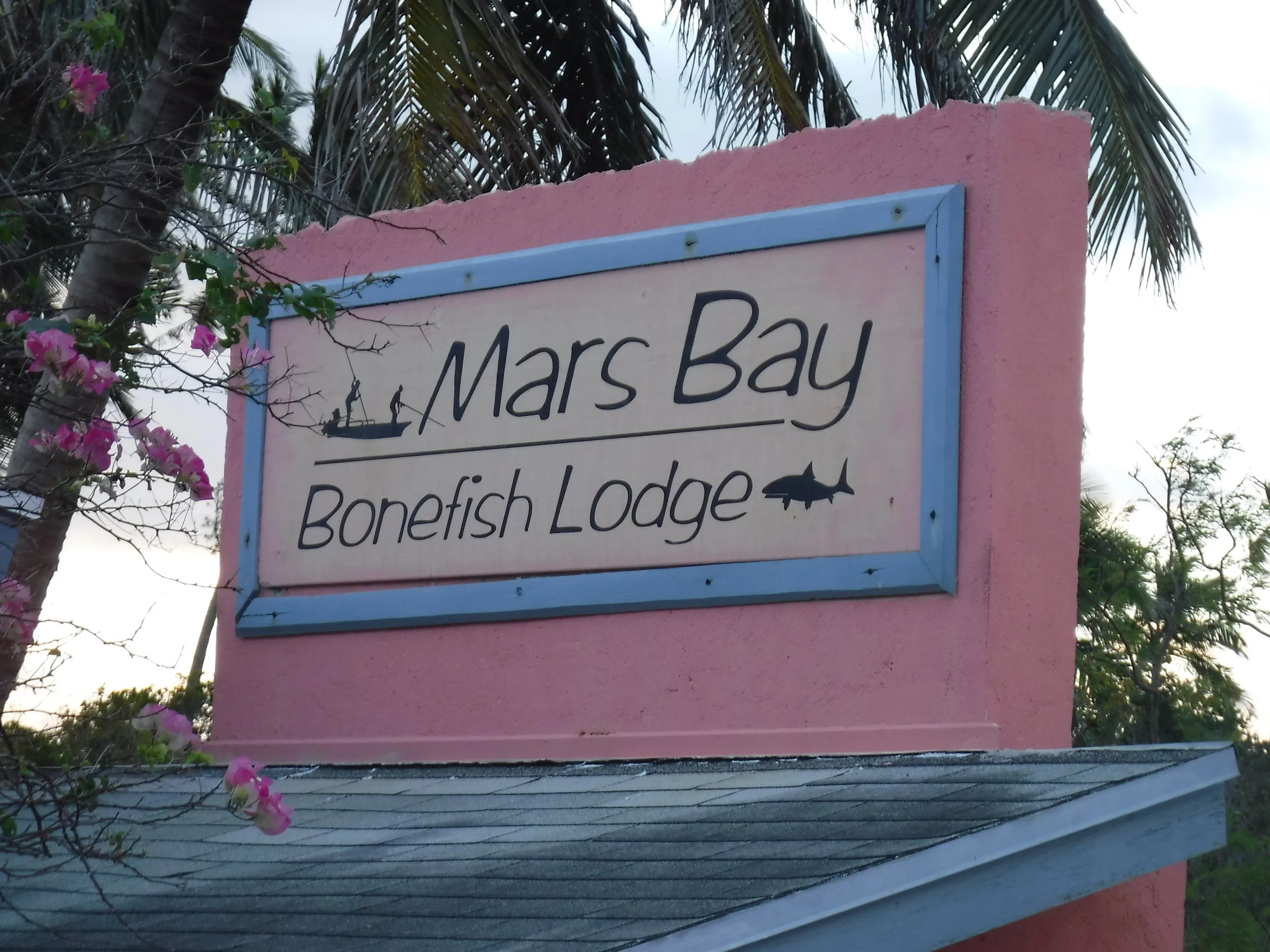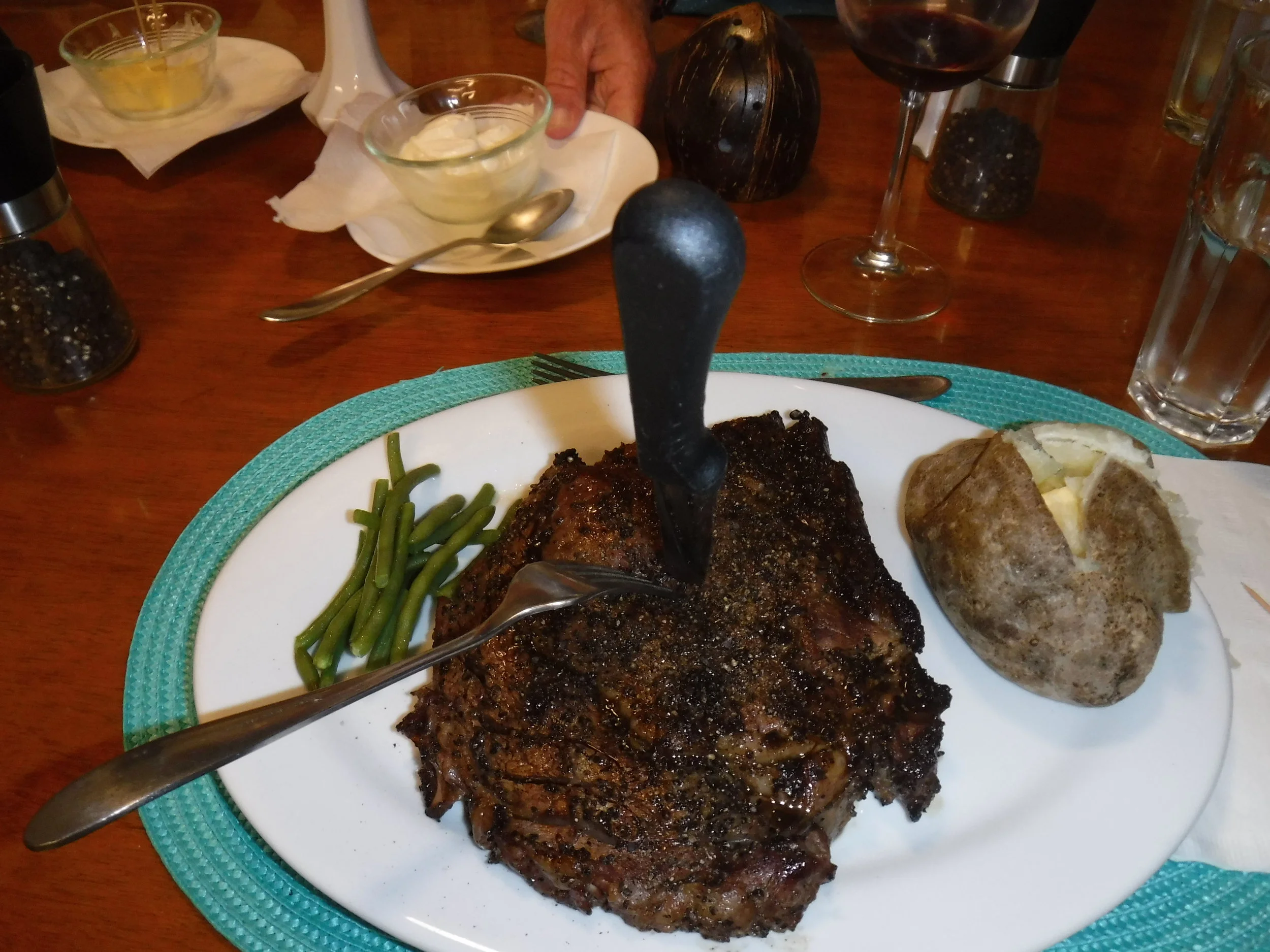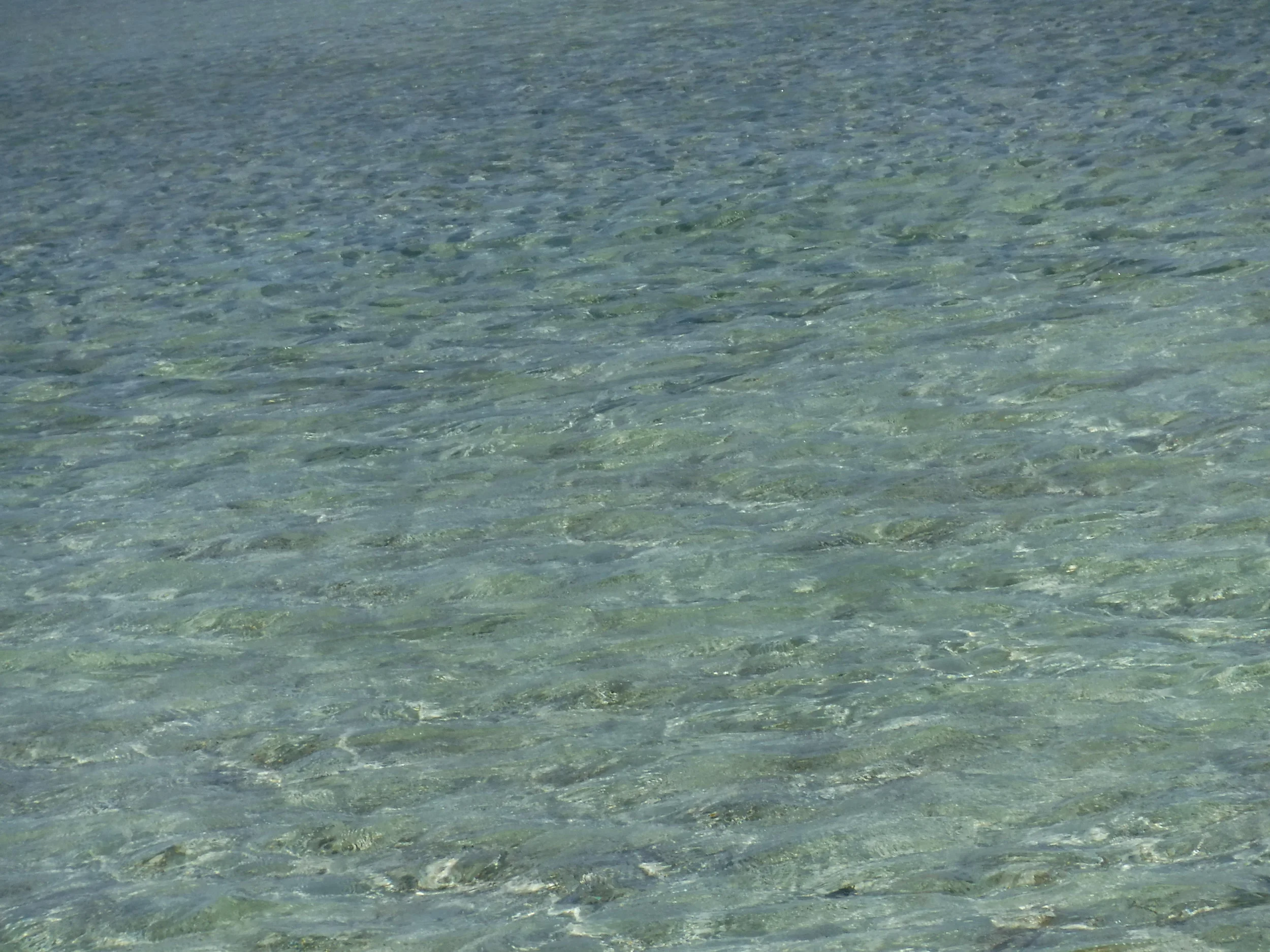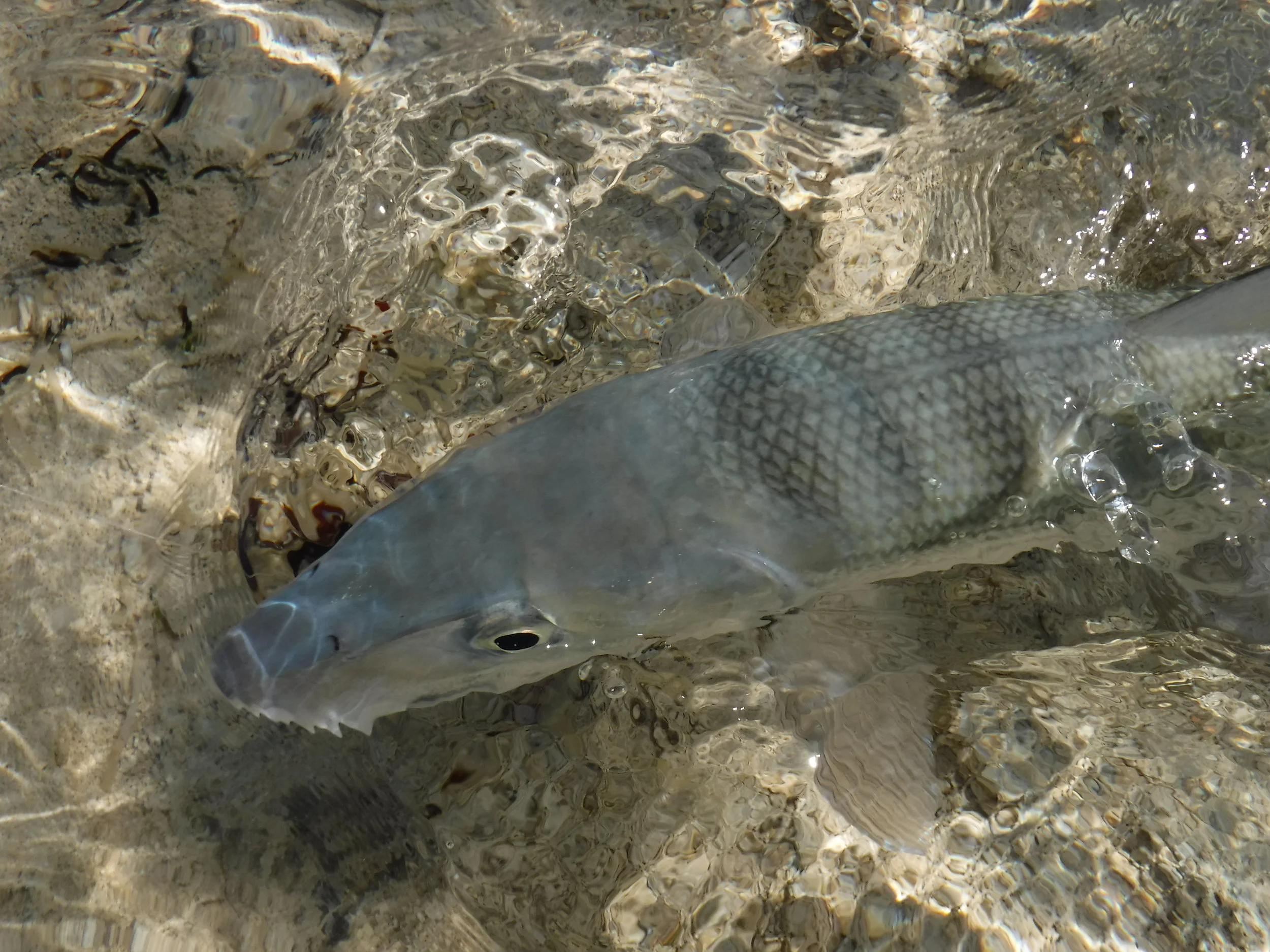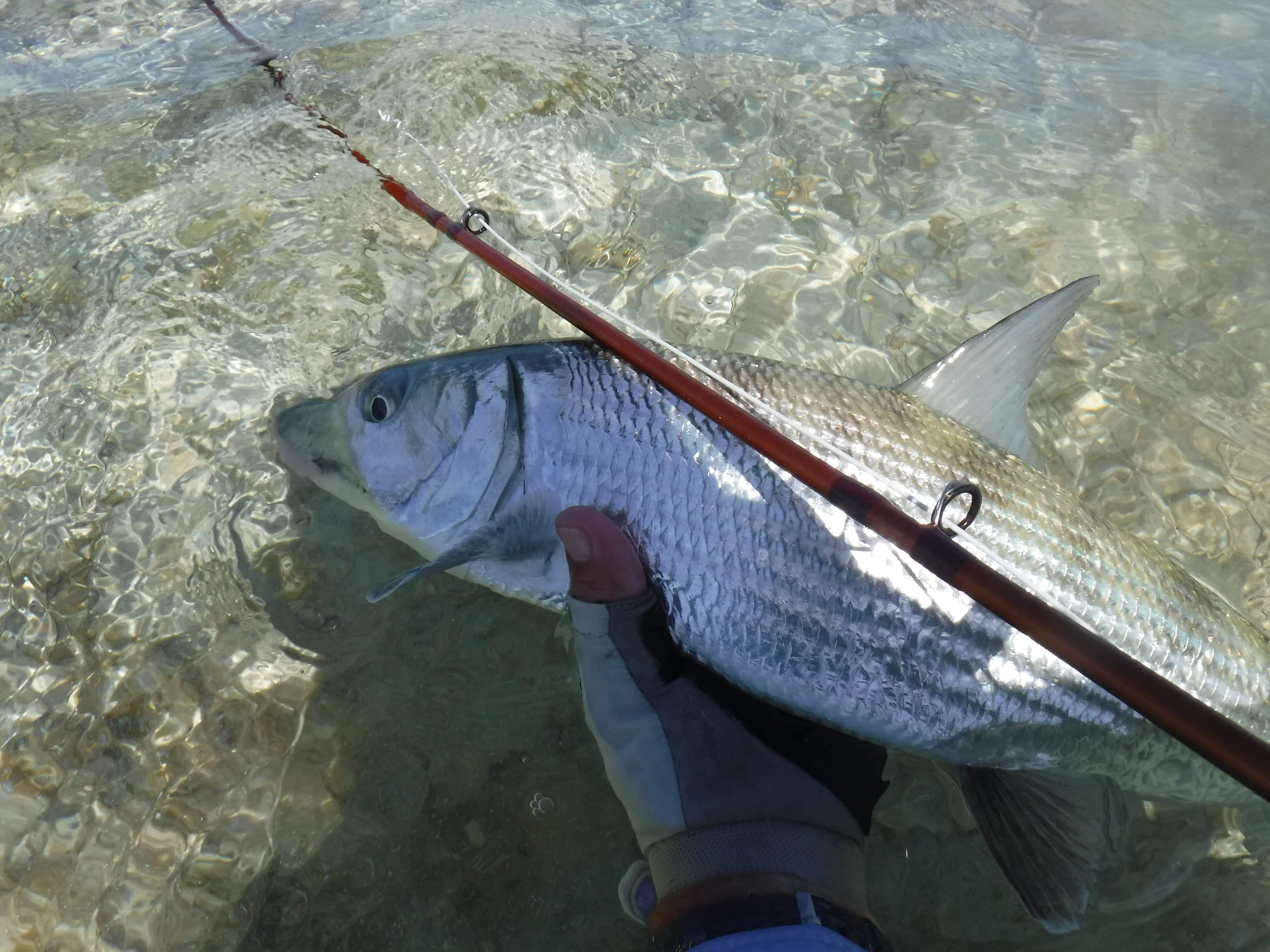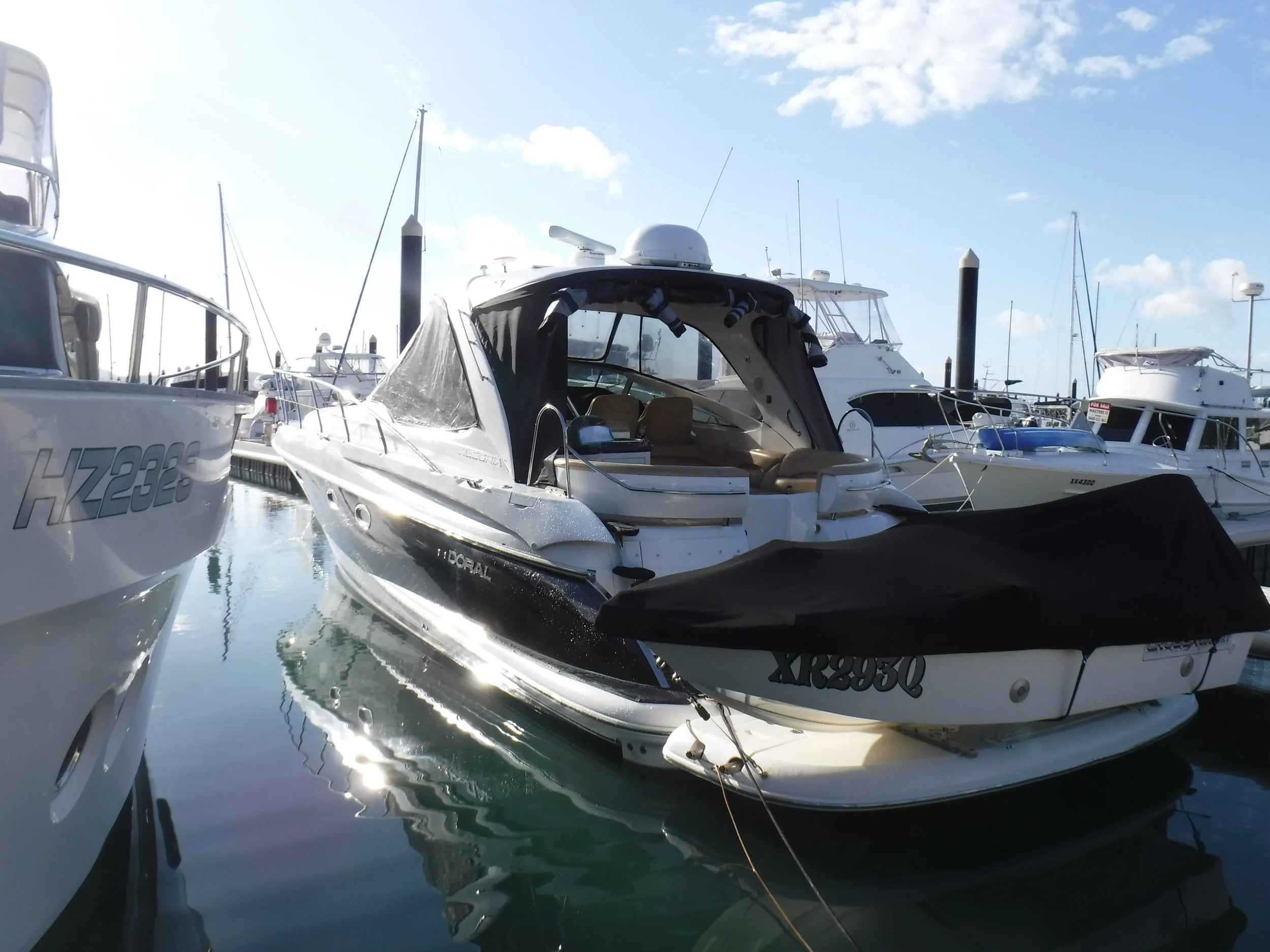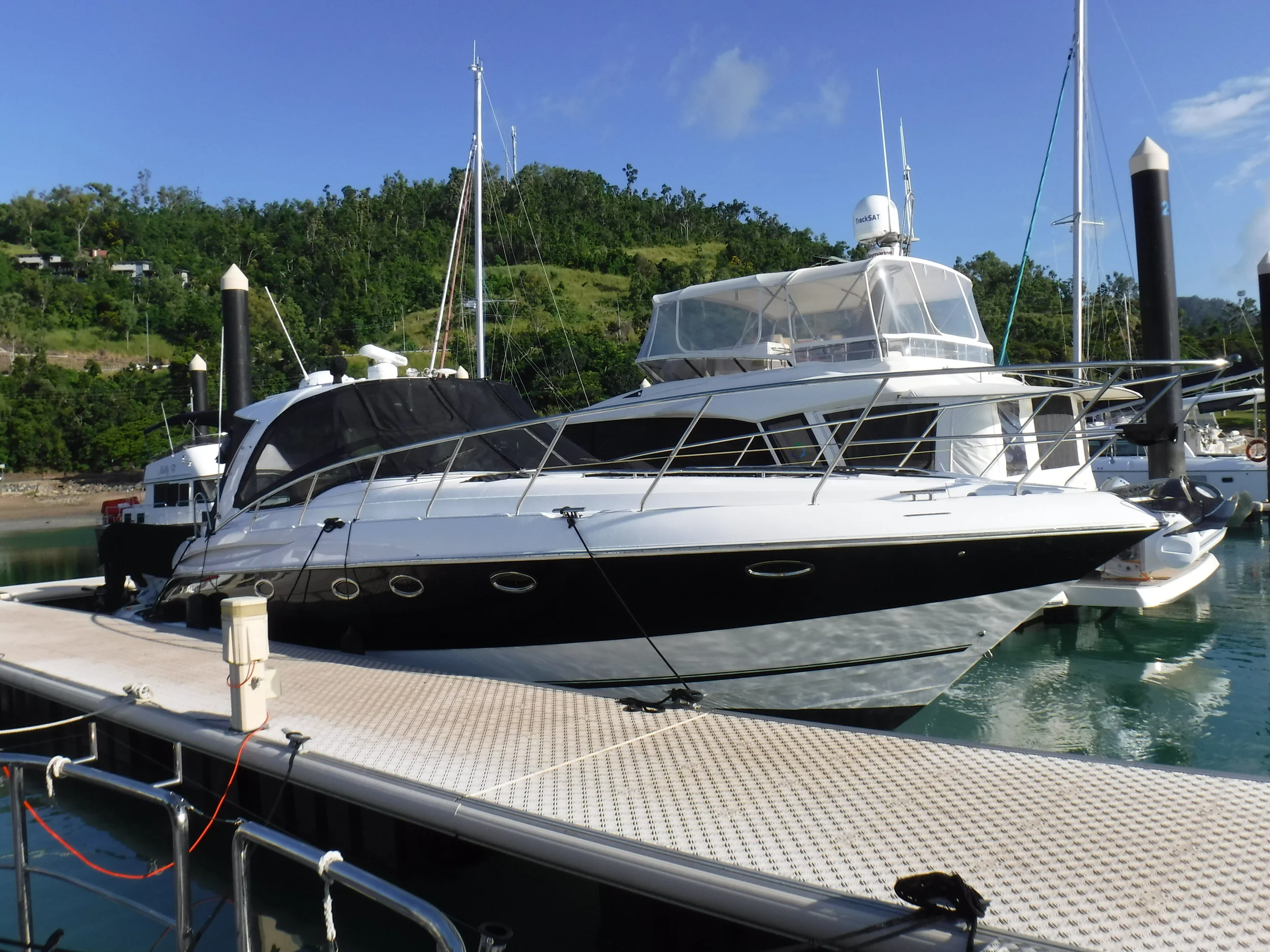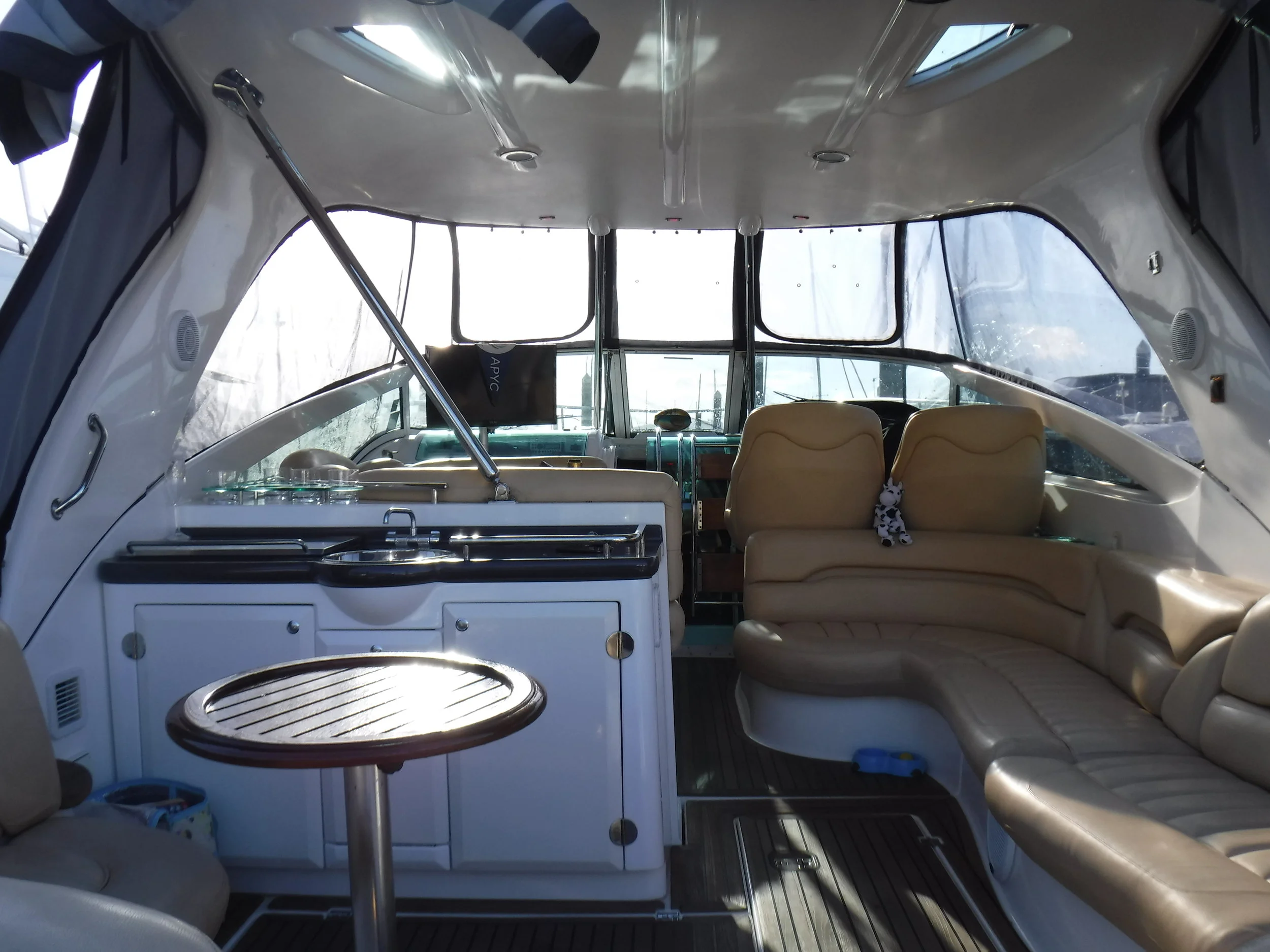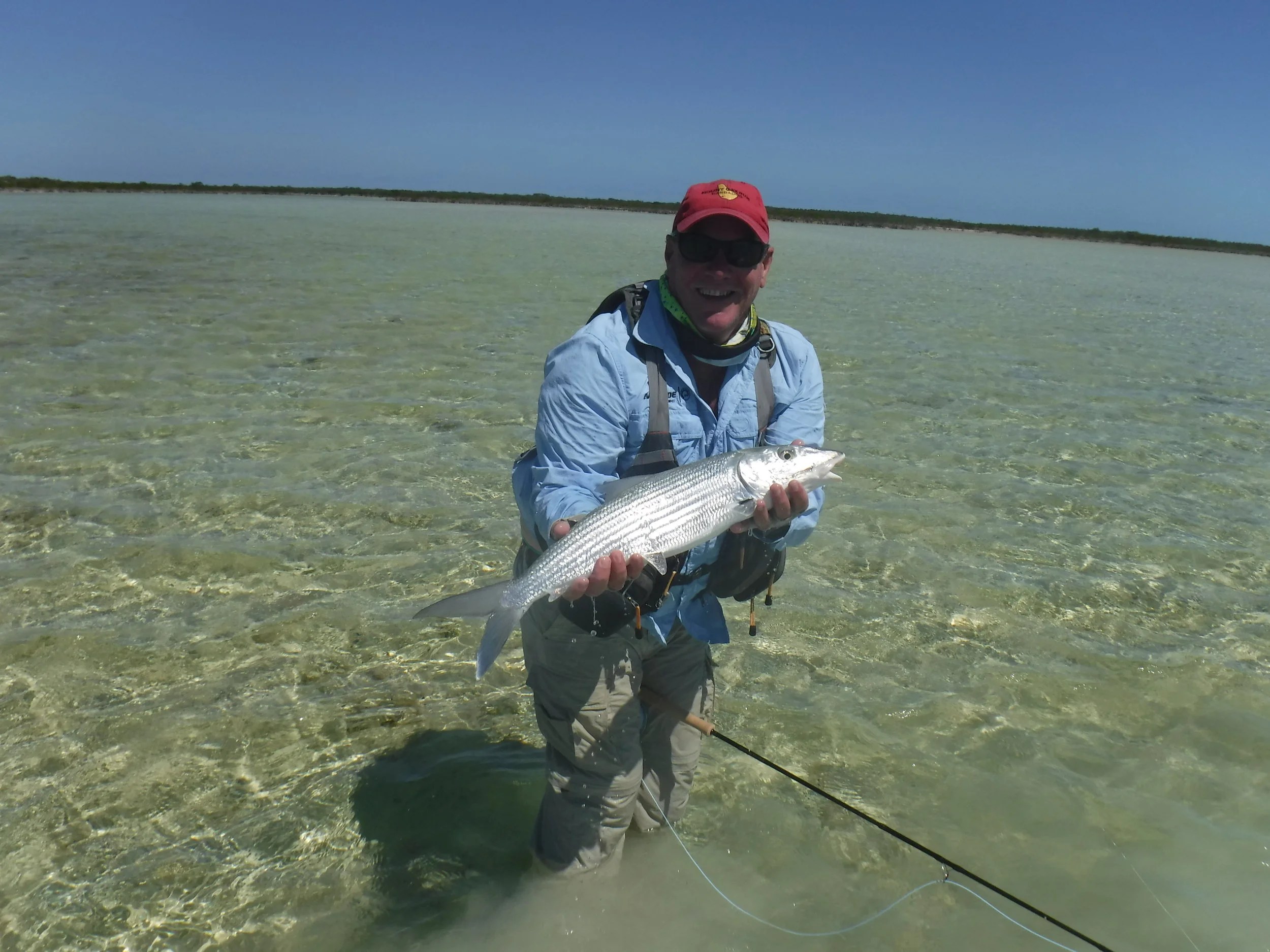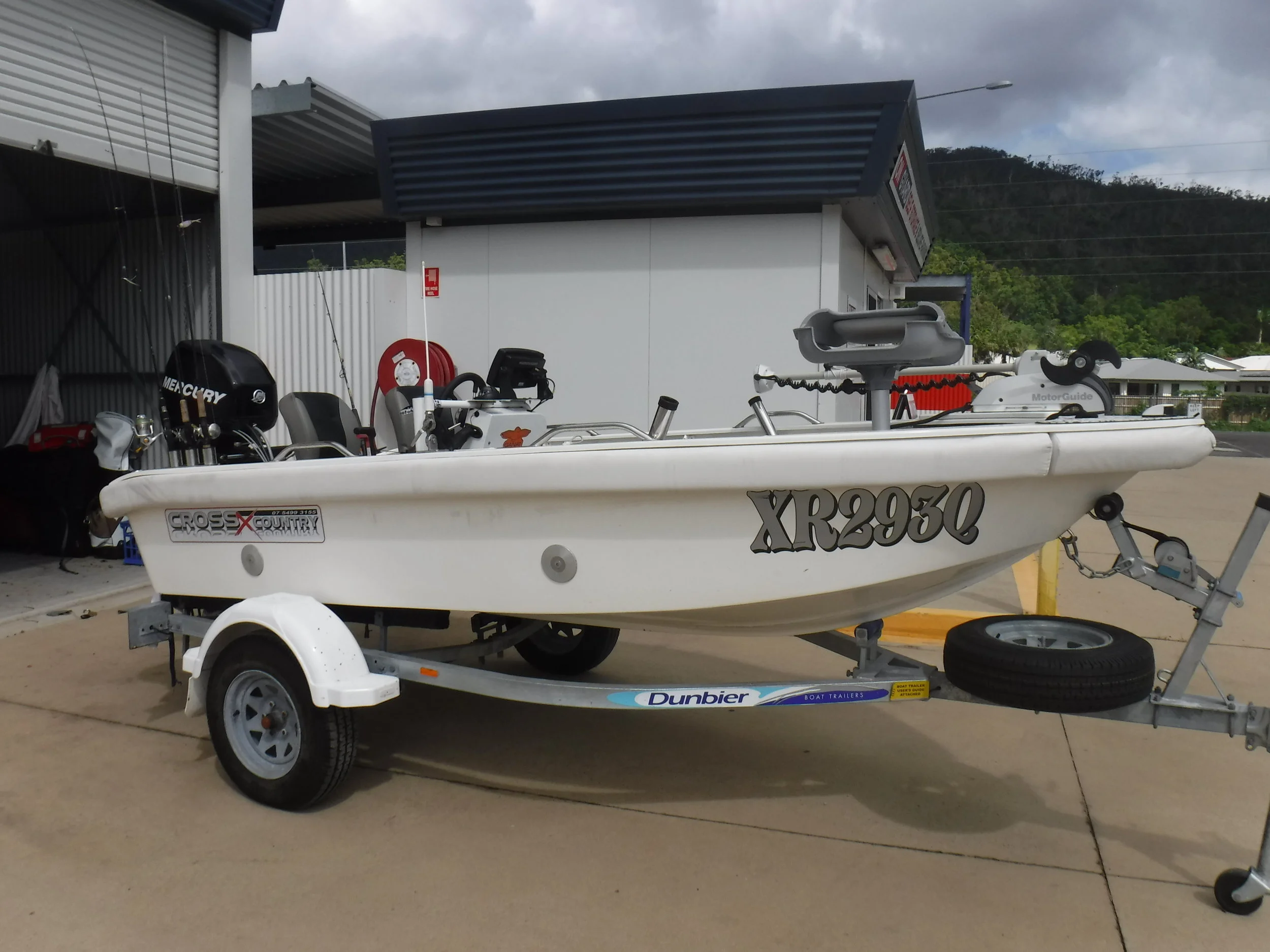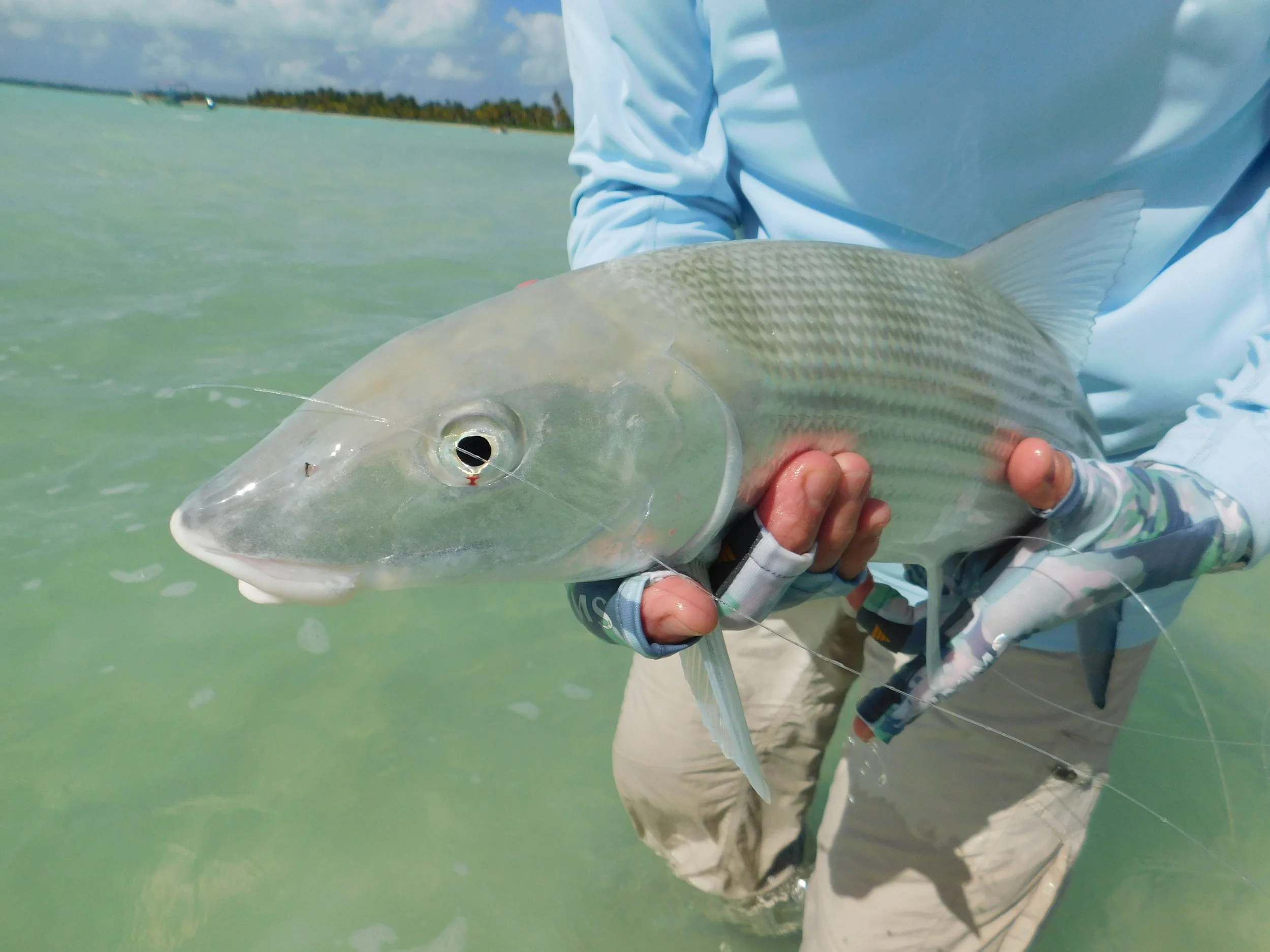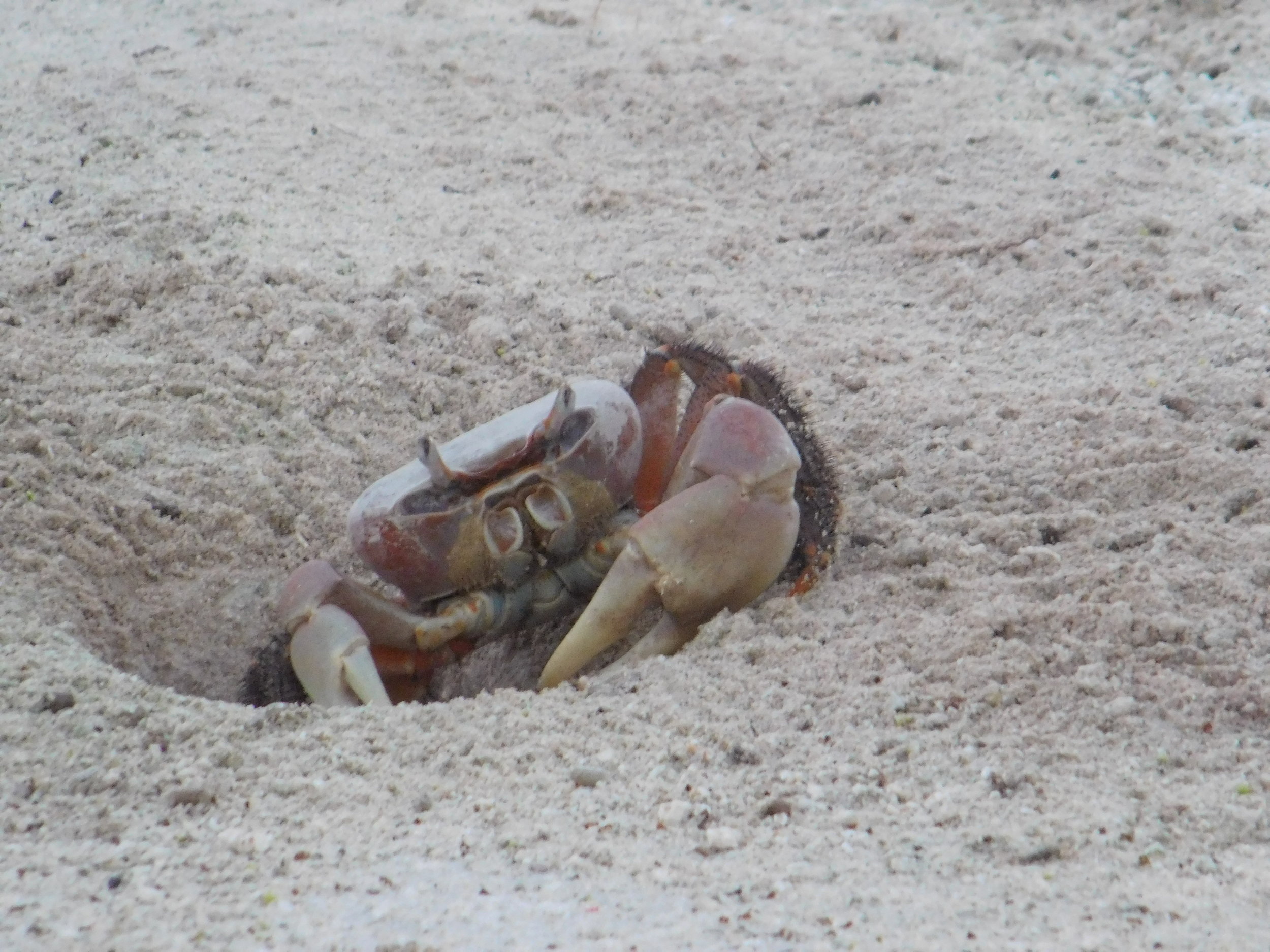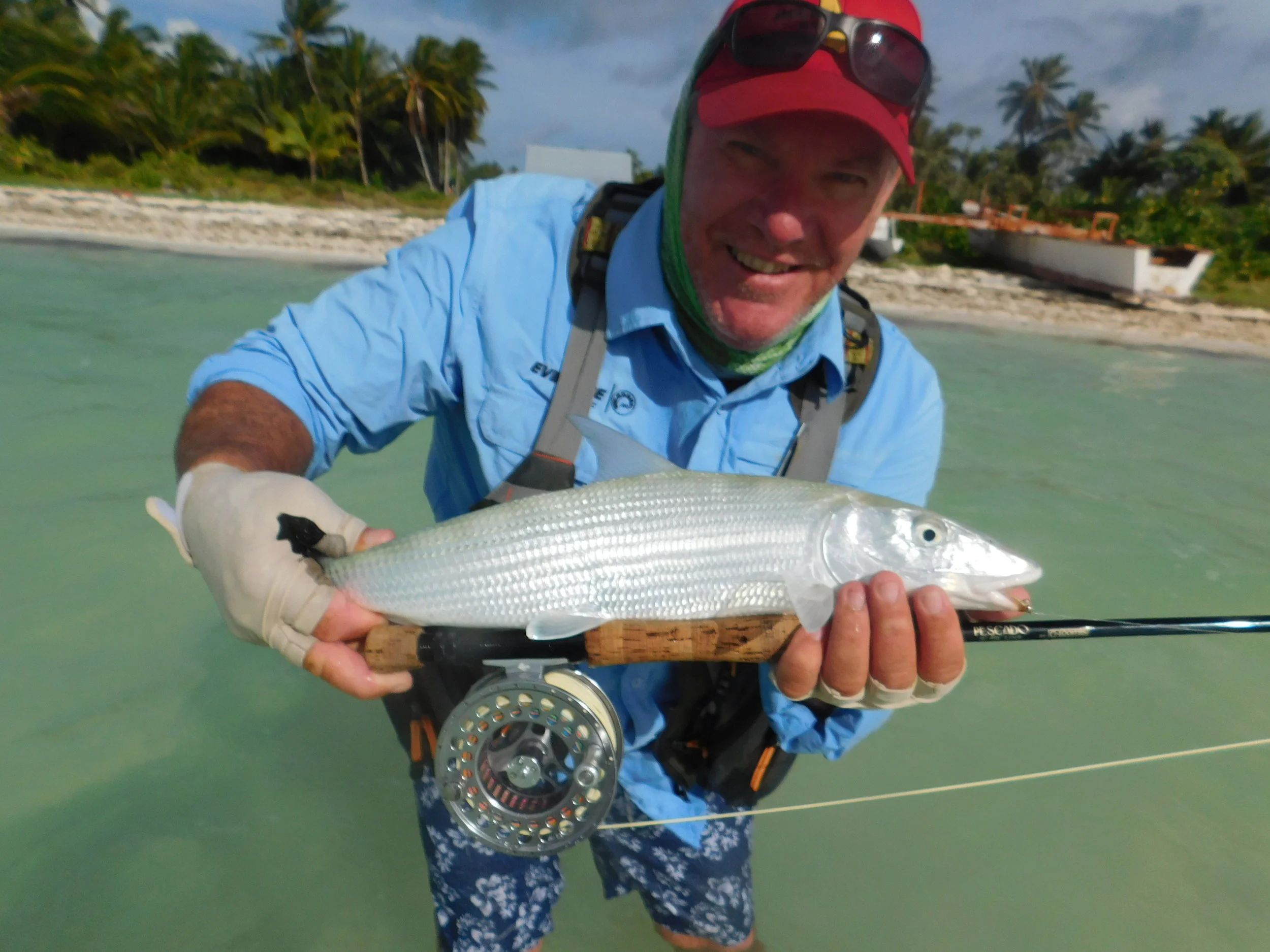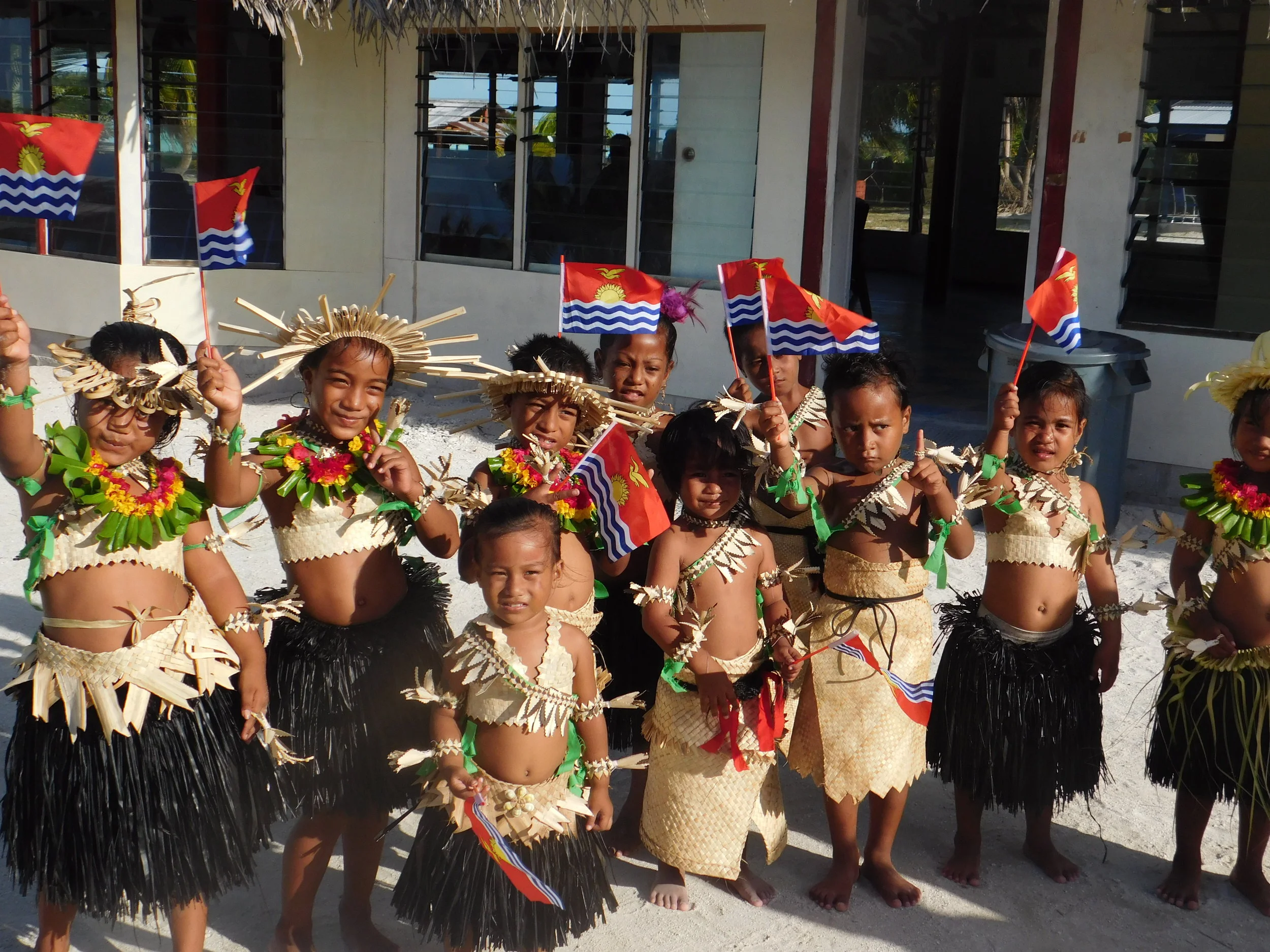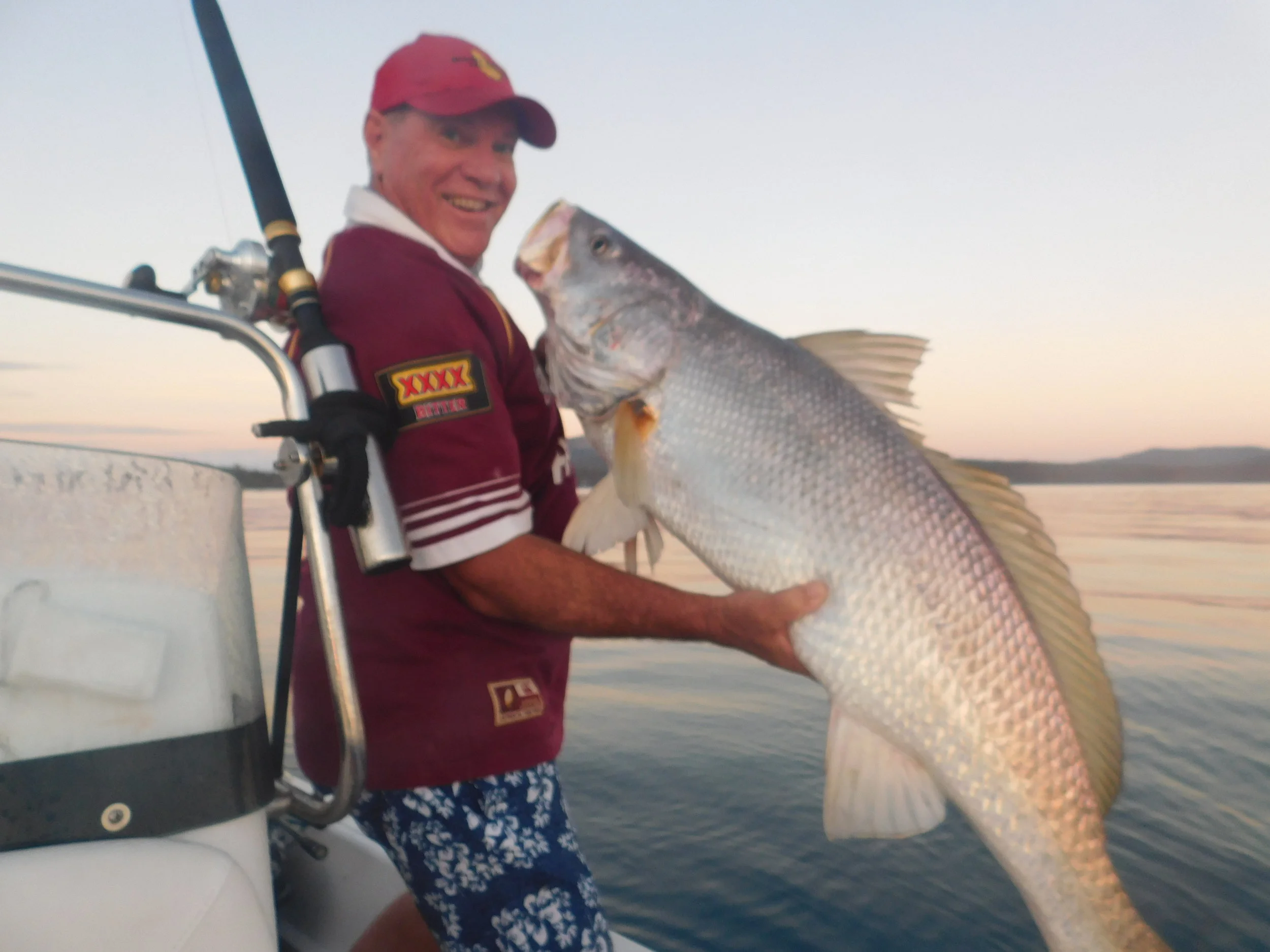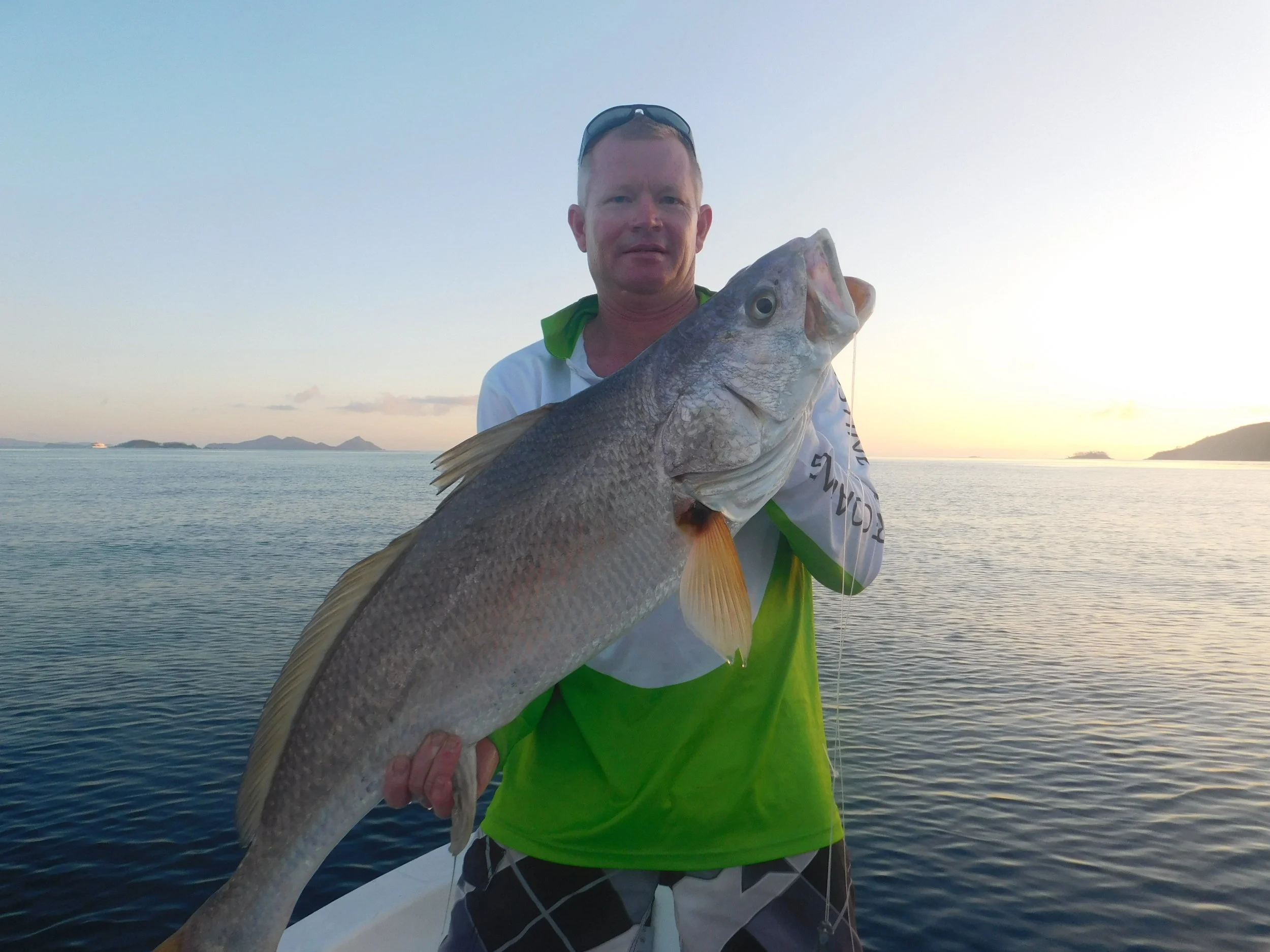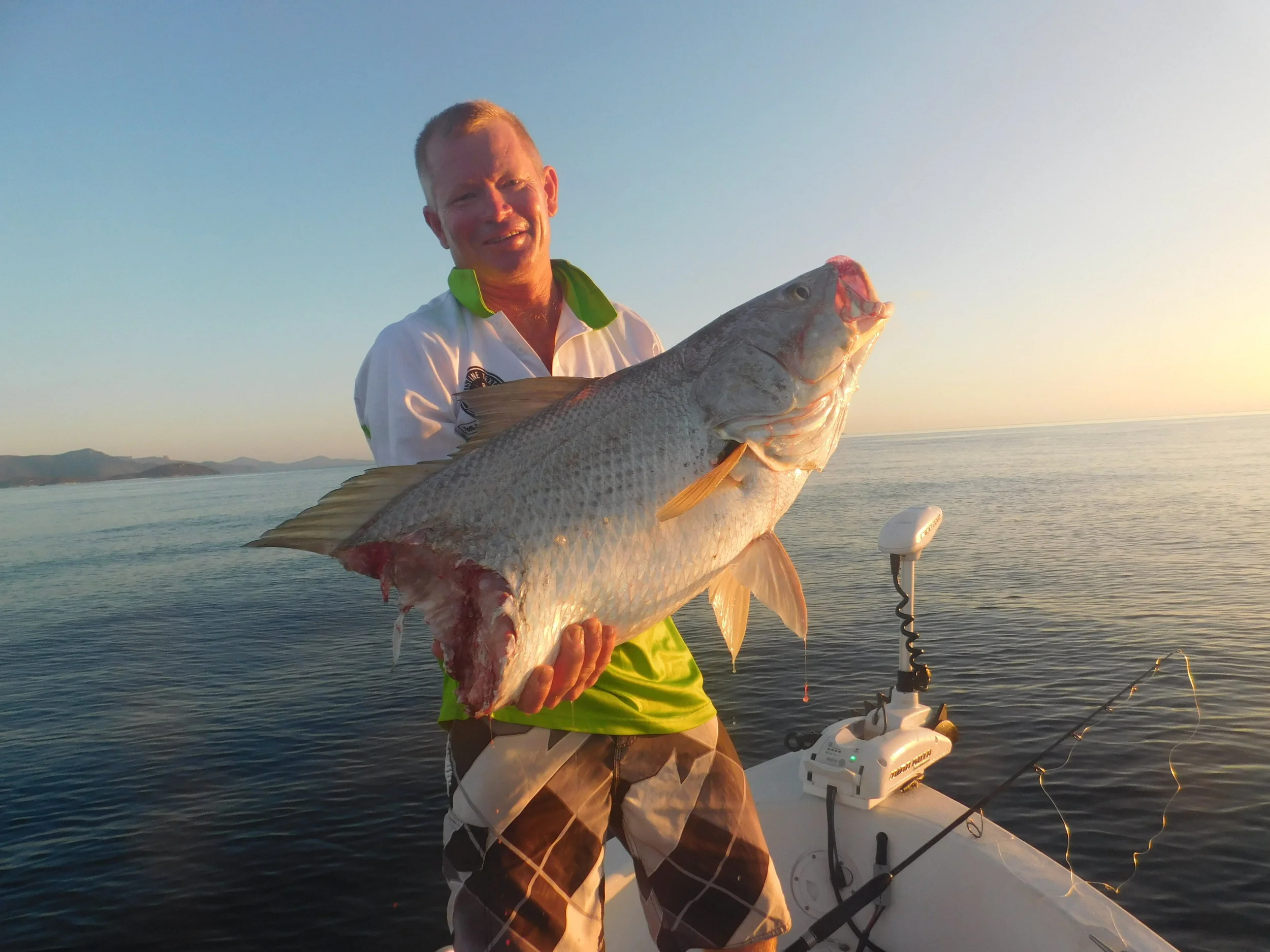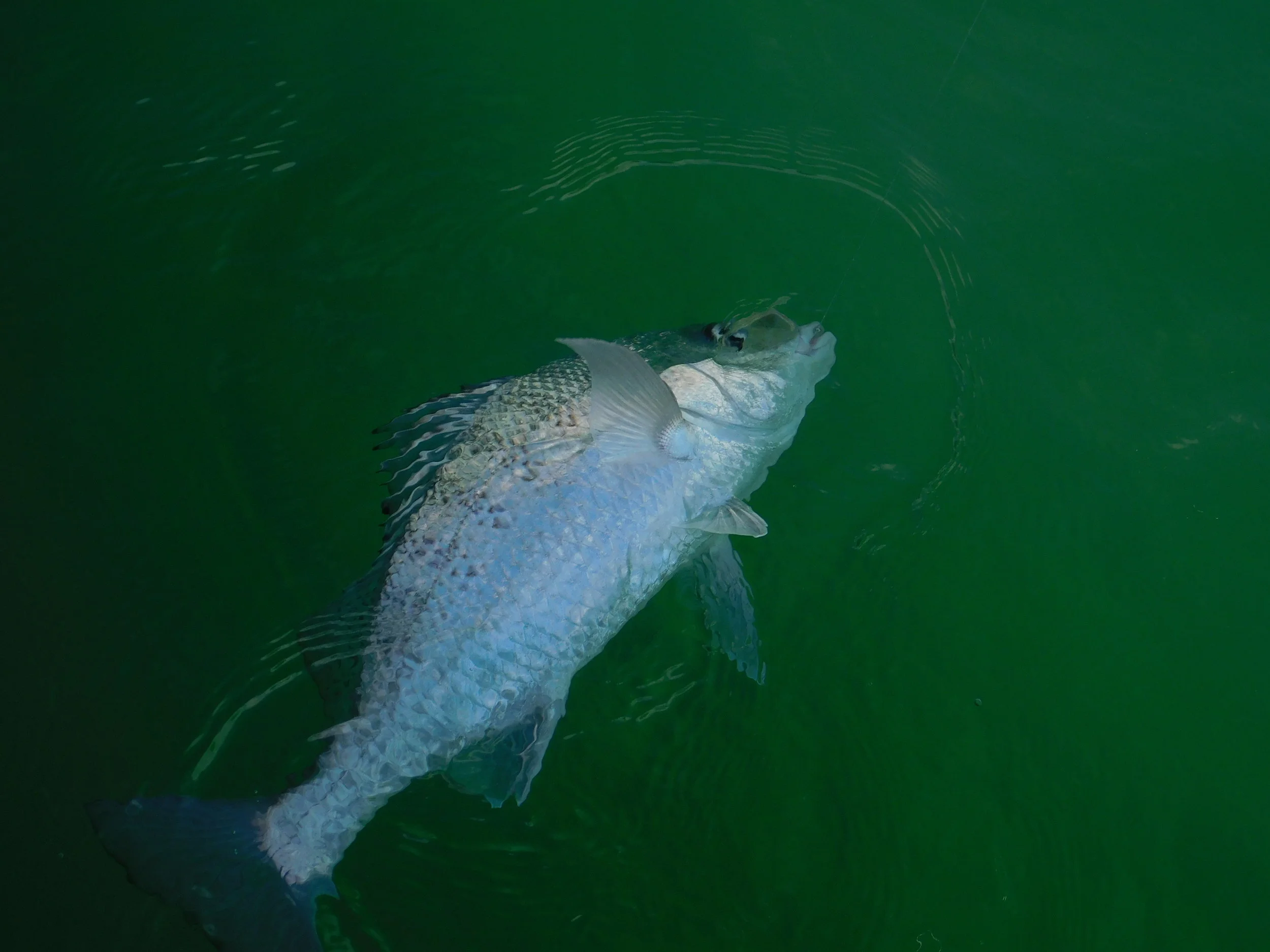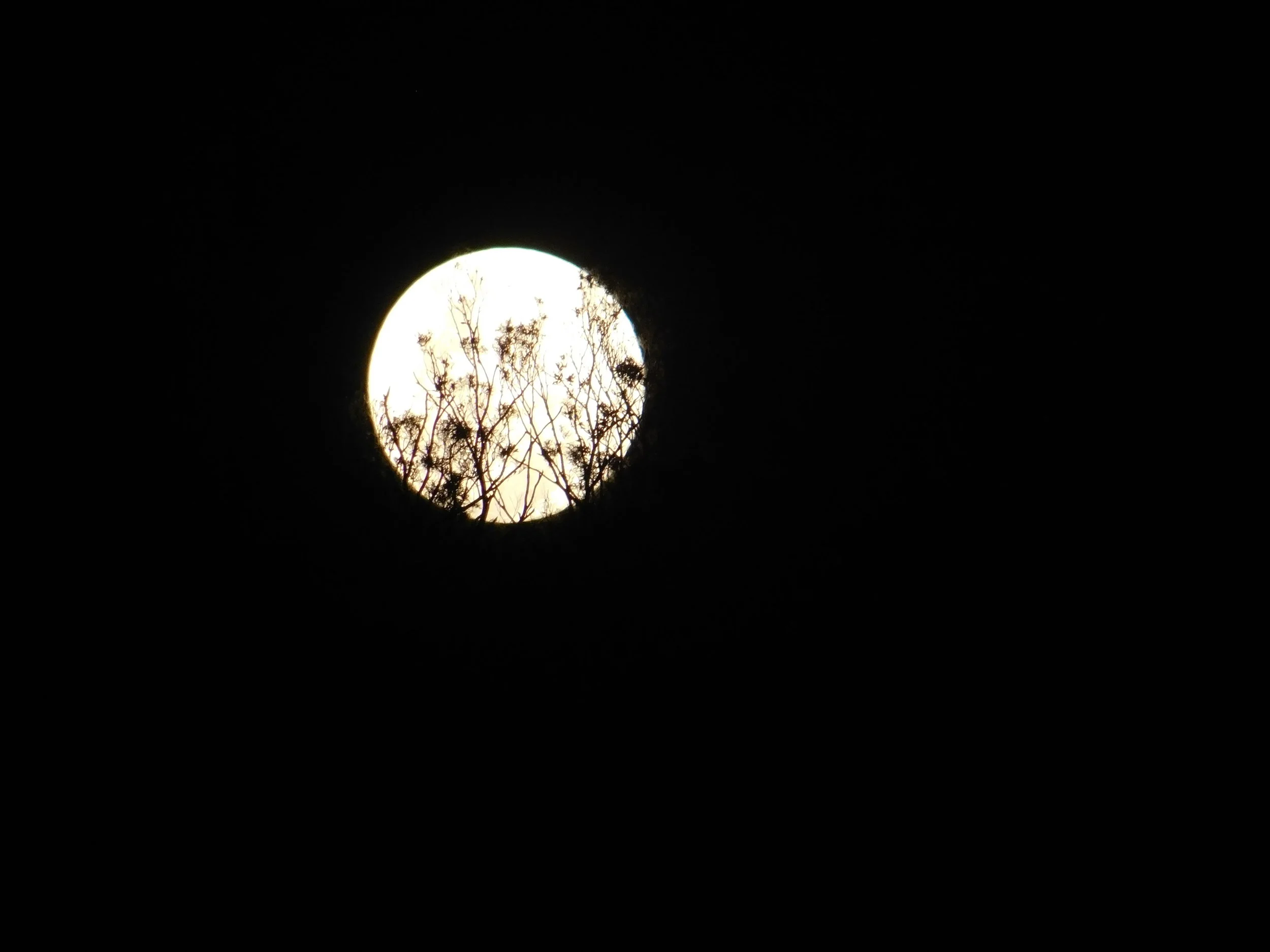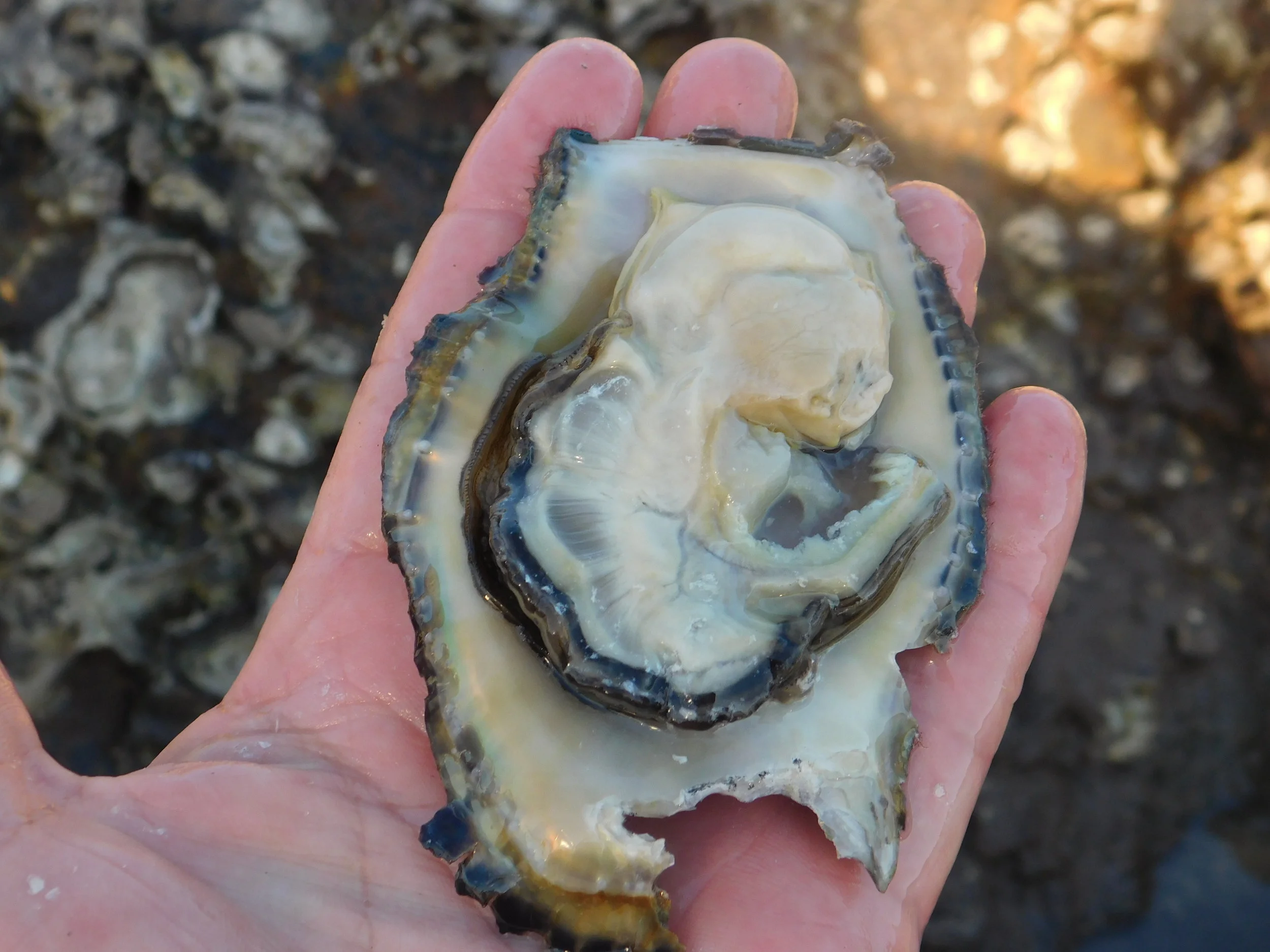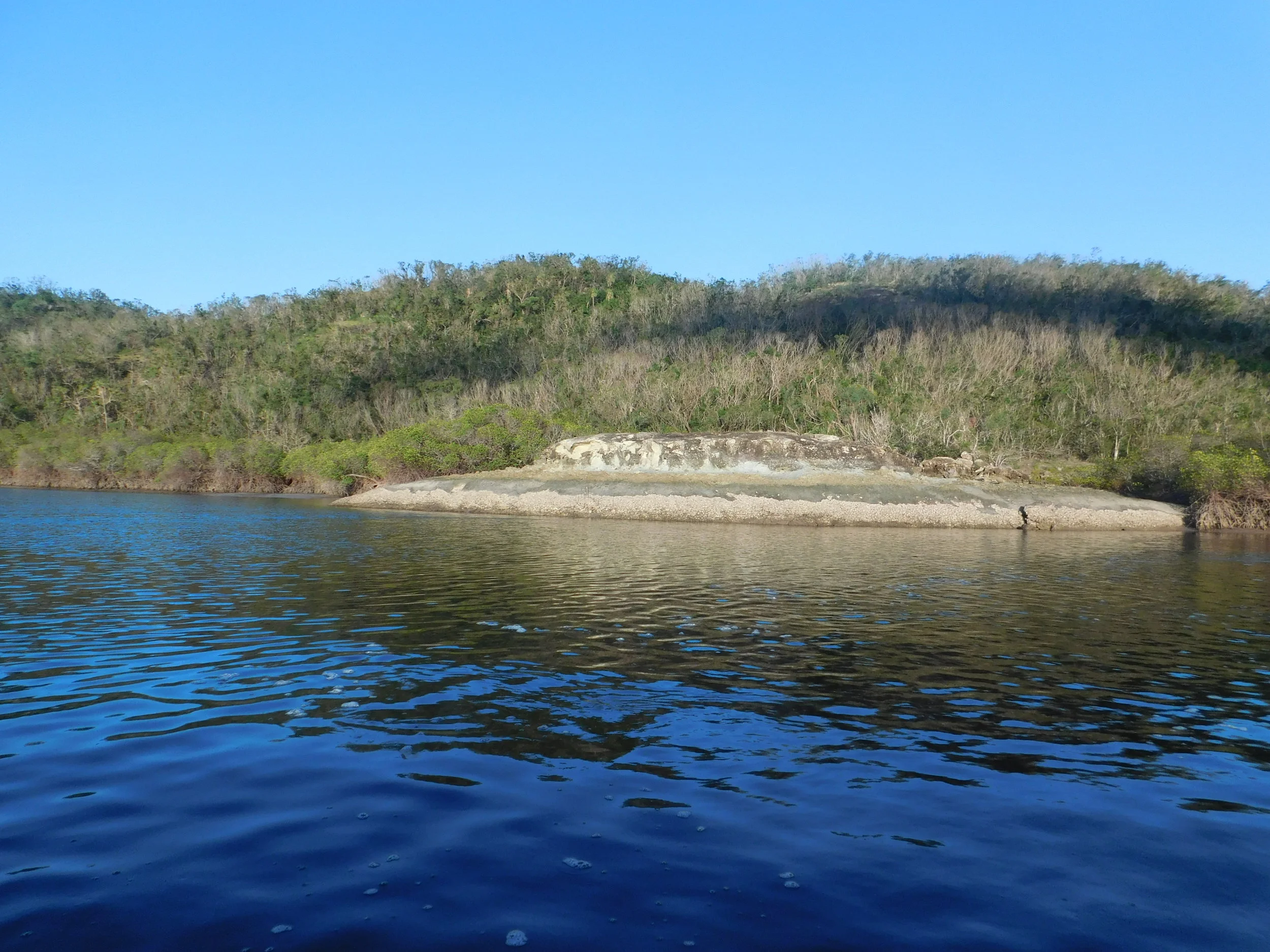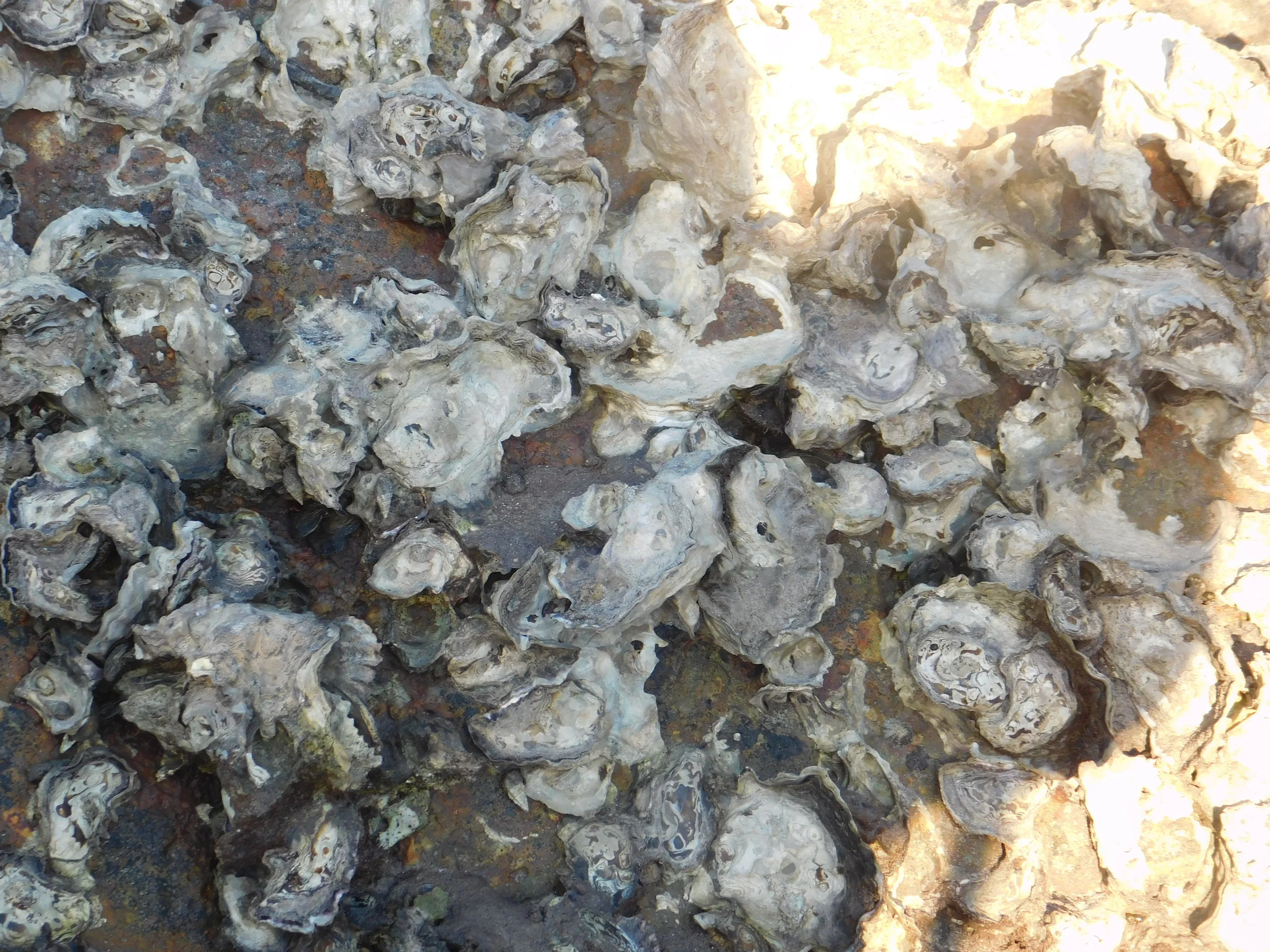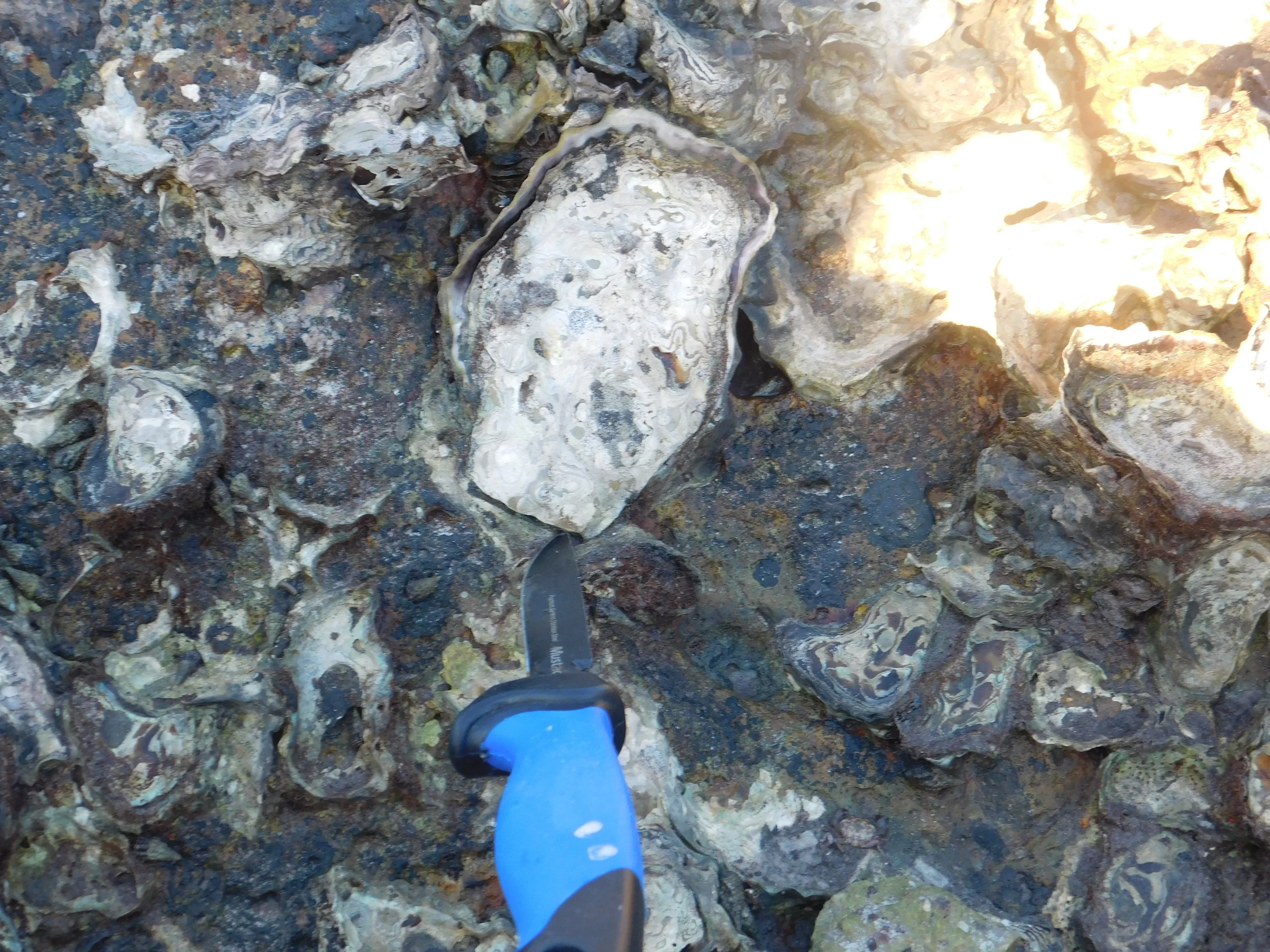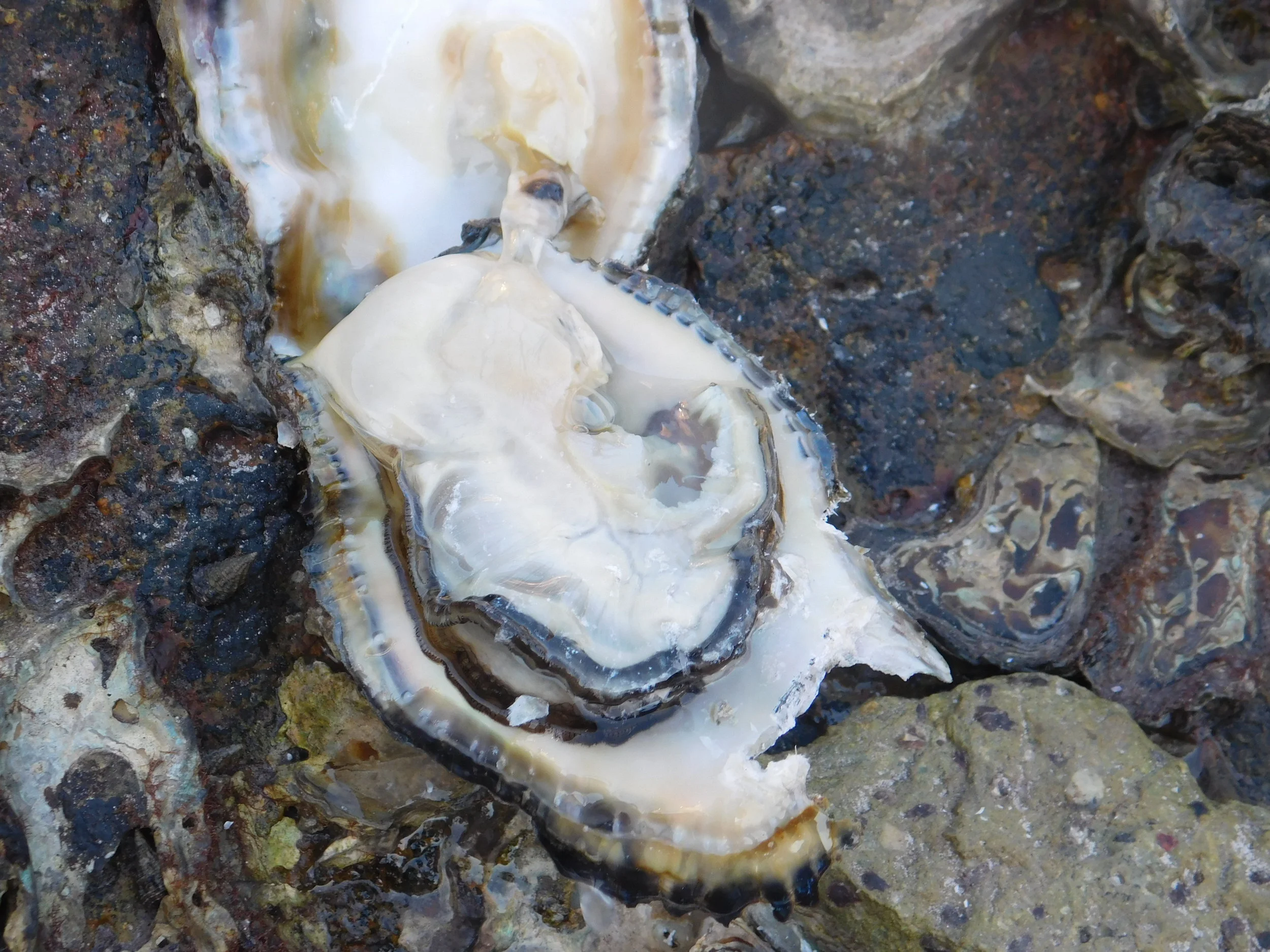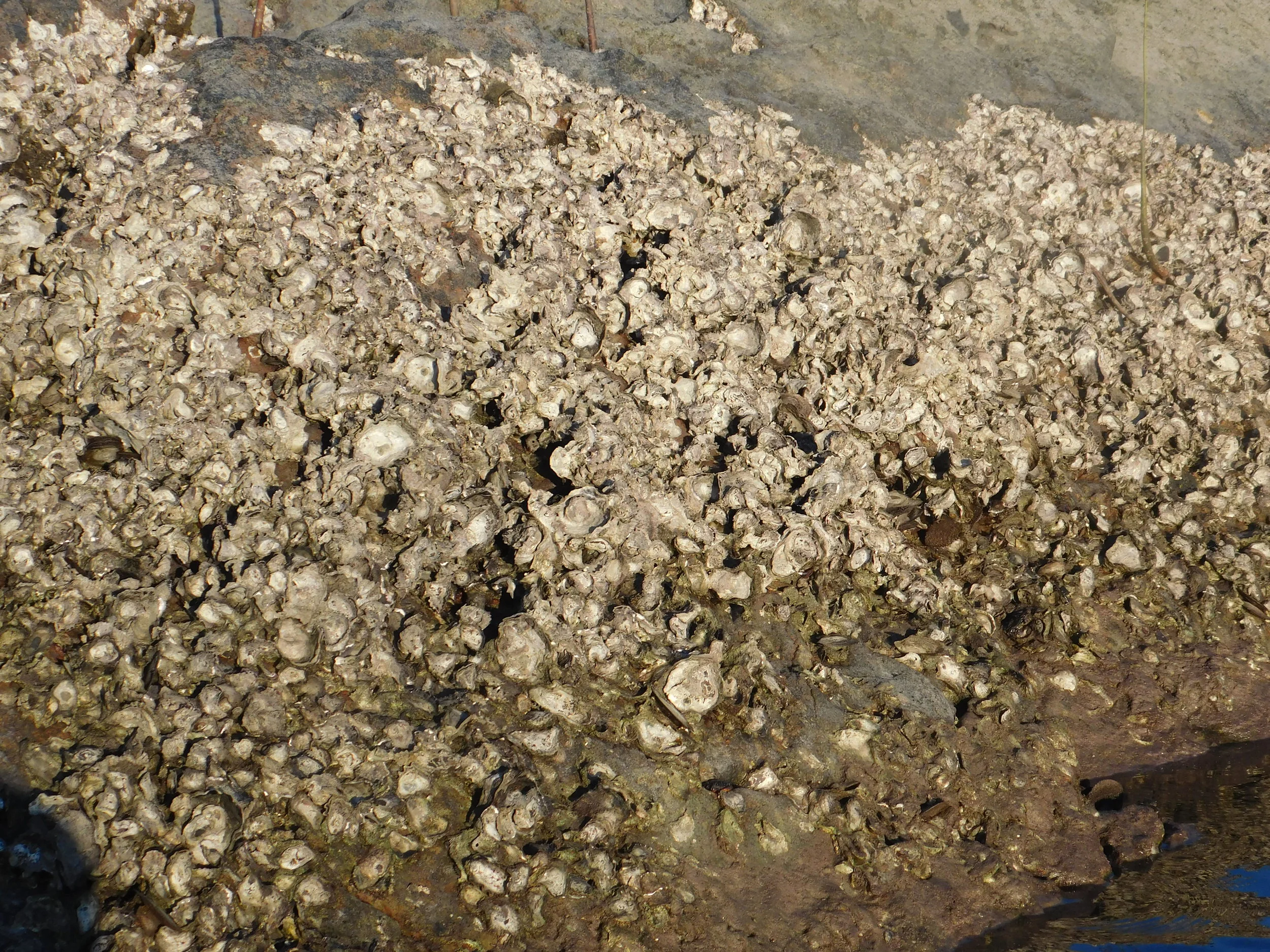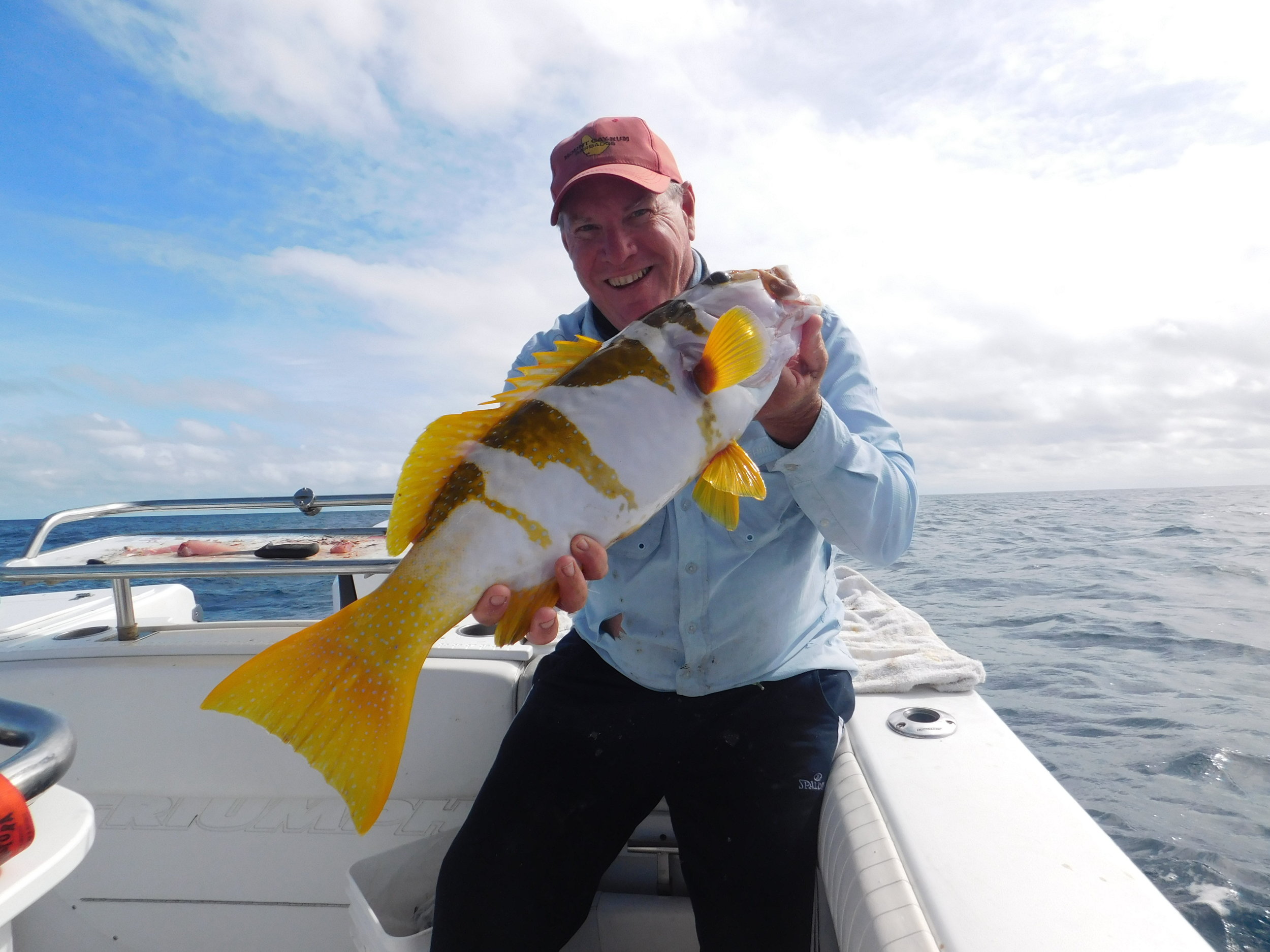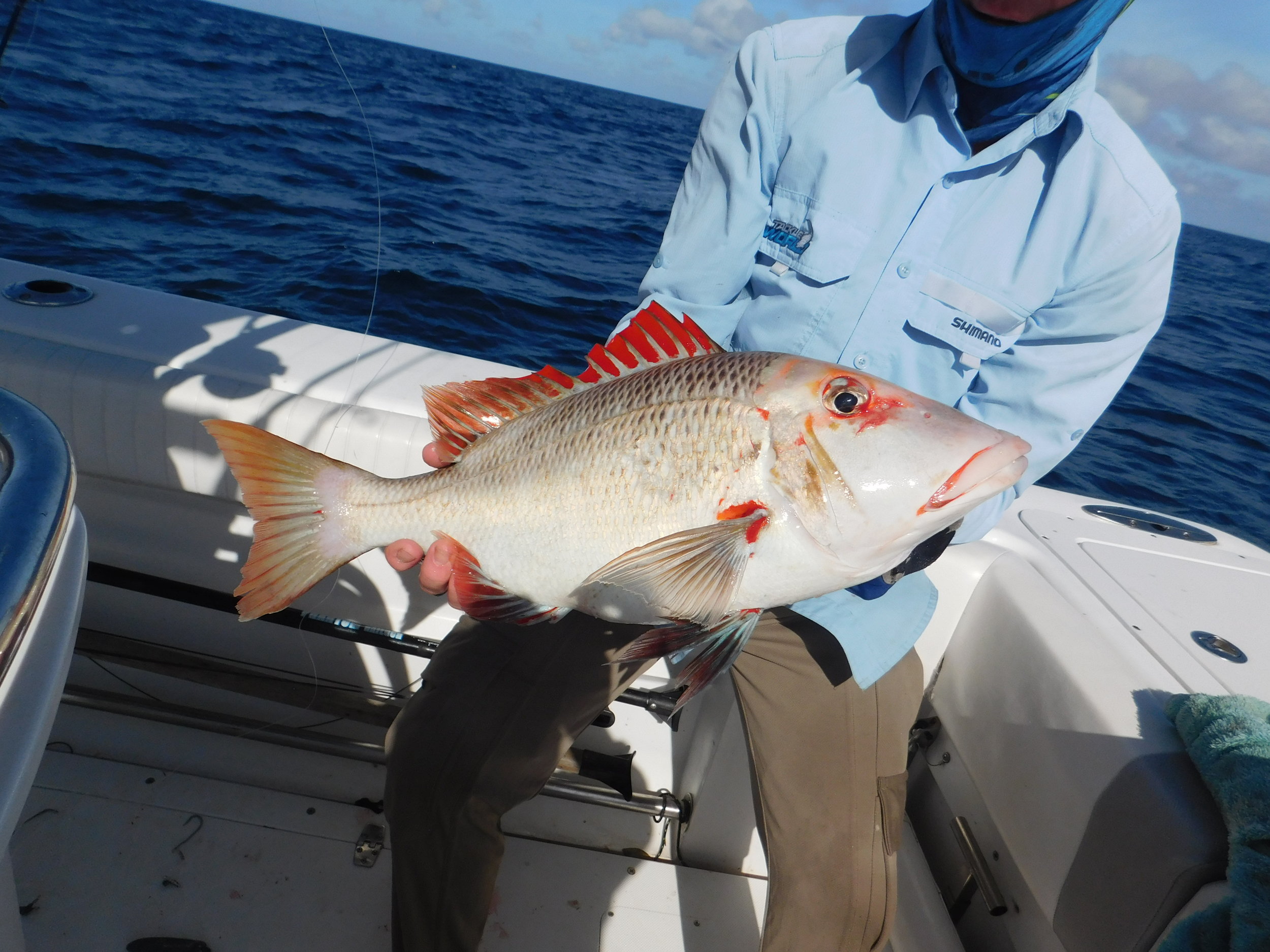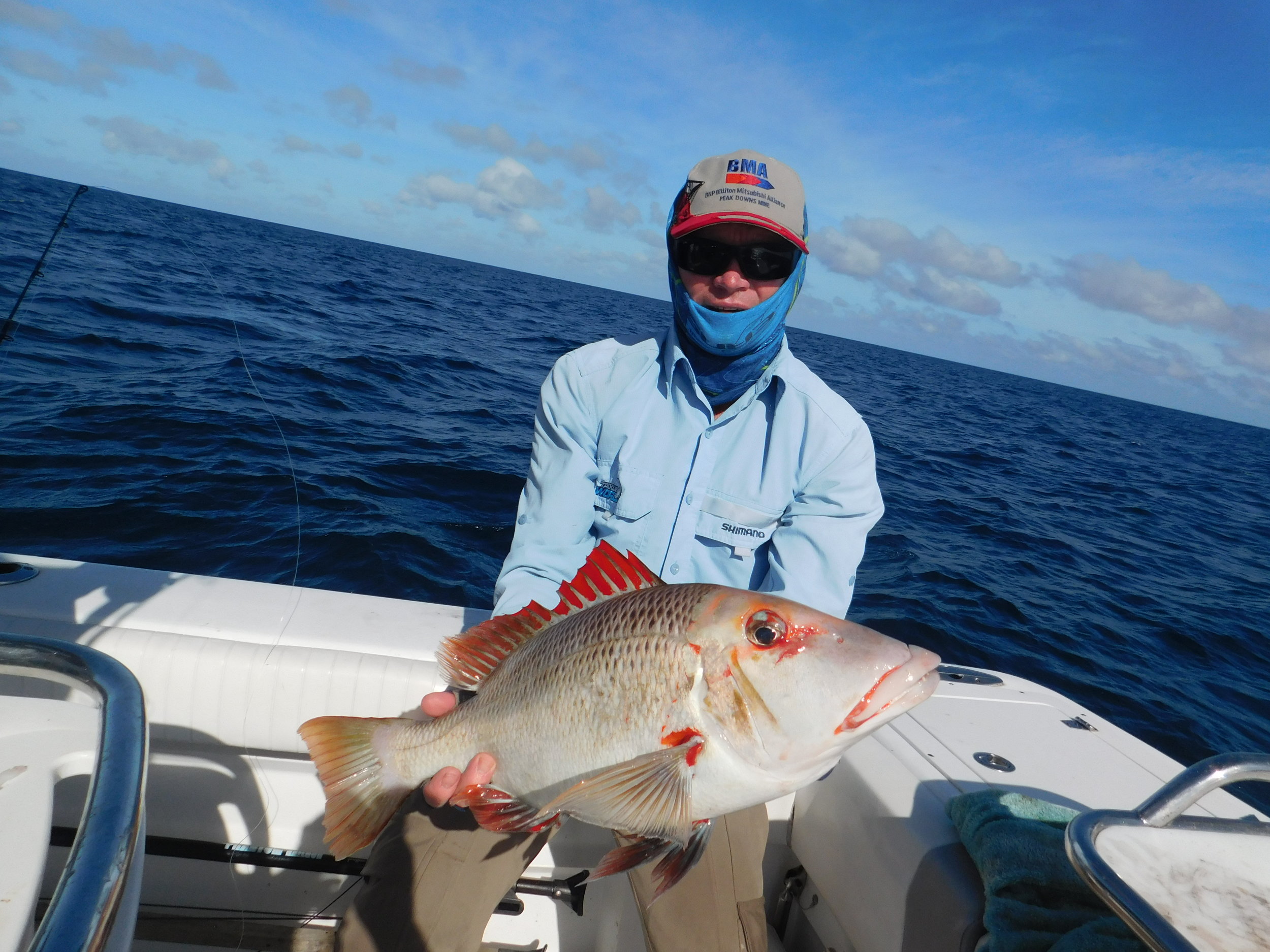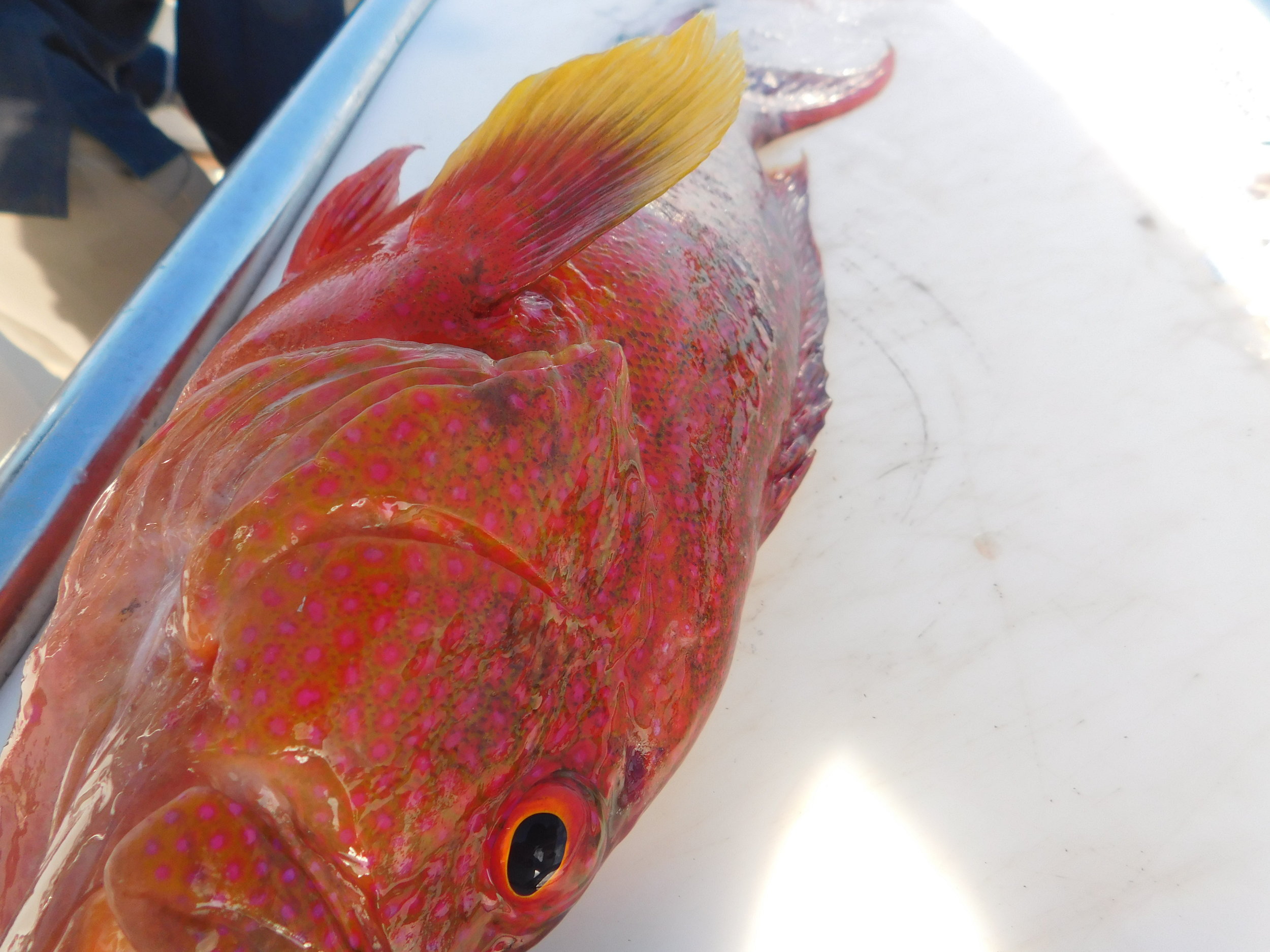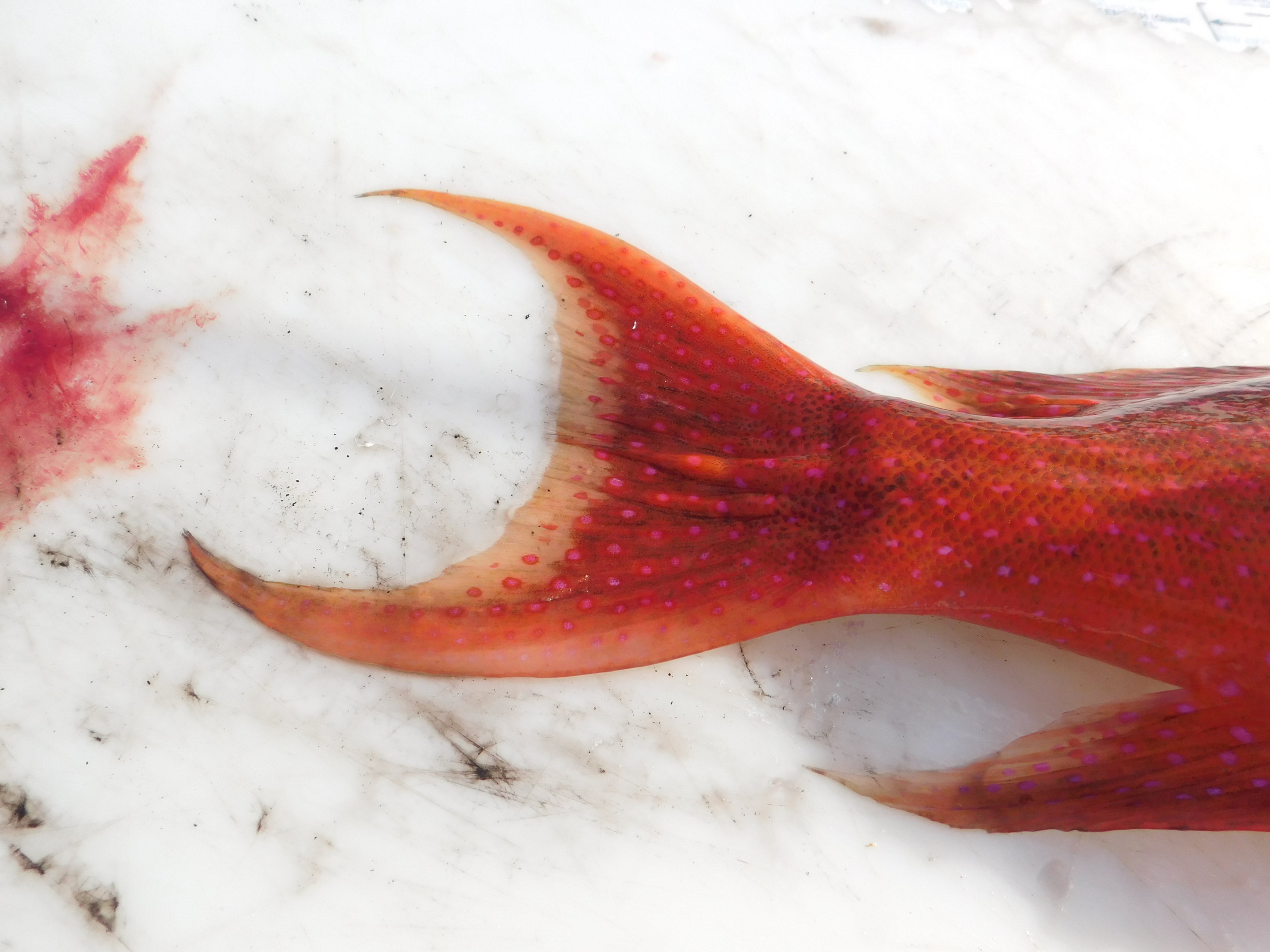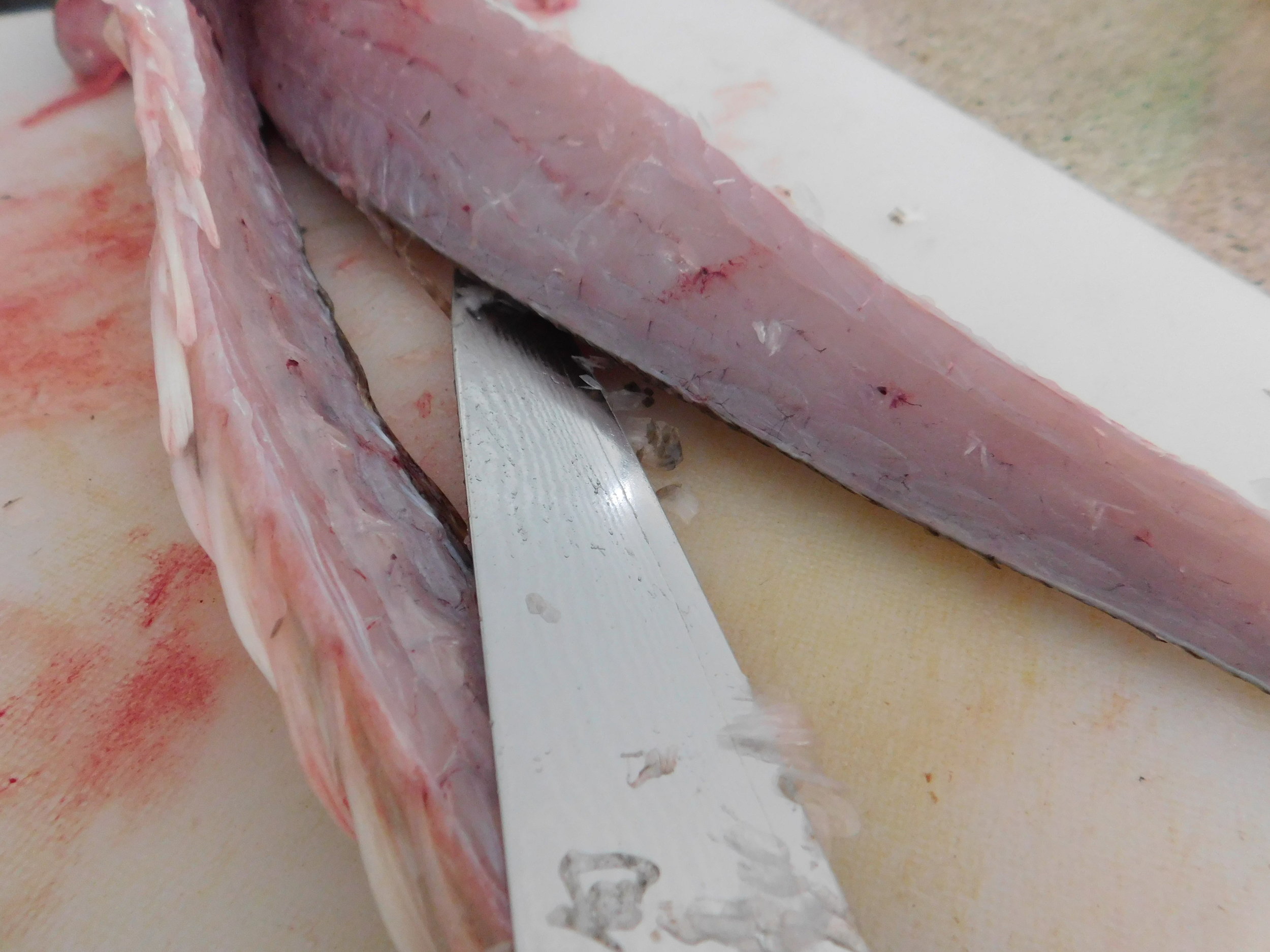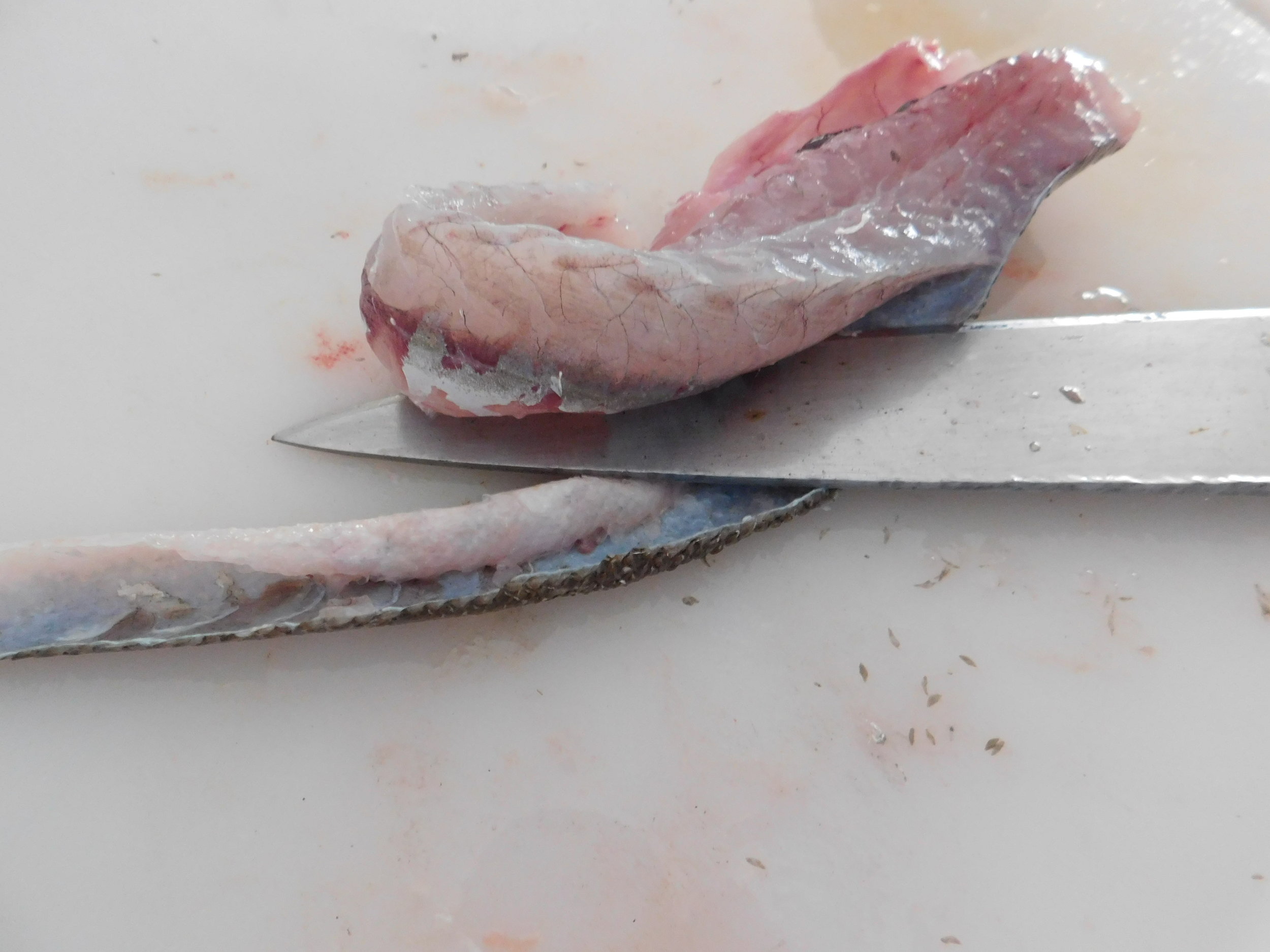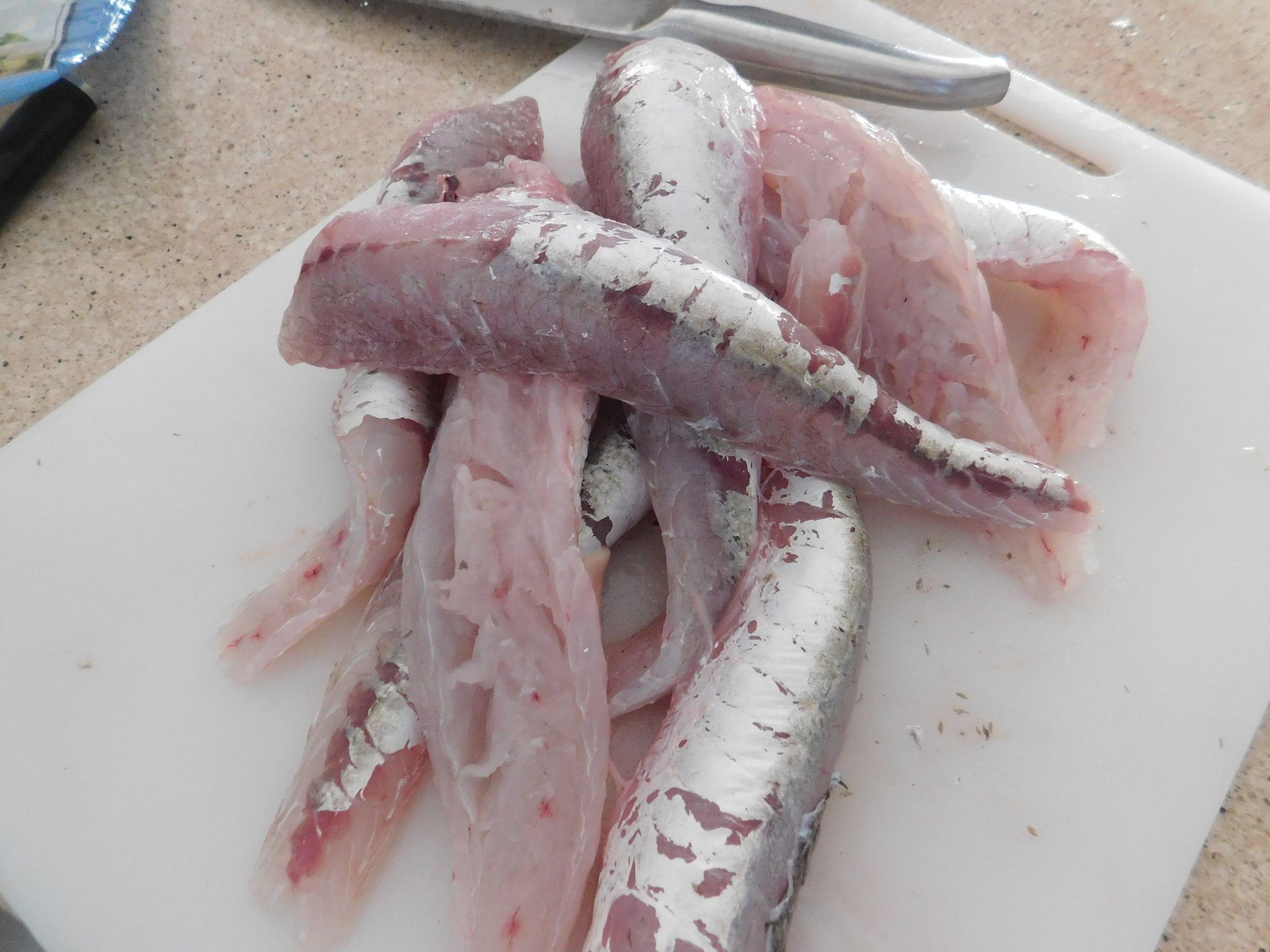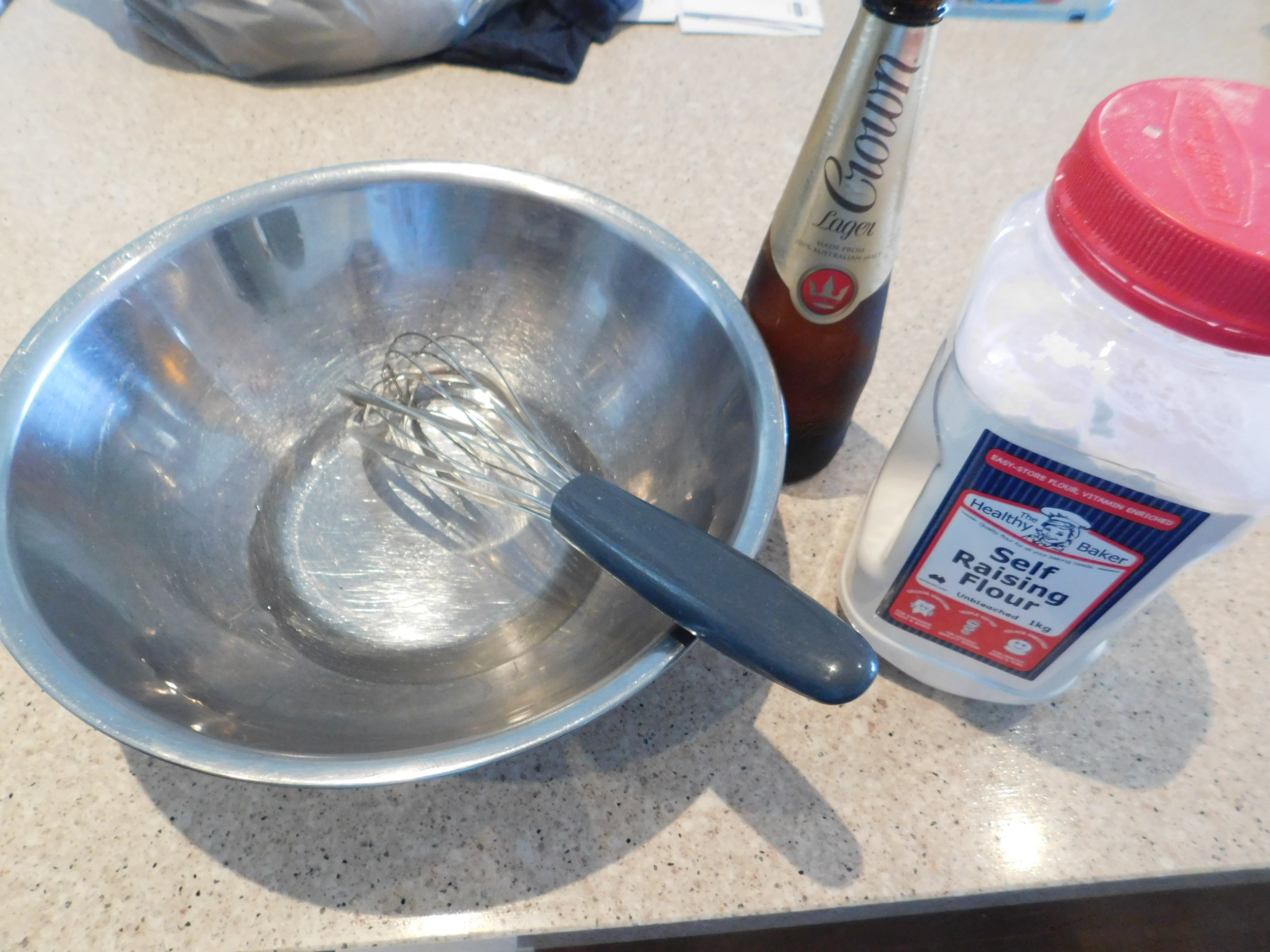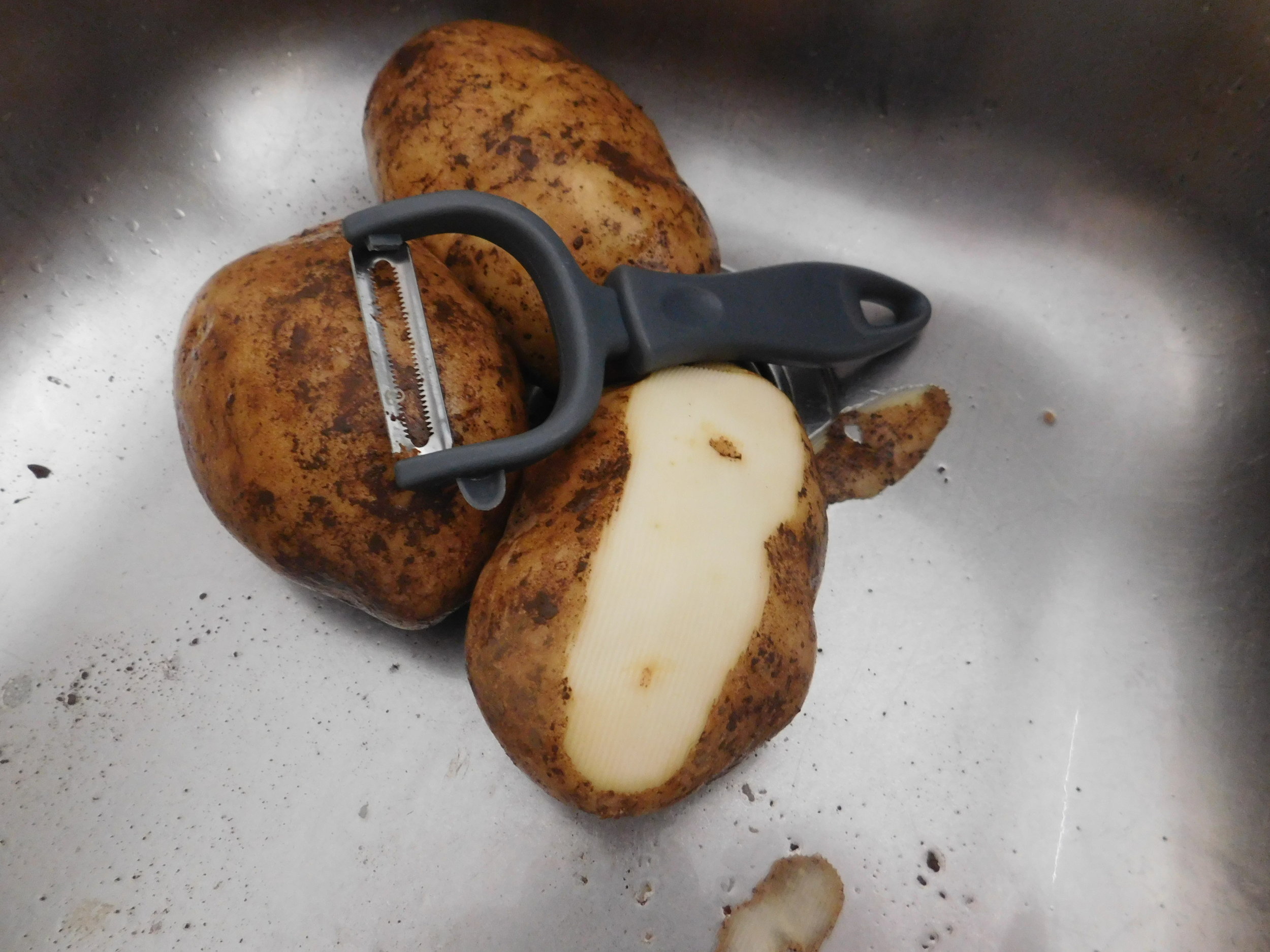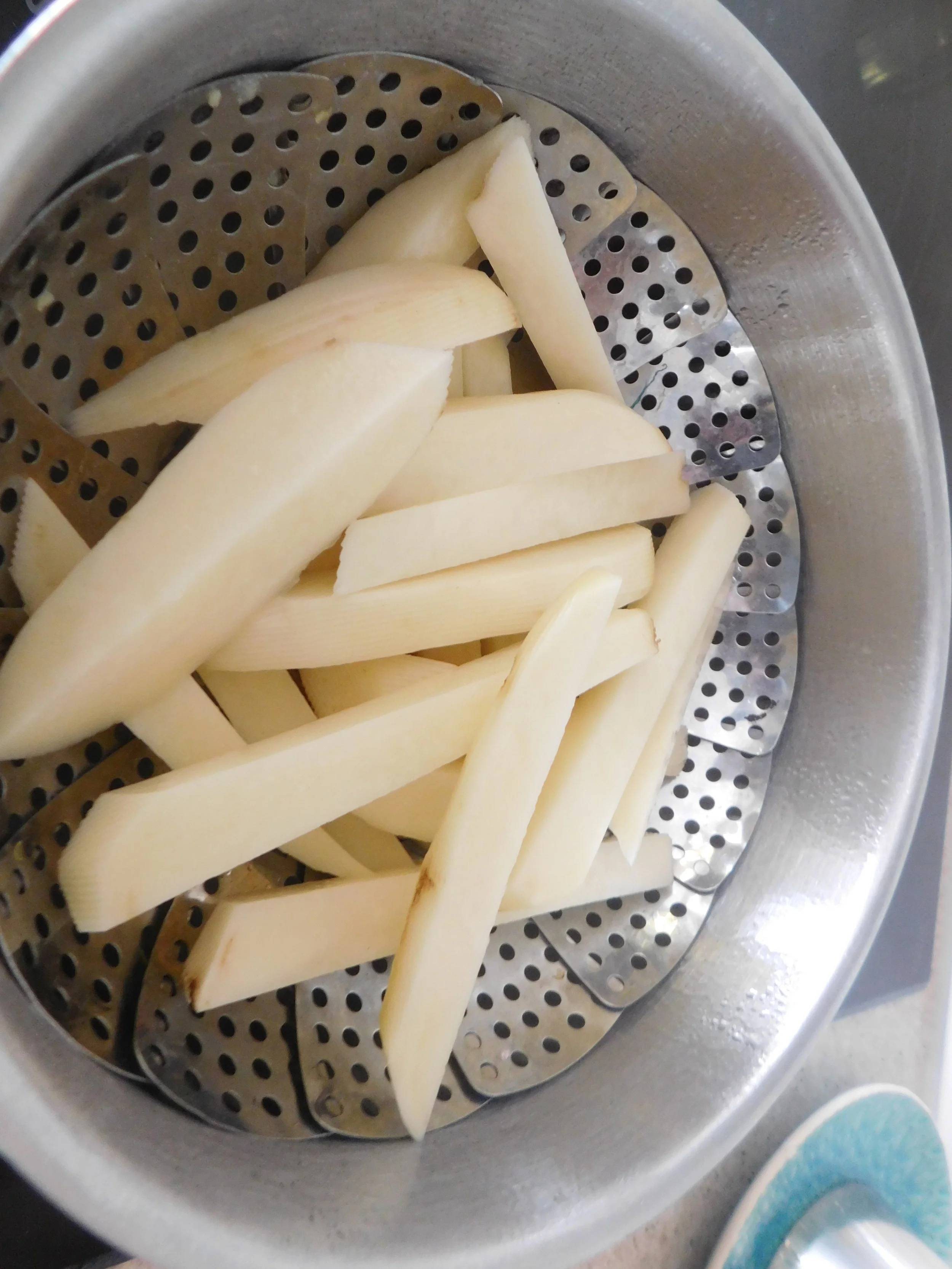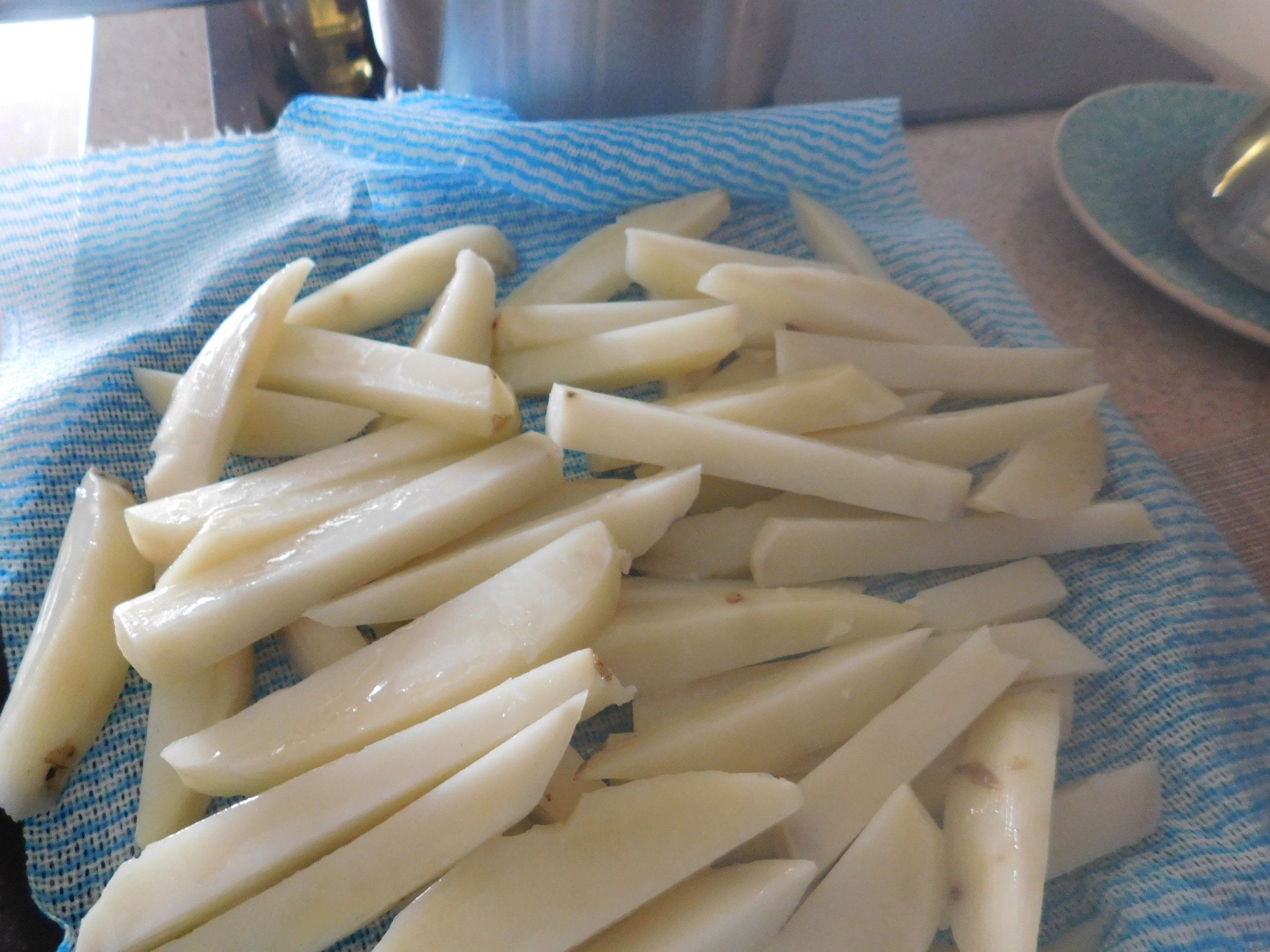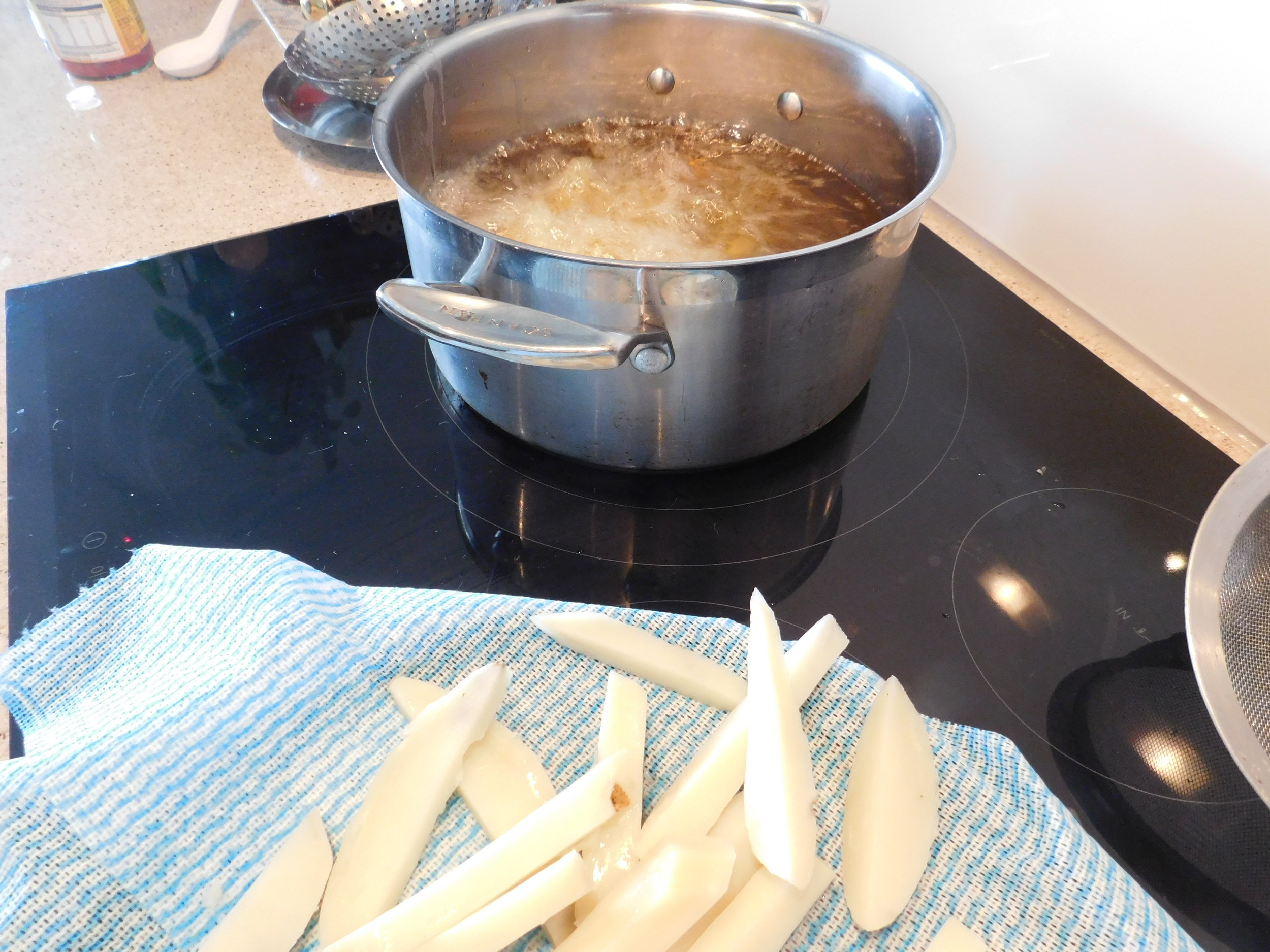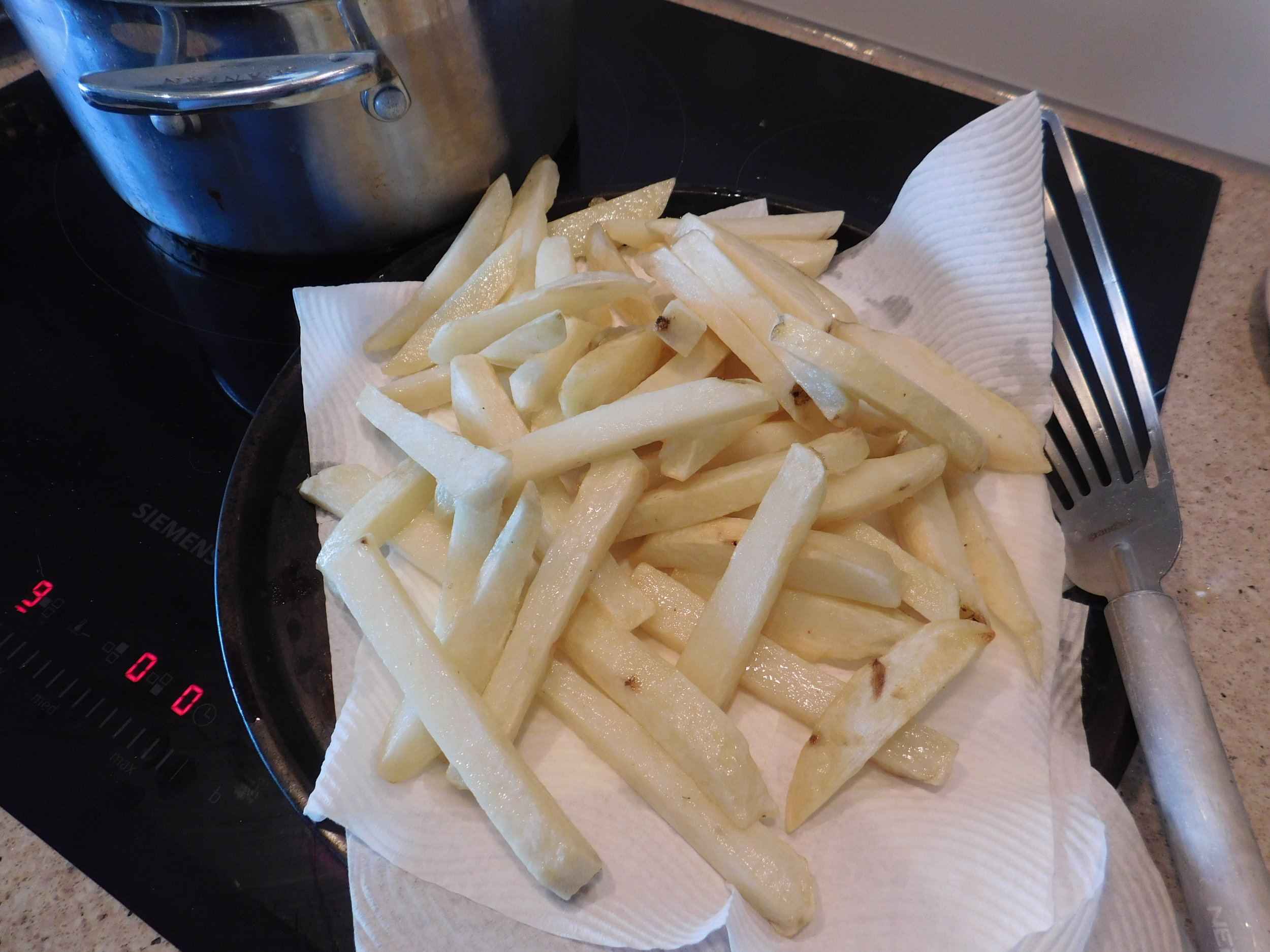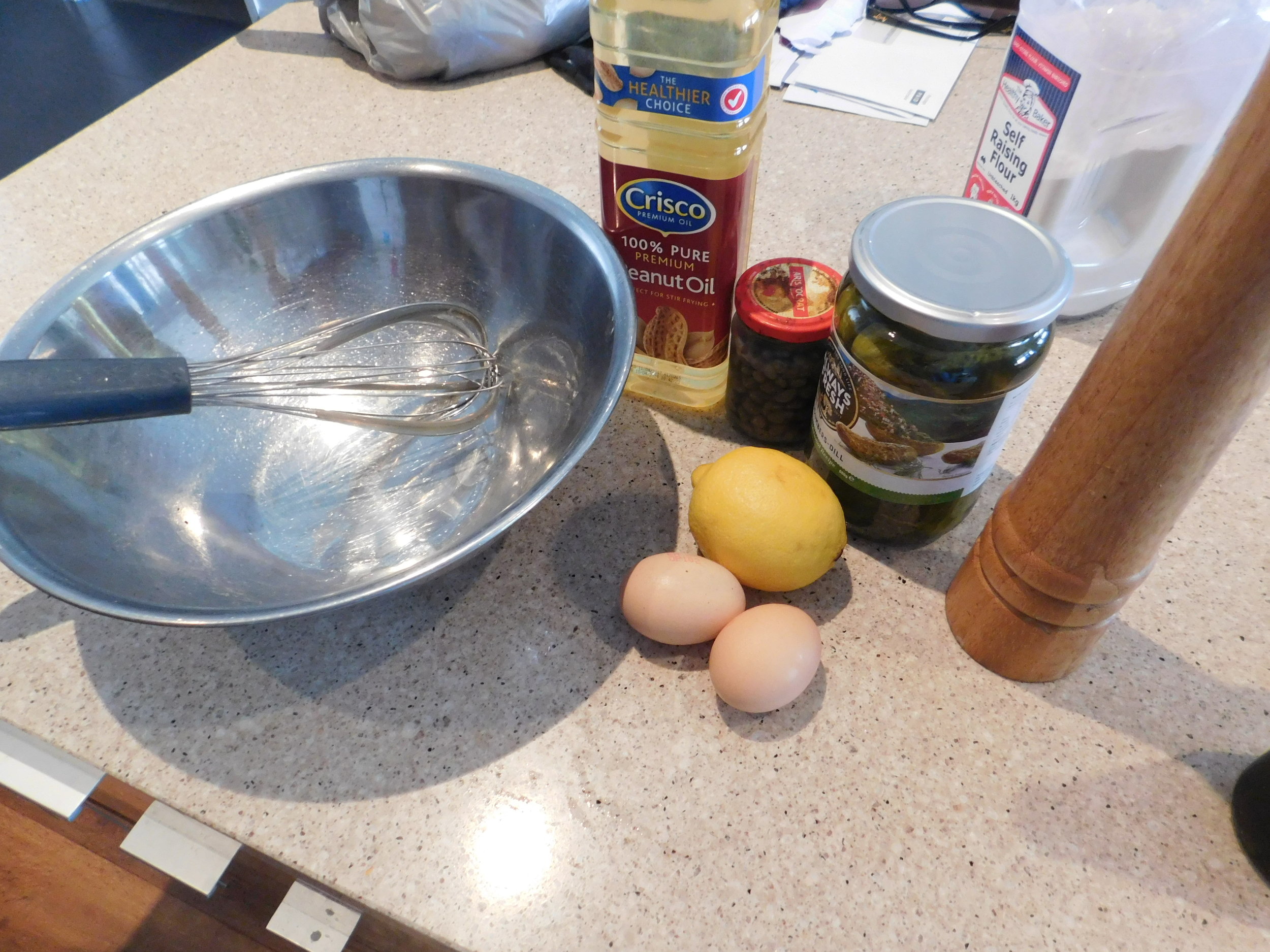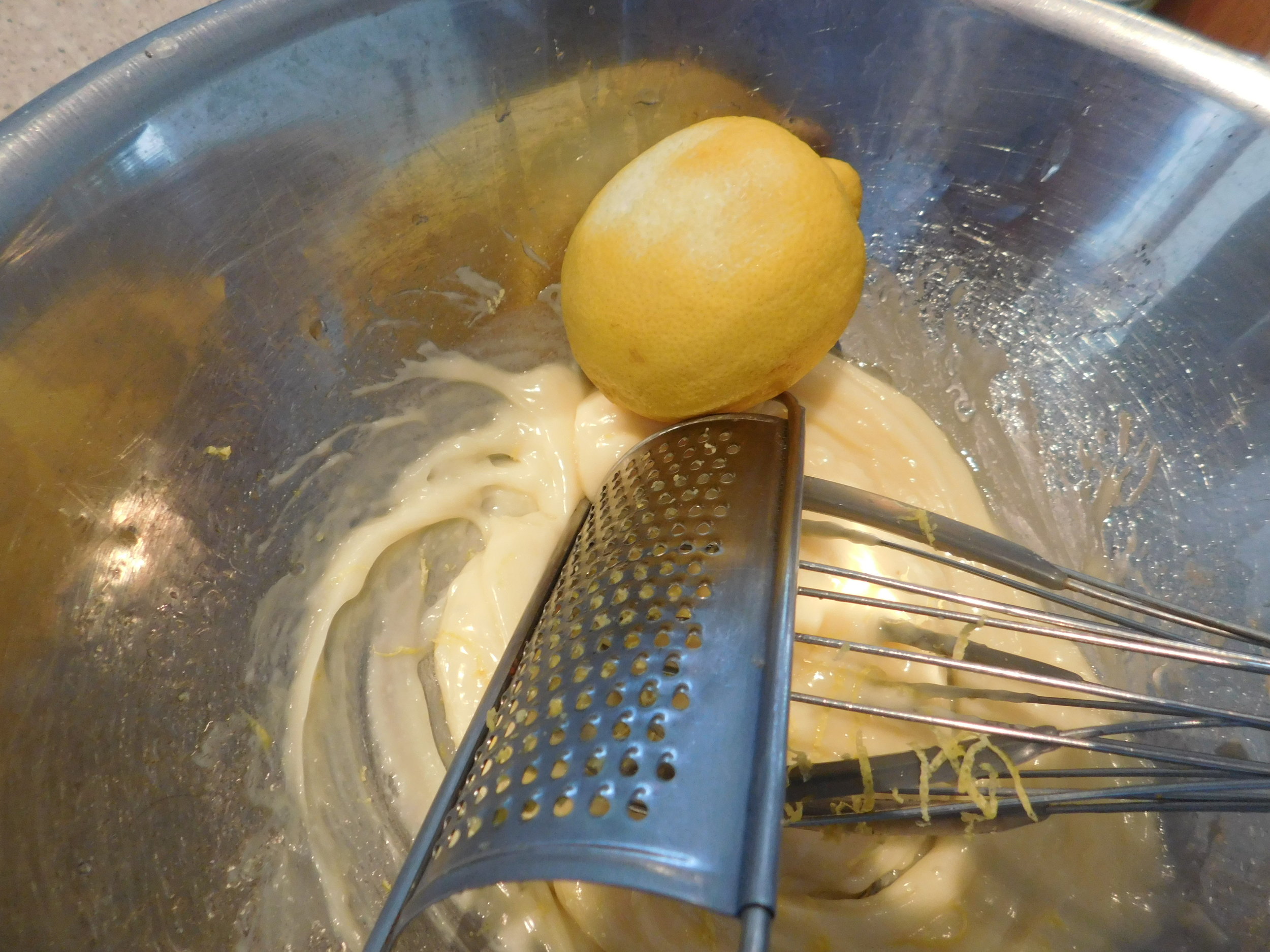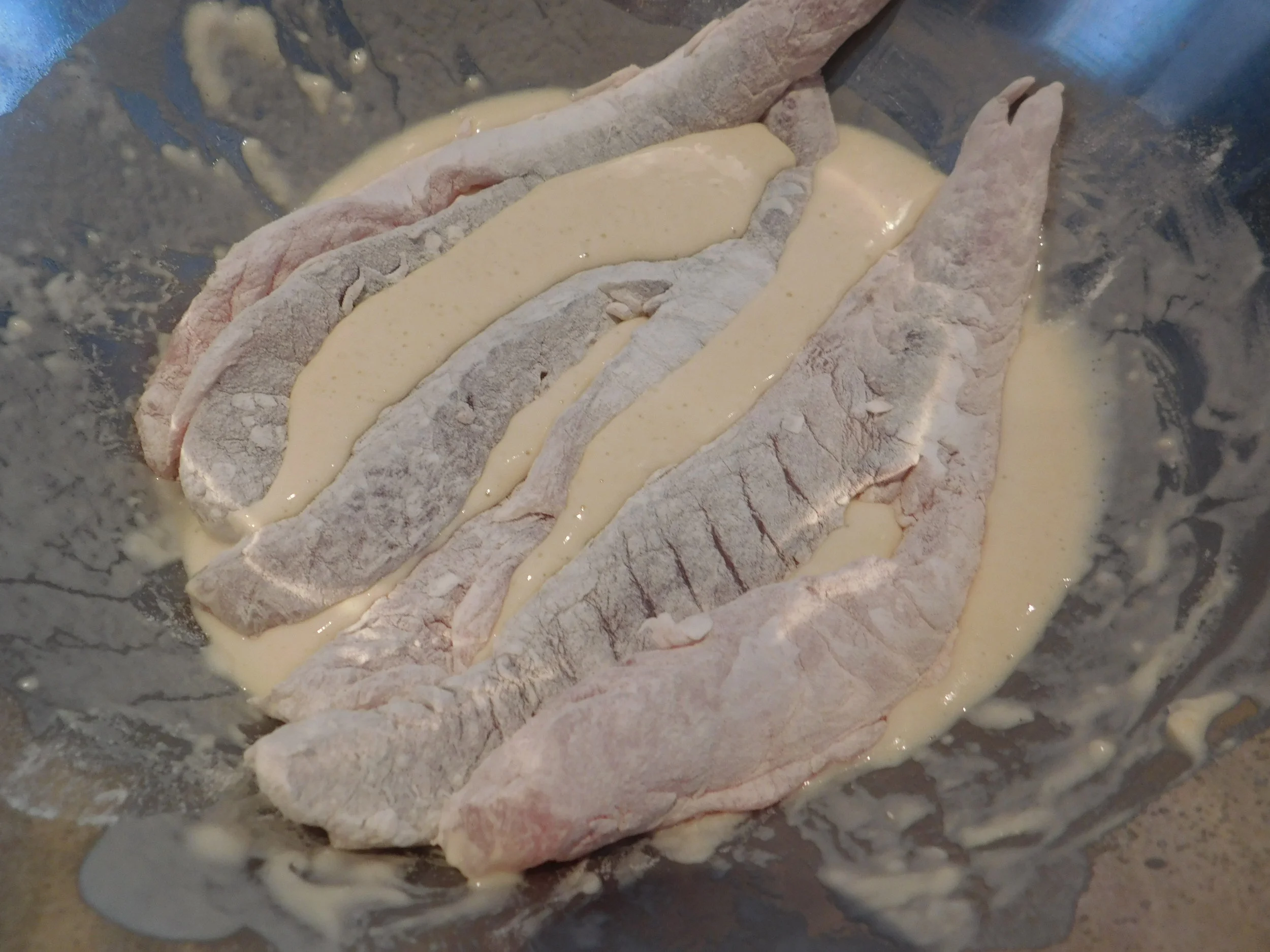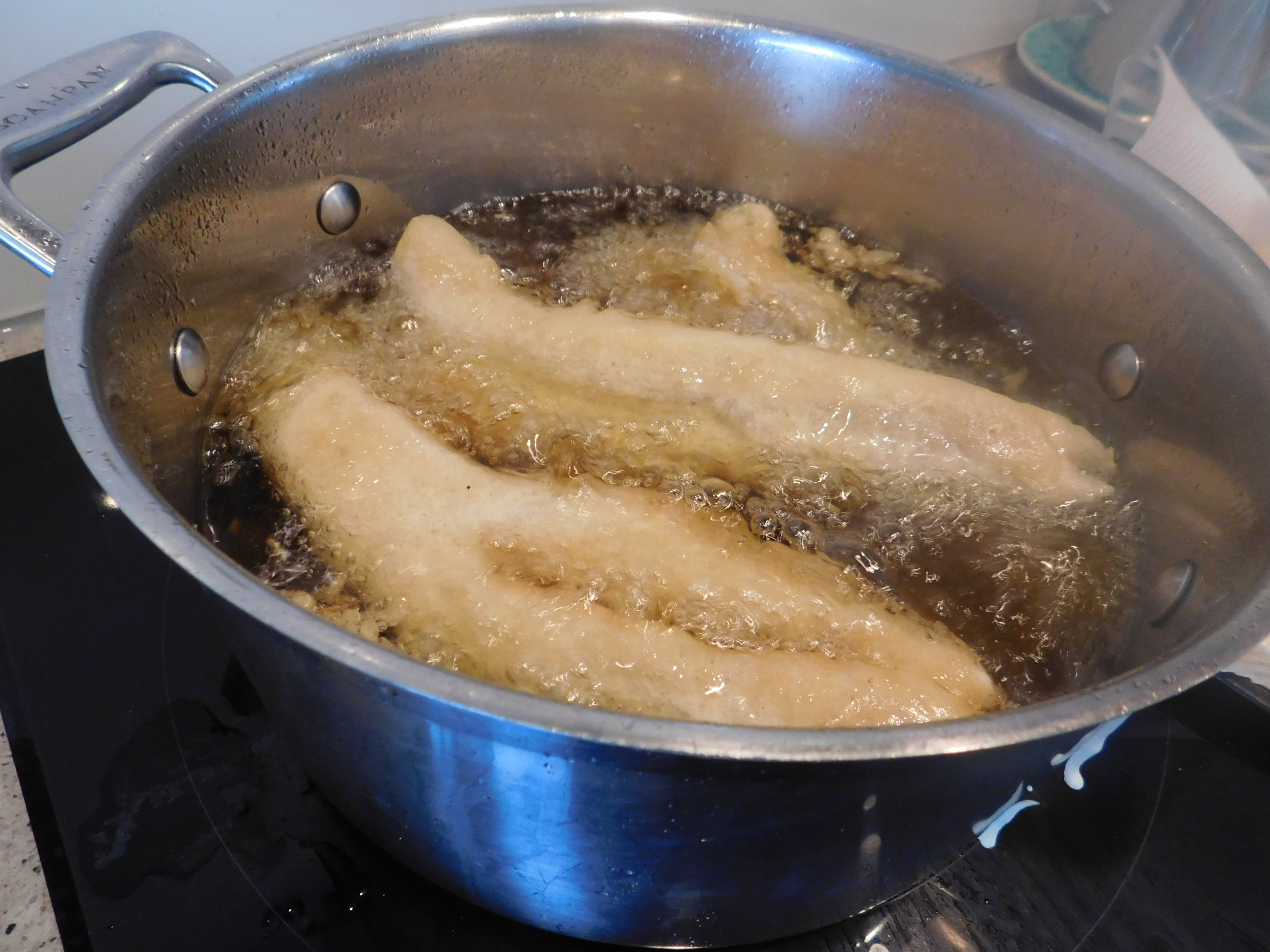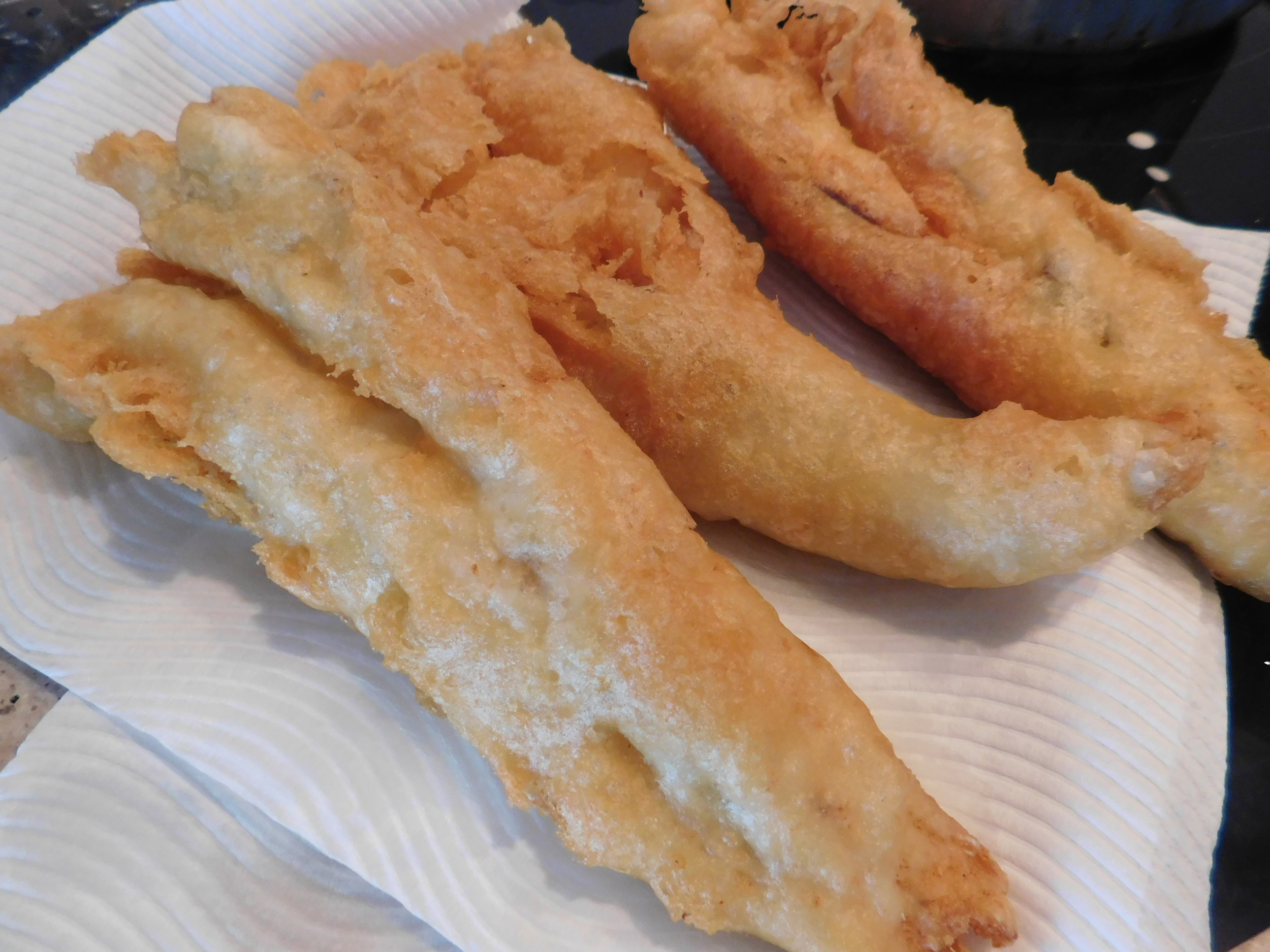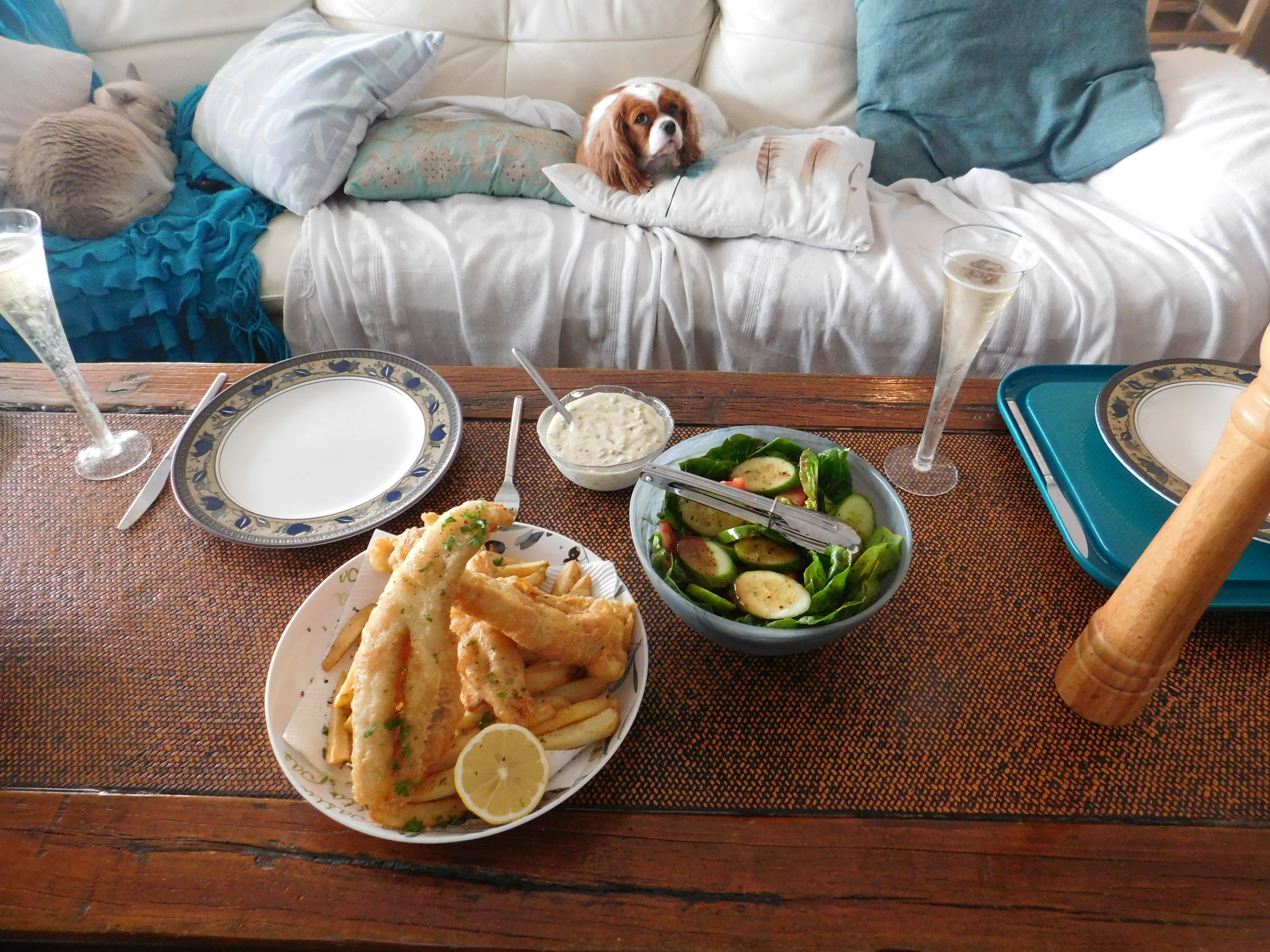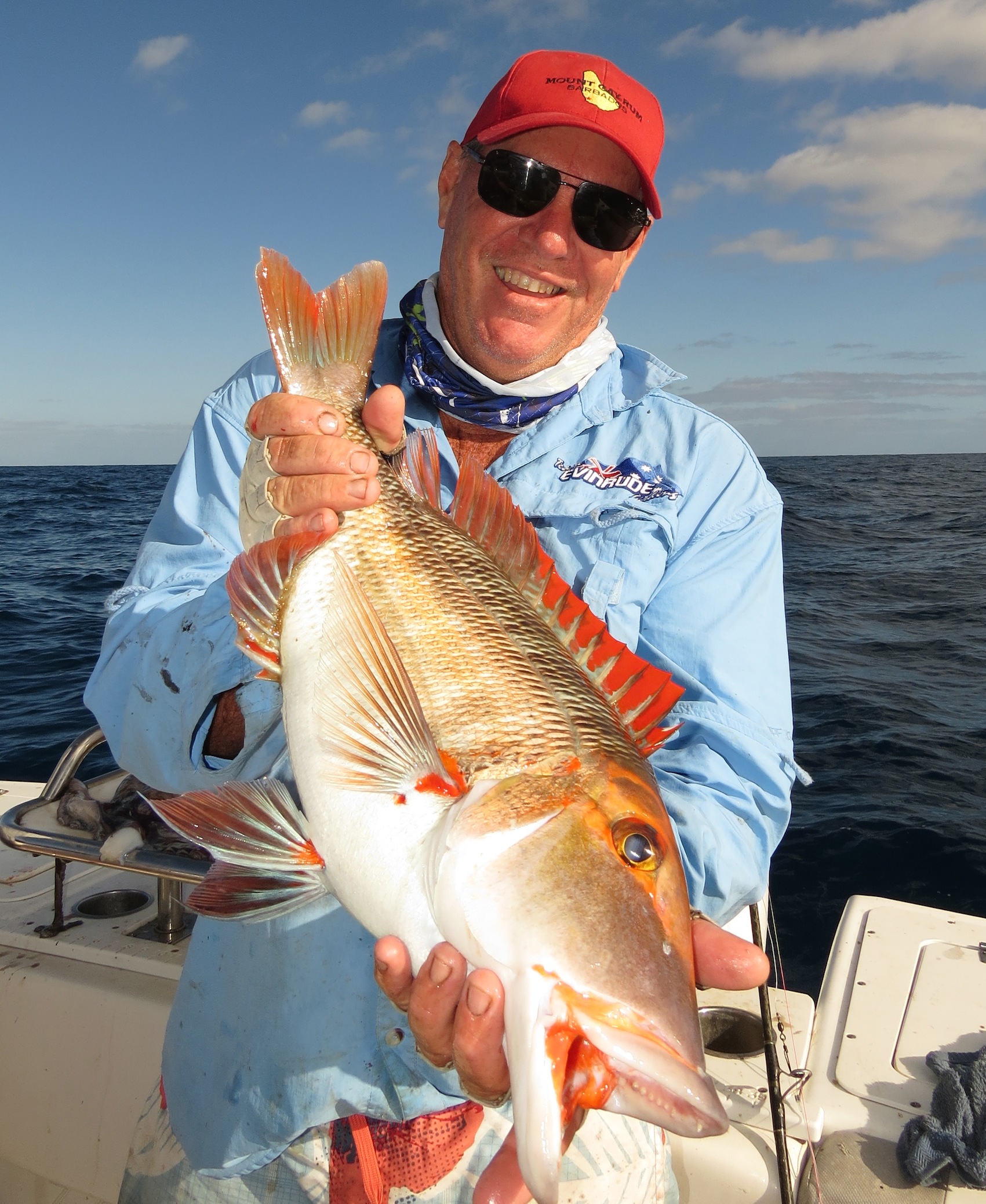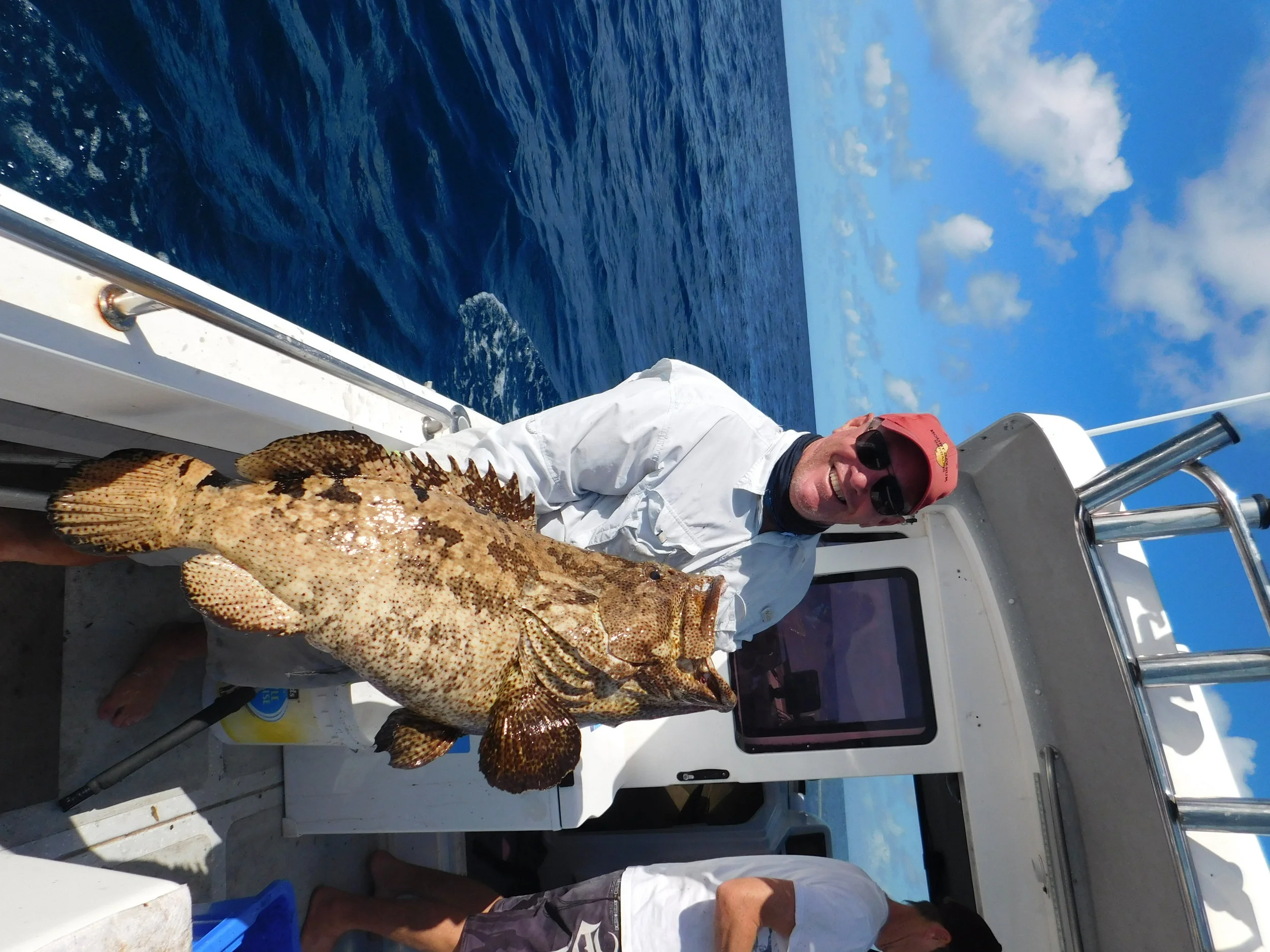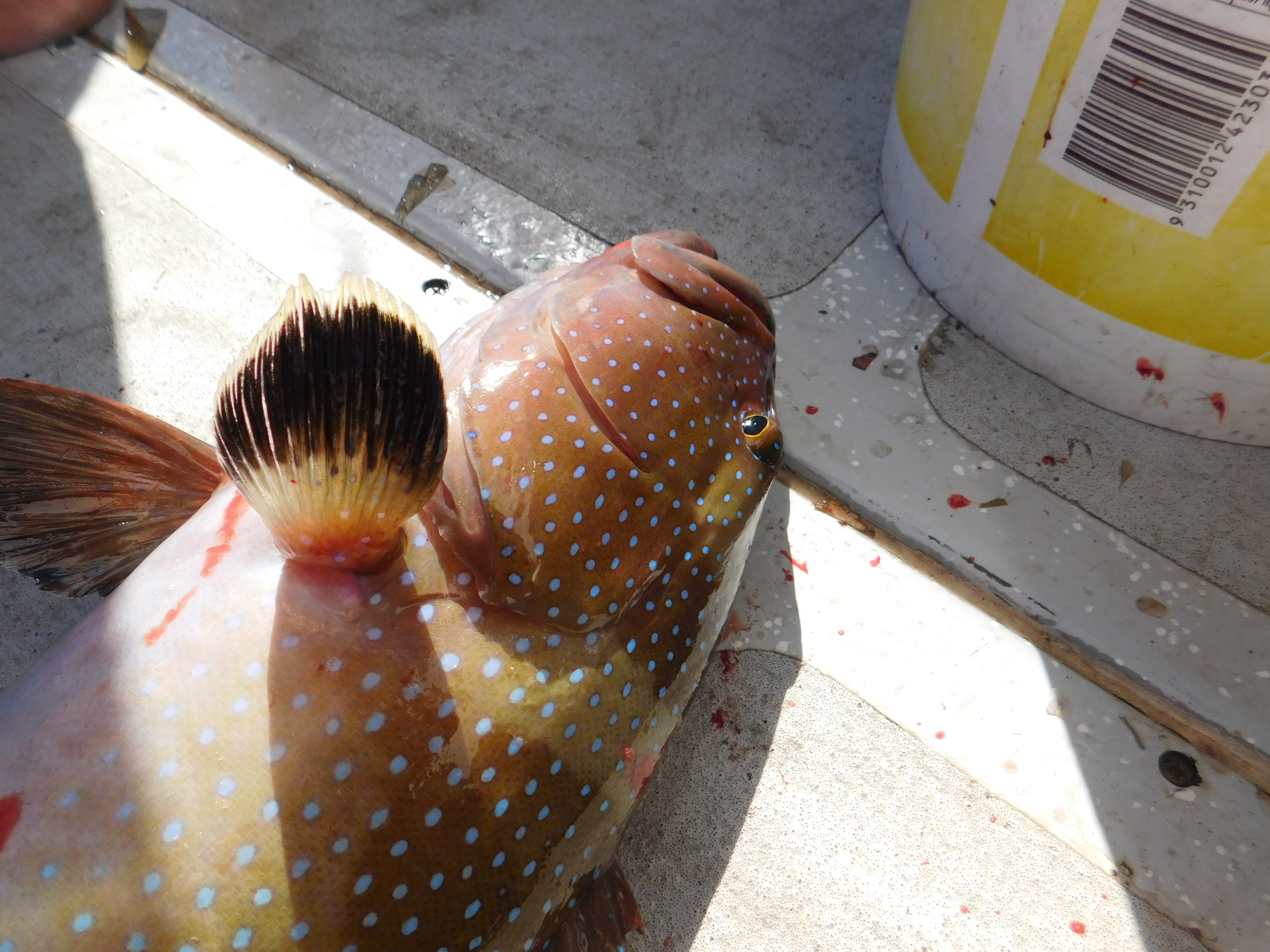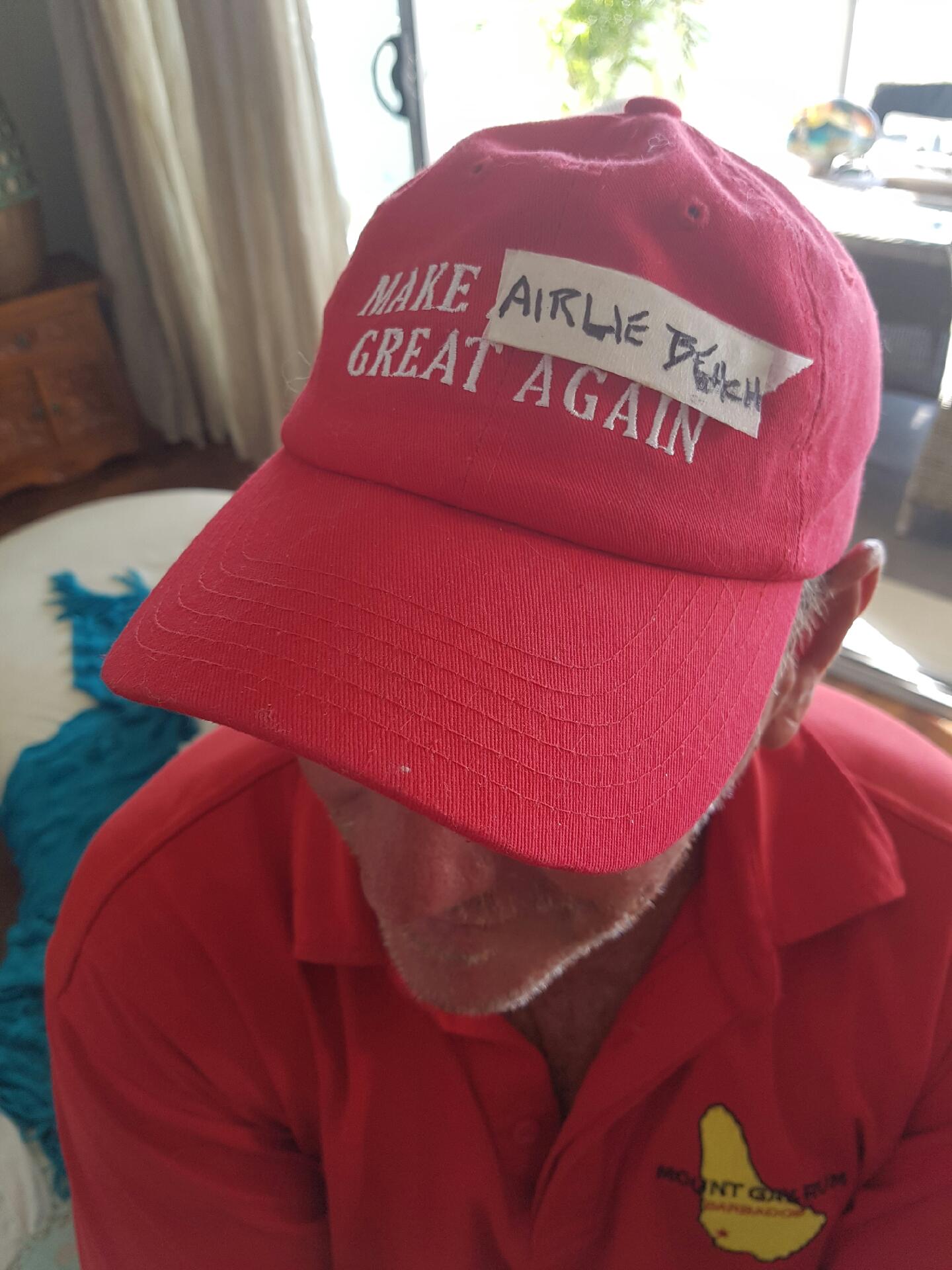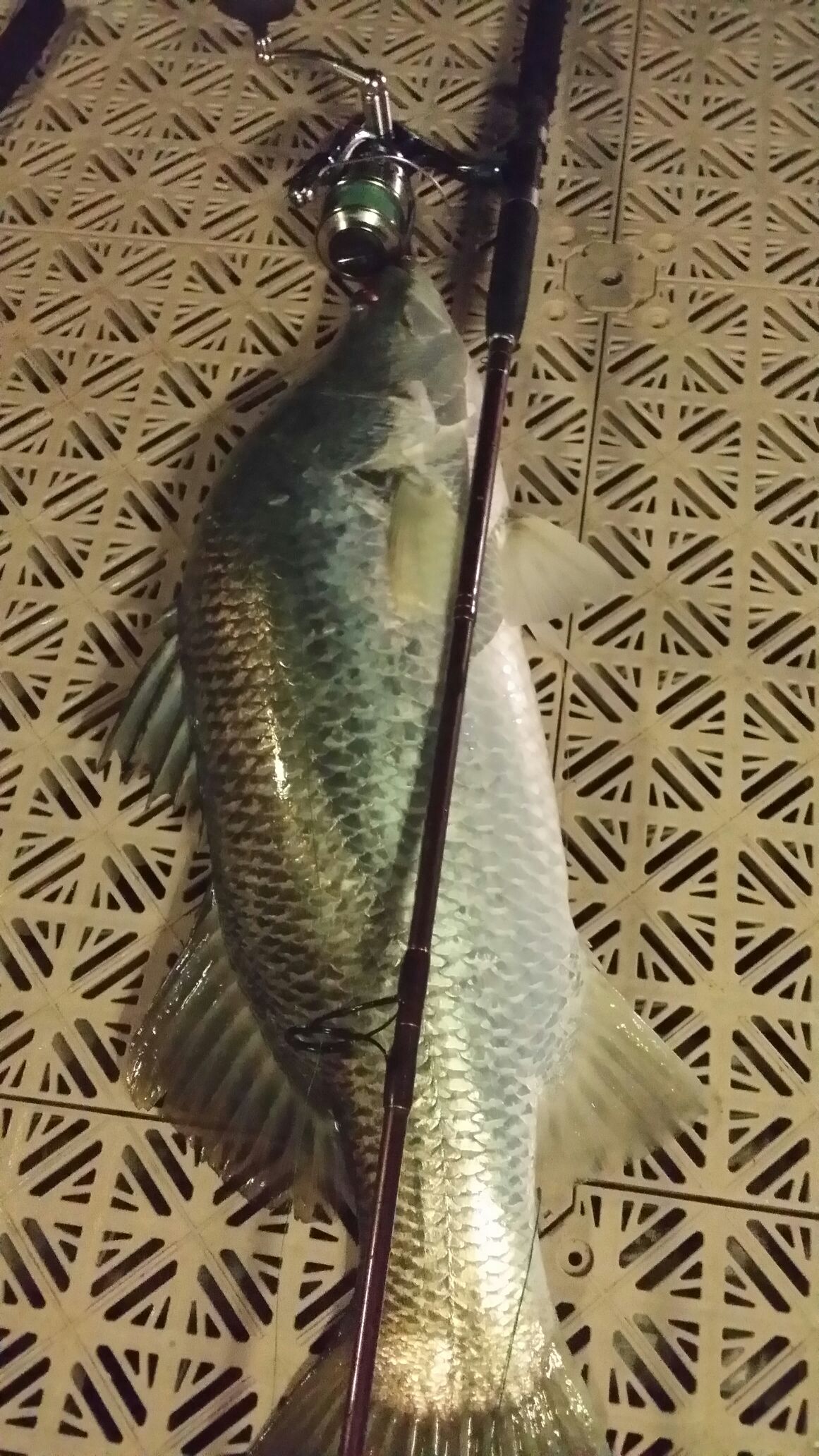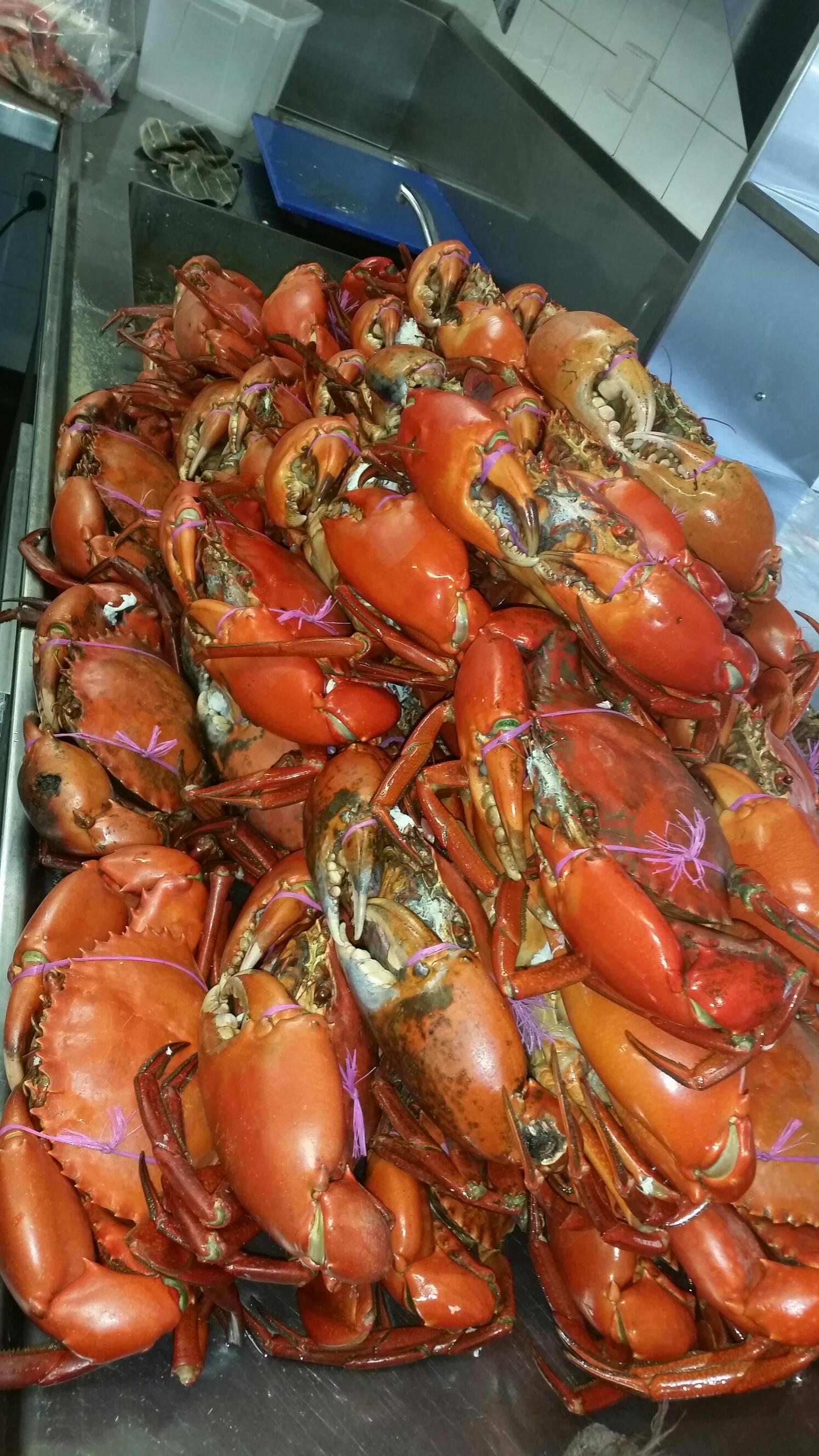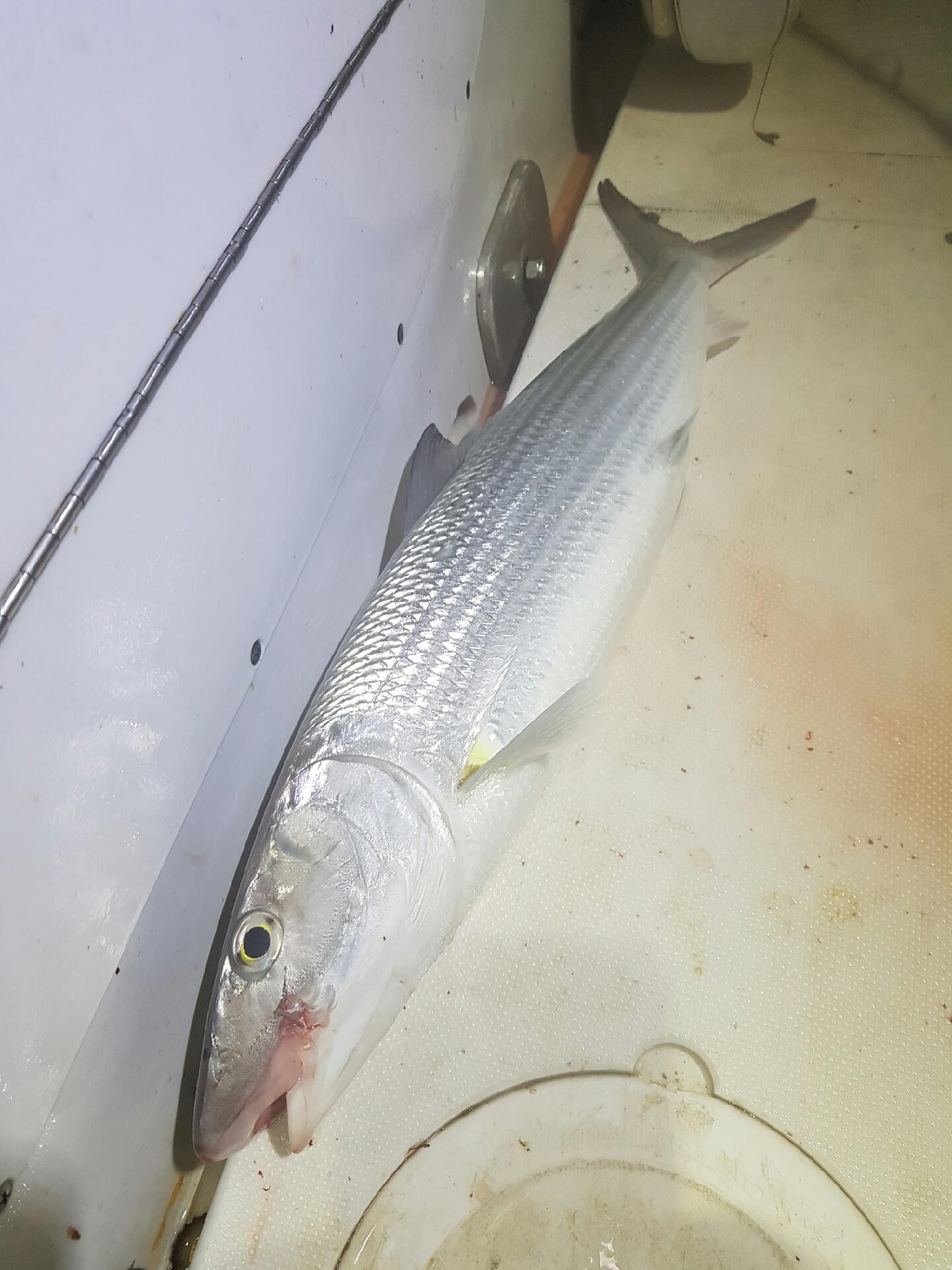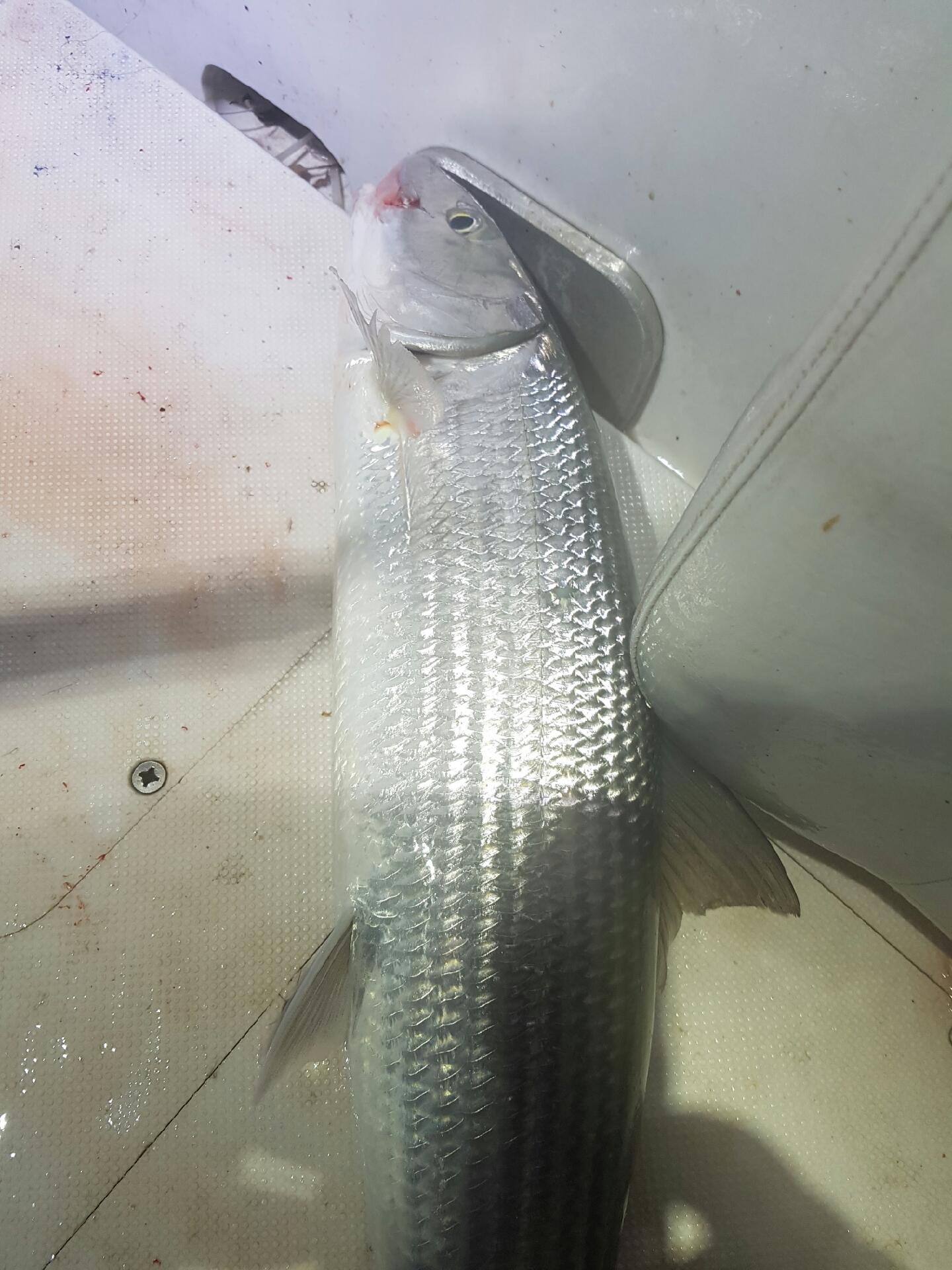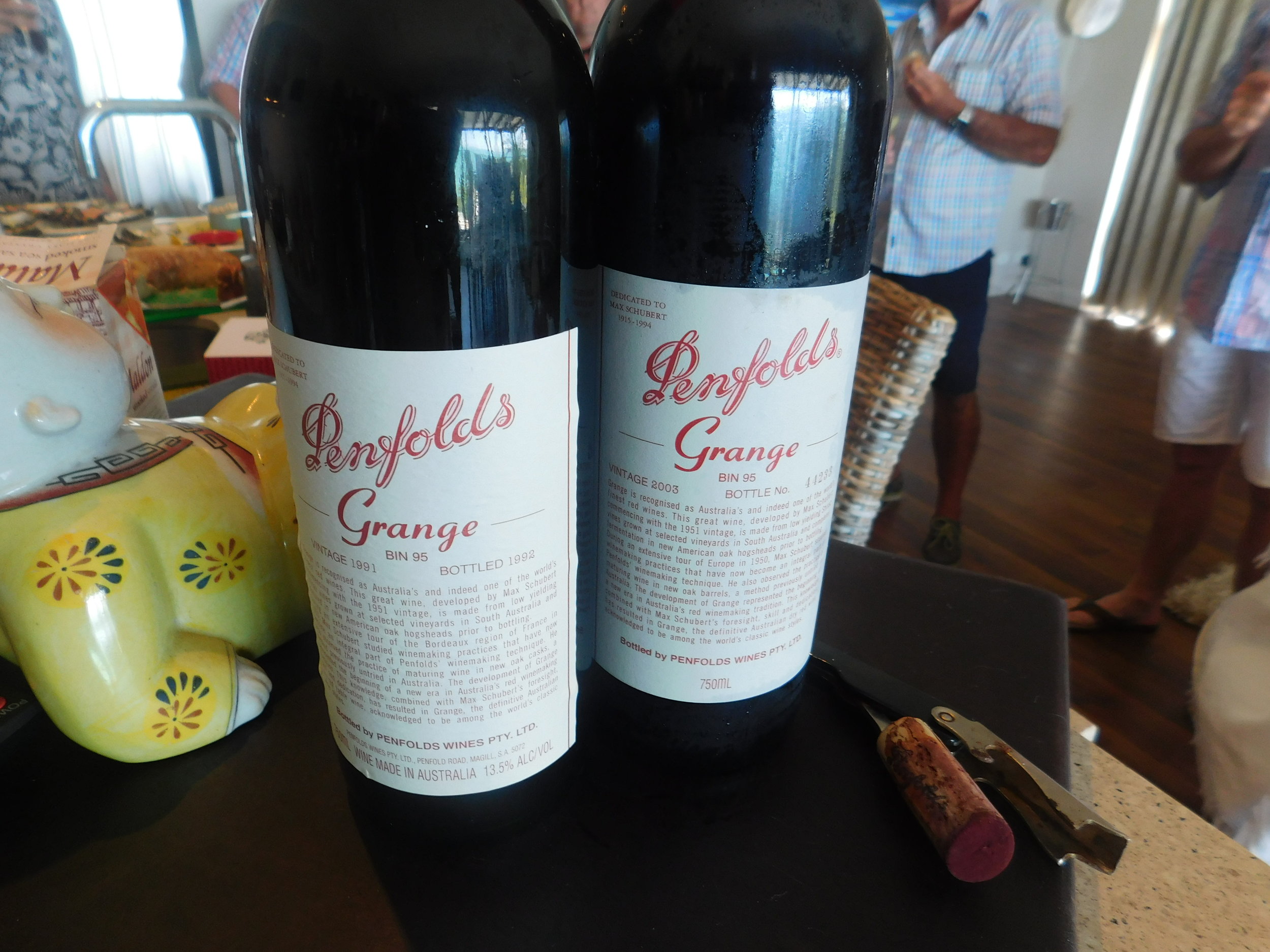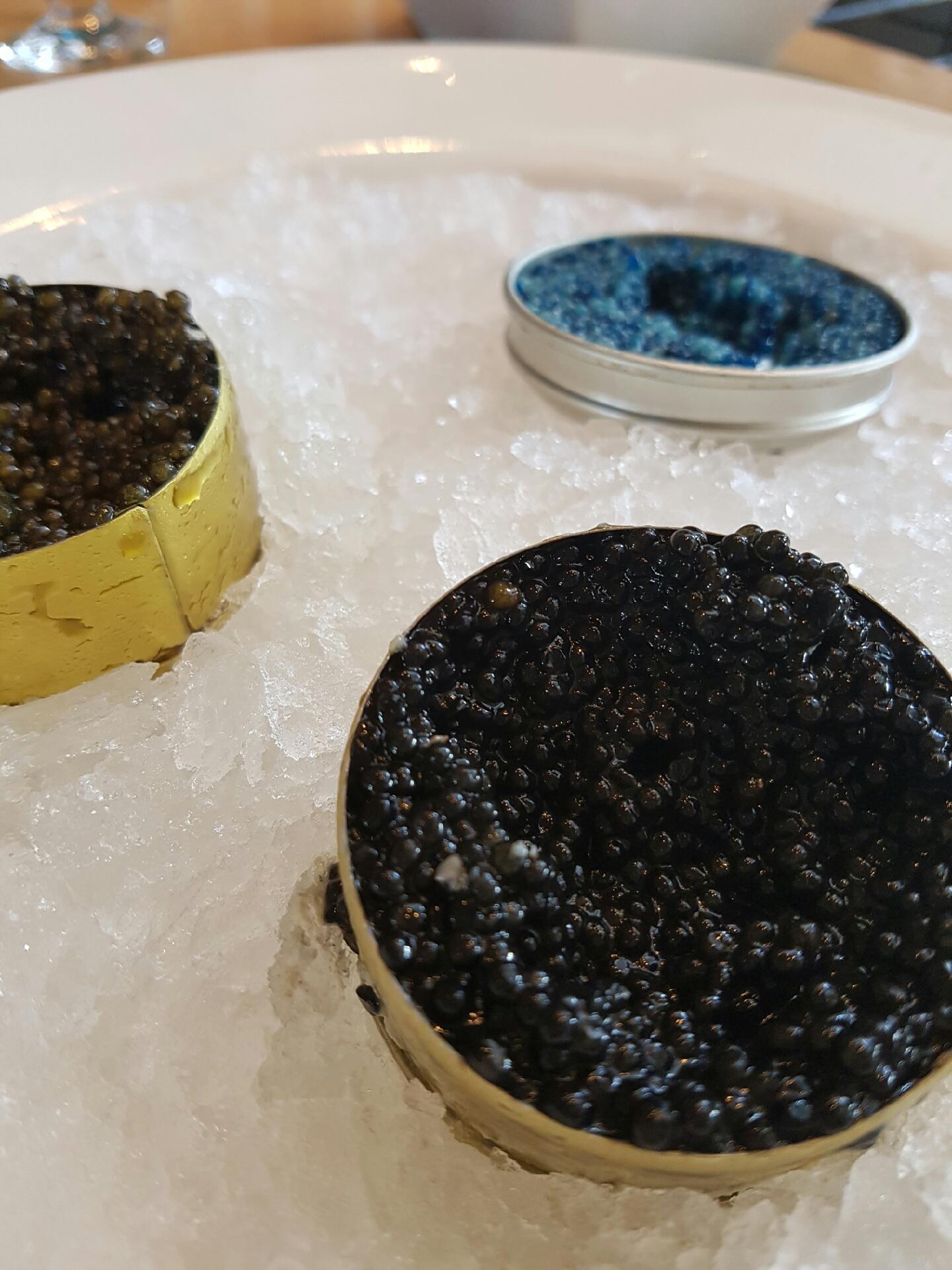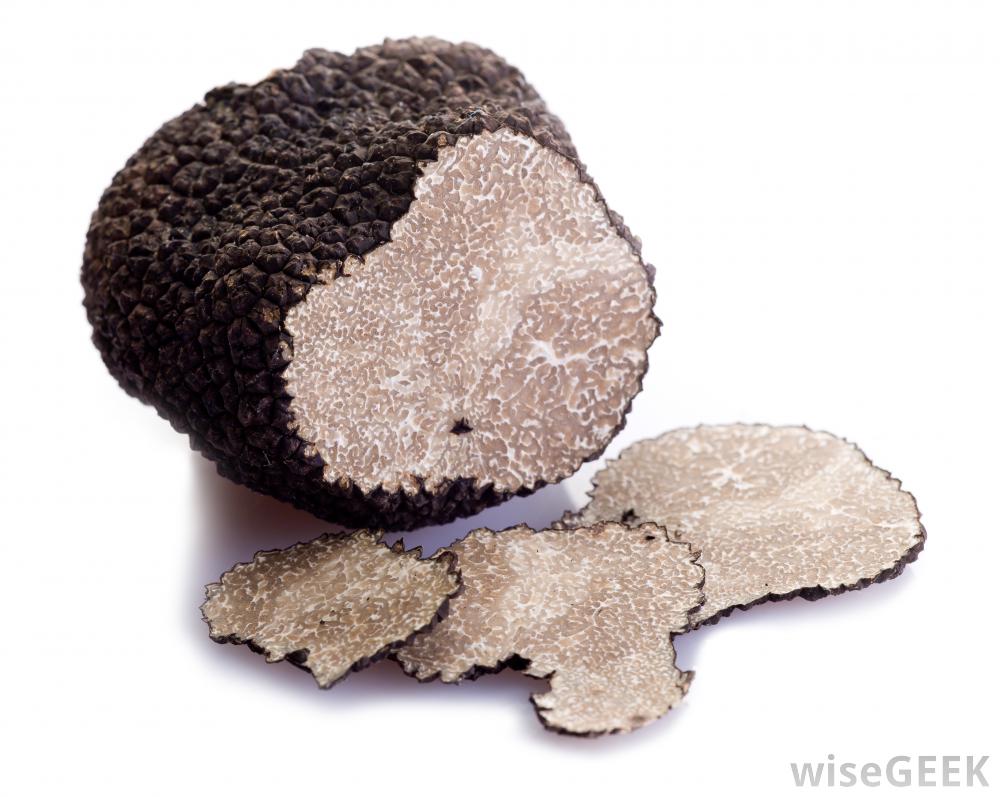,With retirement on the horizon last year we had a management planning session where I made a flippant comment about wanting to be sitting under a coconut tree in the Bahamas, drinking a cocktail and reading a management report on my laptop. It was said as a metaphor for where we wanted the business to be, not with any intention of ever going to the Bahamas, but, a funny thing happened in March. I was sitting under a coconut tree, in the Bahamas, drink Caribbean rum and reading a management report and had been lead there by my current obsession with catching Bonefish on salt water fly. After getting the bonefish bug in Kiribati in July last year and rebooking for 2 weeks in July this year I just could not wait a whole year so started you tube searching for the best bonefish destination in the world and all arrows pointed to South Andros Island in the Bahamas.
A bit of online chatter with the owner or Mars bay lodge, some help from Jess at Flight Centre and bingo. I was booked and on my way to one of the most enchanting experiences of my fishing life. South Andros is NOT the Bahamas of the travel brochures. In general, it is pretty basic and a locals Island, not a tourism hotspot. No pools, bars or night life. It is just locals and visiting fly fishers. It appears that the Bonefish go a long way towards underpinning the local economy with all the guides locals, cooks and service staff in the lodges, right down to gardening and boat boys, everything seems to revolve around the bonefish and it is kind of nice to see a Government which actually understands the value of recreational fishing tourism.
It is clear that the local authorities “get it”. Good facilities for the boats in a little harbour with a dredged all tide channel recently built and big signs up at the local Congo Town airport explaining all the reasons why Bonefish are to be respected and looked after. How important are bonefish?. Check out the photo of the number plate on a car in Florida of a couple I met heading to Andros as well. .Now THAT is a personal plate.
On to the fishing, as opposed to Kiribati where 7 or 8 species of fish were regularly accounted for each day, Andros is really just about the Bonefish. Apart from the odd barracuda, which locals love to eat and here we treat them as vermin, it is just bones. It was very rare to even sight another kind of fish, that said we were on the flats and there are clearly reef fish in the deeper waters, the flats are just about the bones. It was common to see massive schools of them. Literally thousands of fish in schools, accompanied by 3 or 4 resident sharks and a couple of big ‘Cutta to keep them in a tight circle. Despite being harassed by the sharks a good cast almost always got eaten with the majority of the fish around 2 to 3 pounds. The schools were mainly targeted from the boats but it was wading the flats that was the real highlight. Wading was about big fish, usually in groups of 2 to 4 fish and there were some monsters.
My first wading session on day 1 resulted in a first cast hook-up to a new PB Bone of about 5 pounds (note always talk in pounds when referring to bonefish), 2nd cast got a 4 pounder, 3rd cast I landed to close and spooked him and 4th cast another PB about 5 ½ pounds. Could it get any better? I ended day one with about 25 fish and needless to say. The hype about the best bonefishing in the world was looking true.
It is however the fisherman’s curse. When you catch a fish first cast the trip usually goes to custard. So I had some good days, particular casting to big fish wading the flats, some OK days when it was blowing 25 knots and really tough fly casting conditions, I had a shocker on the 2nd last day, not landing a single fish and then a blinder last day including my best fish of the trip on the last cast of the day and rounding out a 24 fish day that will stay with me forever.
So, about the trip.
The highlights.
Bill and his team at Mar’s Bay lodge. Having worked in hospitality my whole life I recognise a pro when I see one and lodge owner Bill Howard is amongst the best I have ever encountered. I have run remote Island resorts myself for many years and know what goes into the all-consuming effort to keep guests happy. I like the metaphor of not being able to push spaghetti. You have to pull it. You can’t push from behind, you have to lead from the front and it is very clear the relationship Bill has with his team. They would walk through fire for him and it shows. The lovely Catherine and her offsider (Vanella?) in the kitchen who took a while to get used to having an Australian in the camp. I was the first one they had ever met and it took them a while to understand the Australian sense of “taking the piss”. I found the accents a bit tough to grasp at first, as I am sure they did with mine, but the lyrical tones of a Caribbean accent, while you’re drinking Caribbean rum, I recon actually makes it taste better. Great food. How on earth it is that the 2 best steaks I have ever eaten, anywhere, were served at Mars bay bonefish lodge. Lobster salad, conch, Tasmanian lamb racks WTF? The conch comes with its own story. A large shellfish which is a local staple and mounds of shells piled in the bay and at the ramp. The “lips” of the mollusc which lives in the shell are eaten in all manner of ways. Think Bubba and the shrimp recipes from Forest Gump. It has the flavour and texture of soft calamari. Crumbed and fried it is yum. I have also eaten a local dish called conch stew. It is served for breakfast and I have eaten it twice. The first time and the last time. No doubt an acquired taste. Maybe the Bahamian version of vegemite on toast.
The boats and guides. Fast little flats boats, remarkably dry and soft in often very choppy seas. How the guides stayed balanced all day when polling was beyond me and while the guides don’t talk much (by chatty Australian guiding standards), they have eyes like chicken hawks and know there way around an incredibly complex waterway. I learnt a lot about bonefish in that week which I hope to put to good use finding some around home.
The lowlights. Besides leaving. It is pretty expensive in Australian dollars, but, so are some of our own remote barramundi camps, and it is a long way to go. Almost 33 hours travel time.
Worth it? Absolutely.
Photos in order.
1. Home for a week.
2. Bill & his pooch Buddy
3. The girls
4. Conch shells in mounds everywhere.
5. Bahamas "vegemite". Conch stew for breakfast
6. Amazing steaks. can't believe it. Best steak I have ever eaten.
7. New use for a Mount gay hat/tackle box.
8. Schools of Bones.
9. First cast hookup to a (at that time) PB
10. Same fish coming in.
11. New PB. day 2
12. Bigger new PB. Last day
13. A face full of fly
14. The ultimate personalised number plate on Phils car at Florida.
